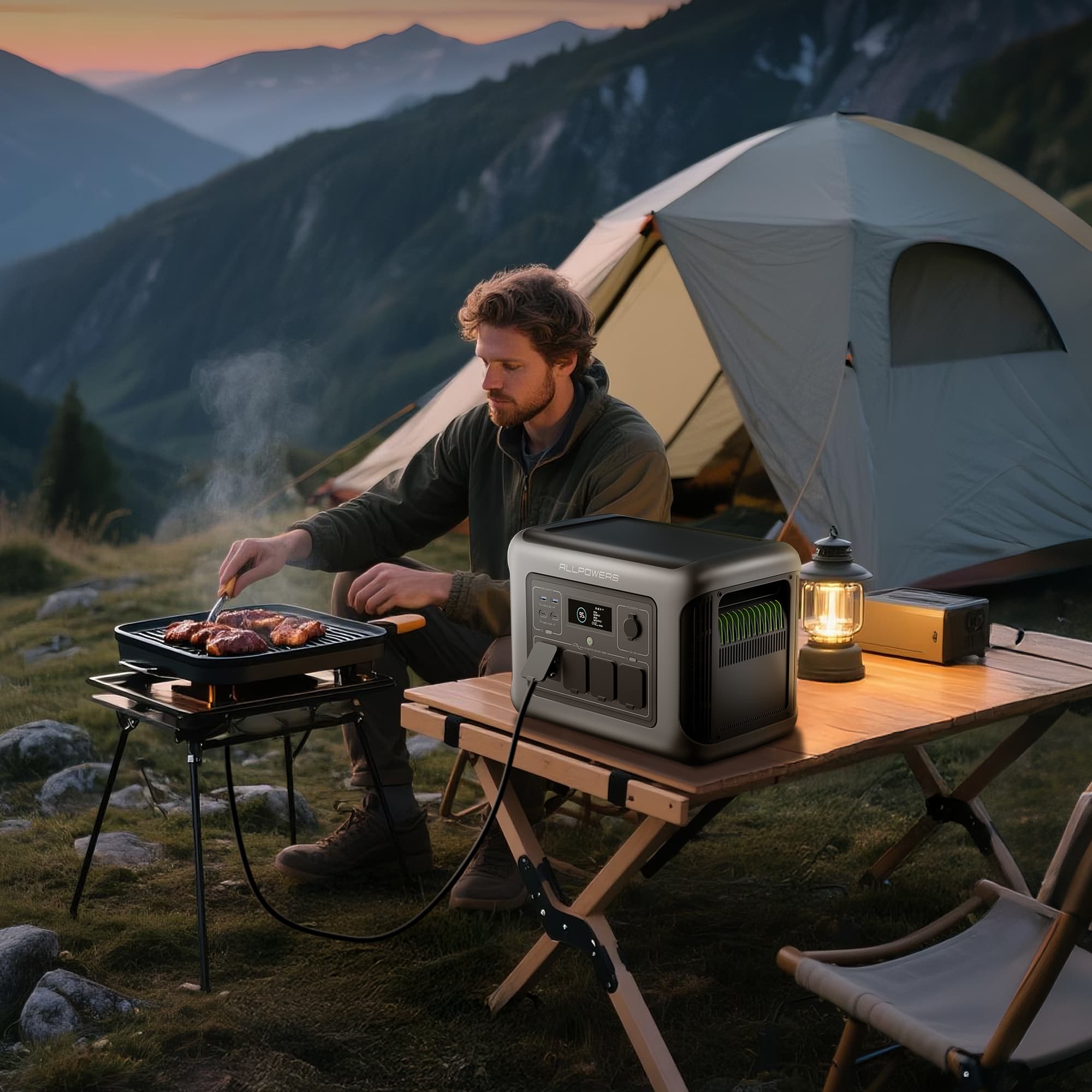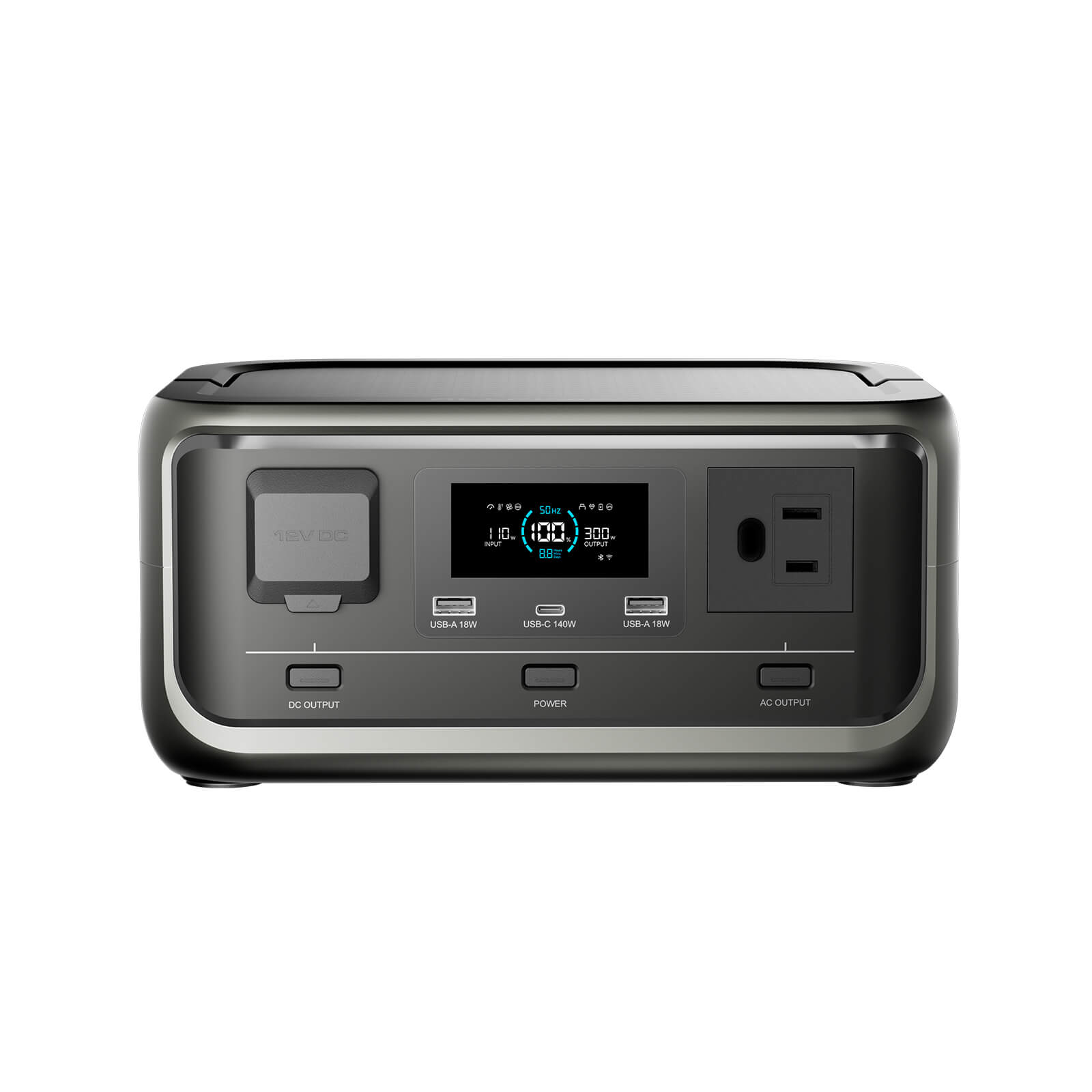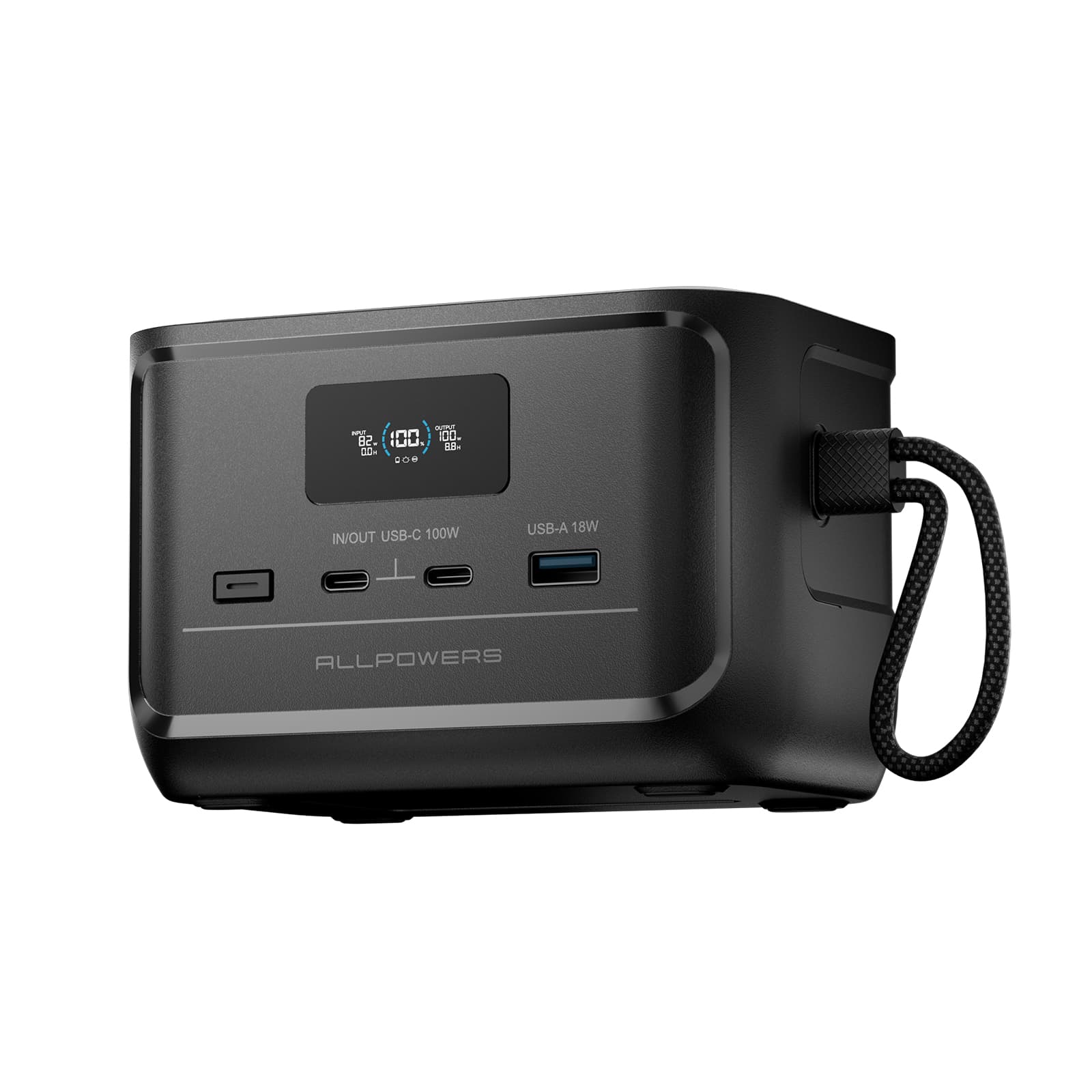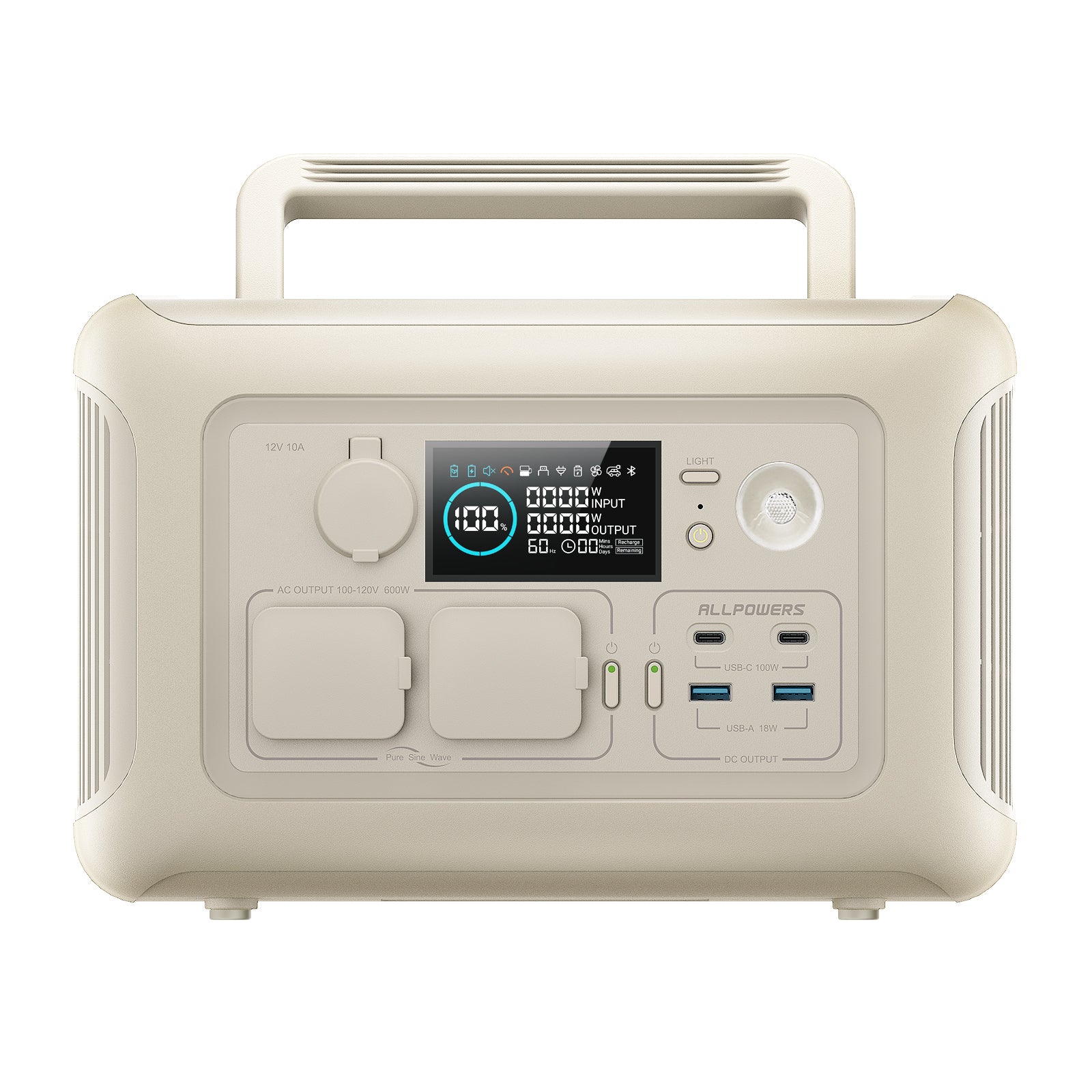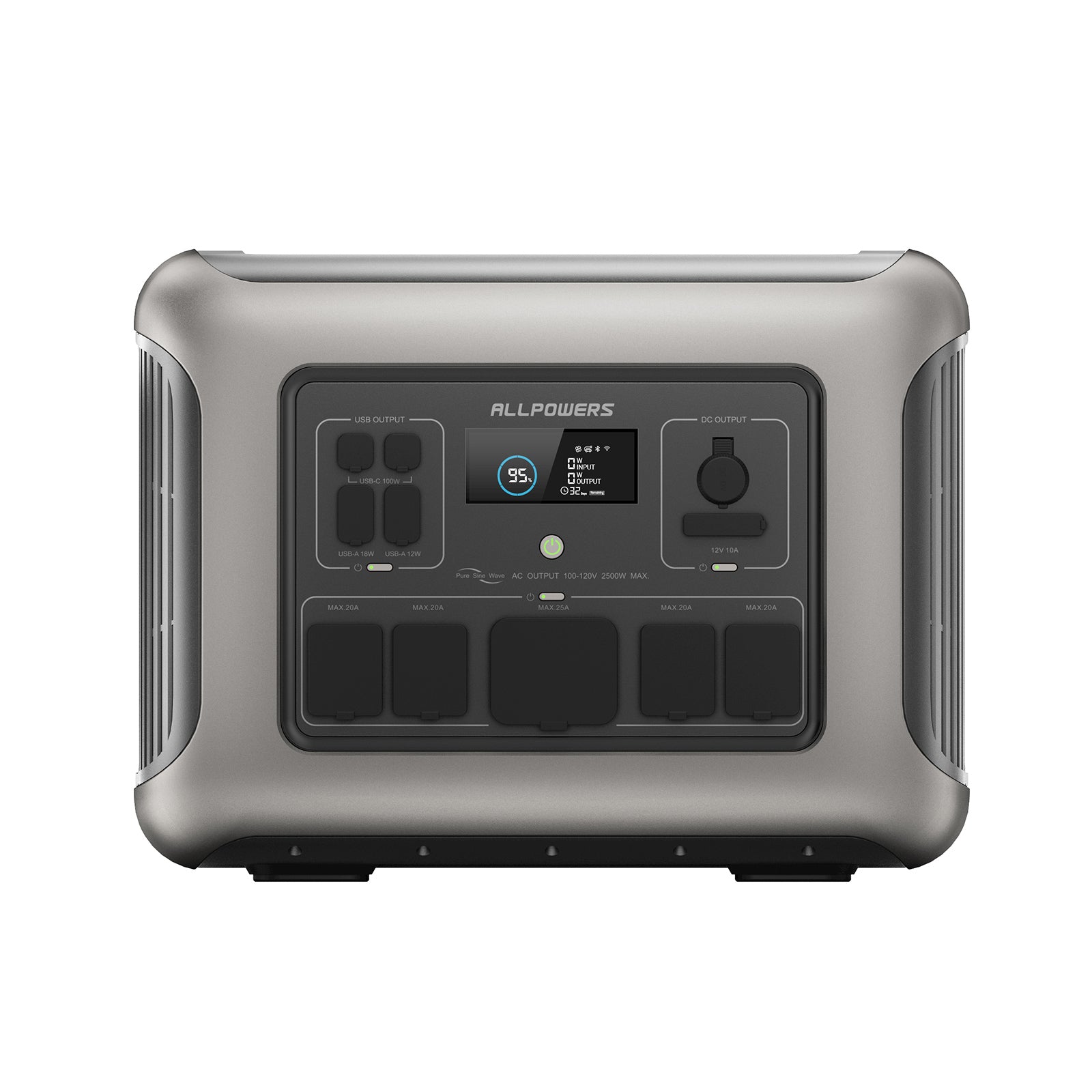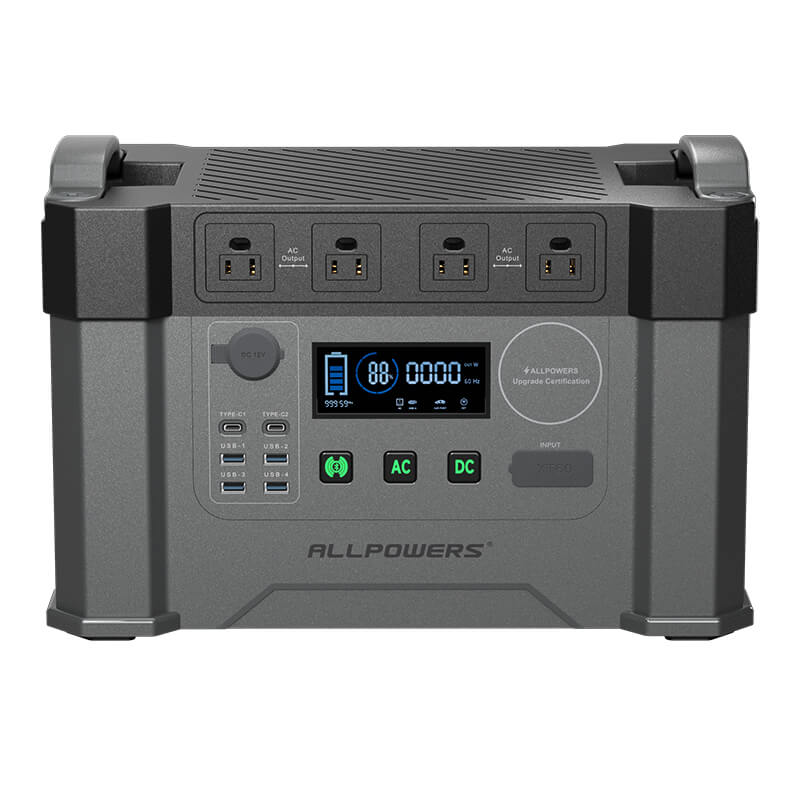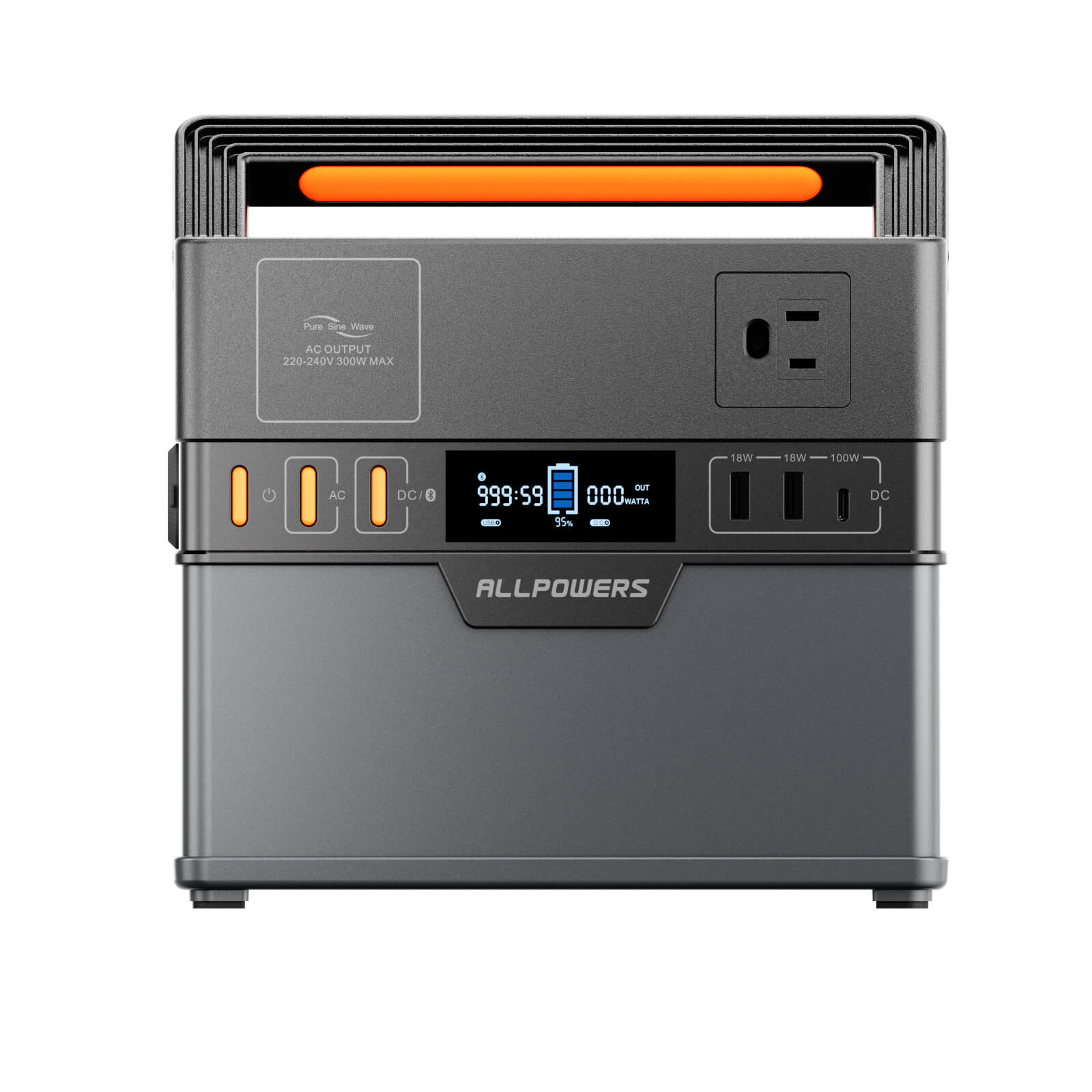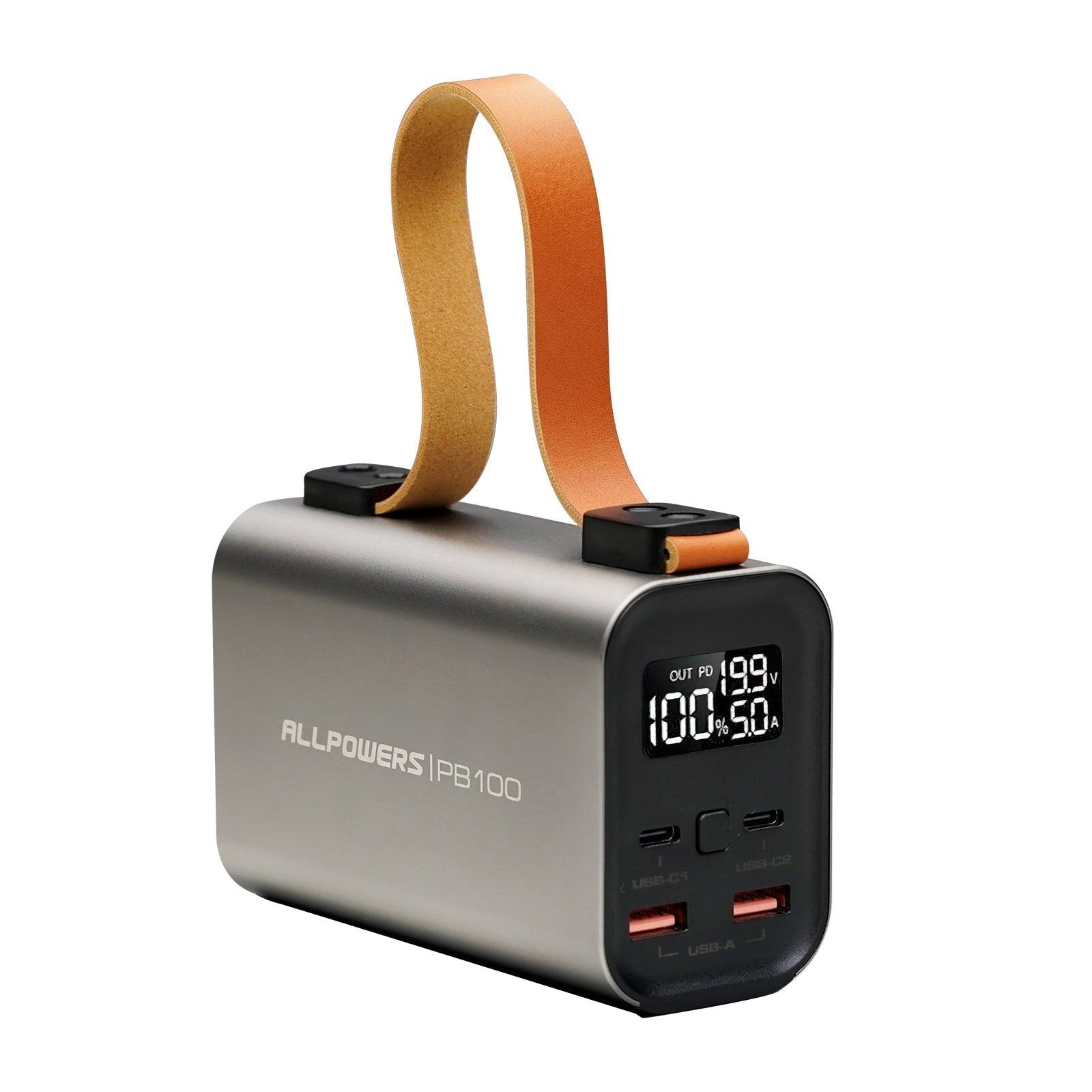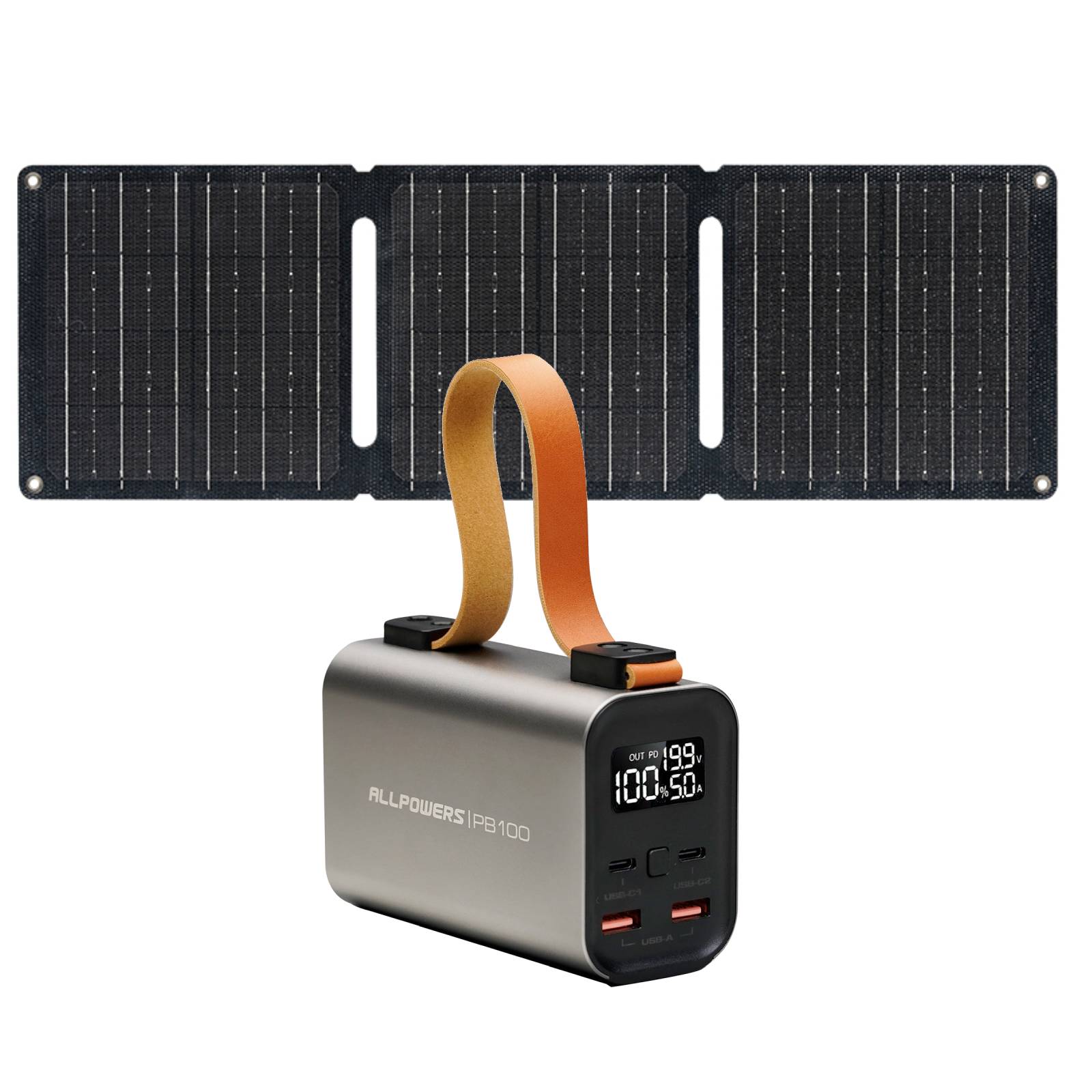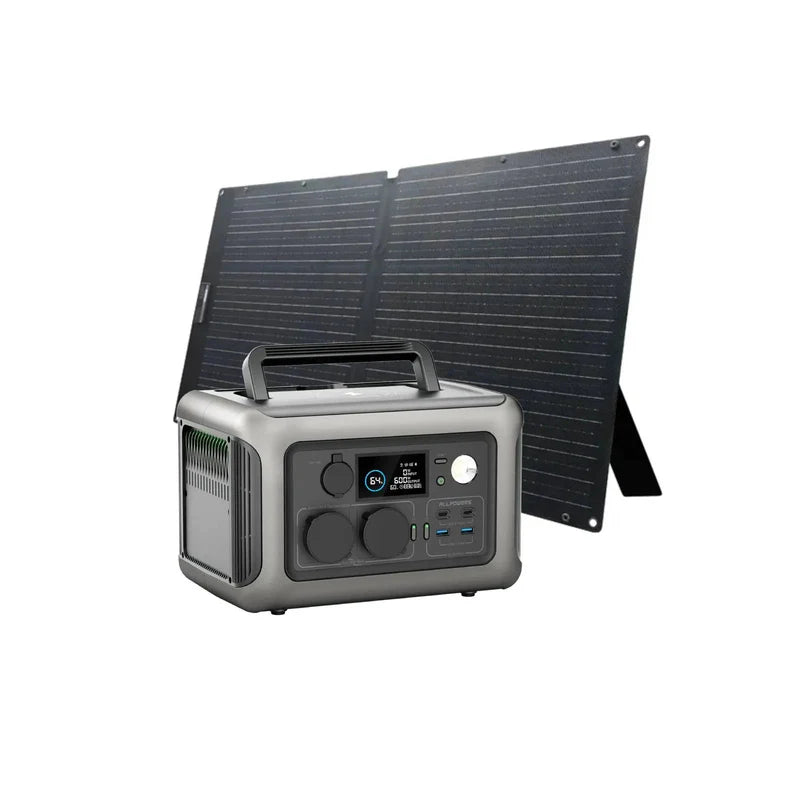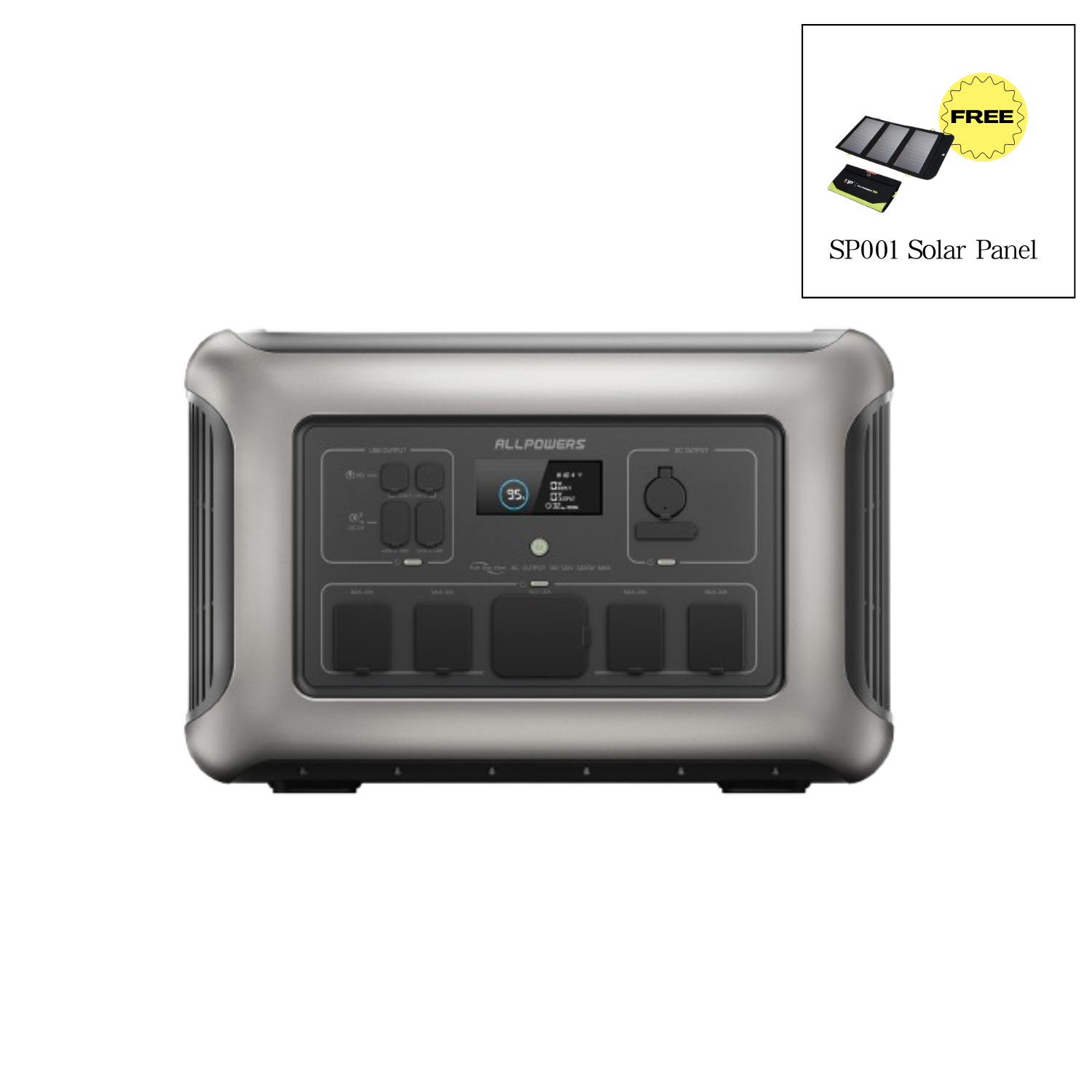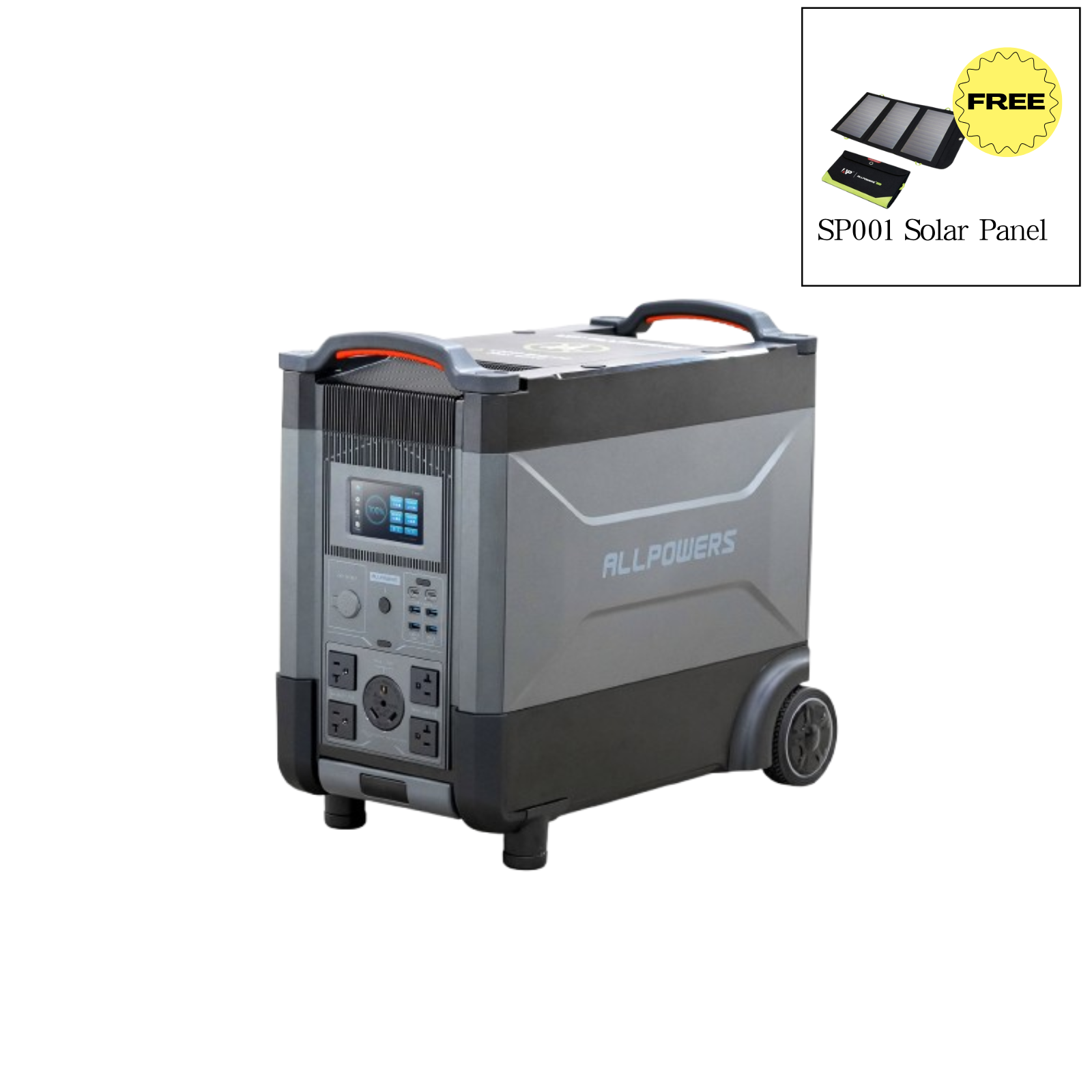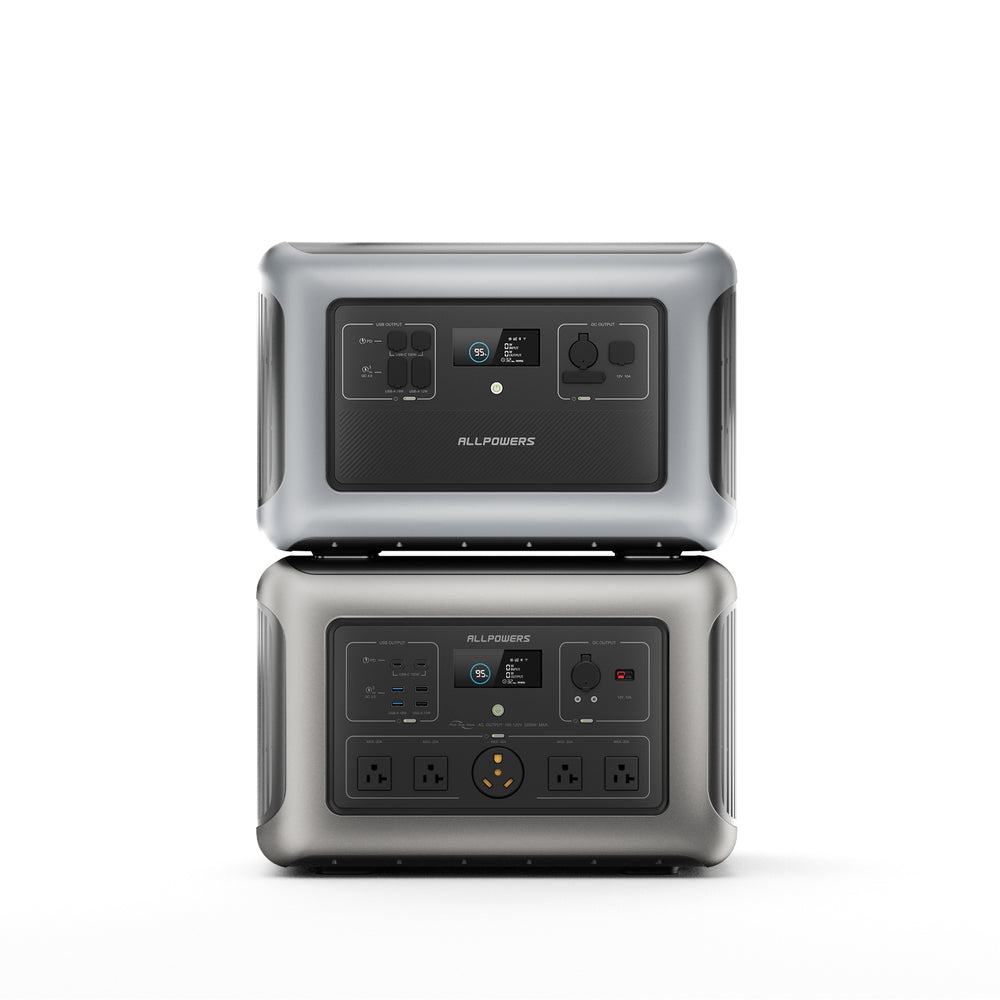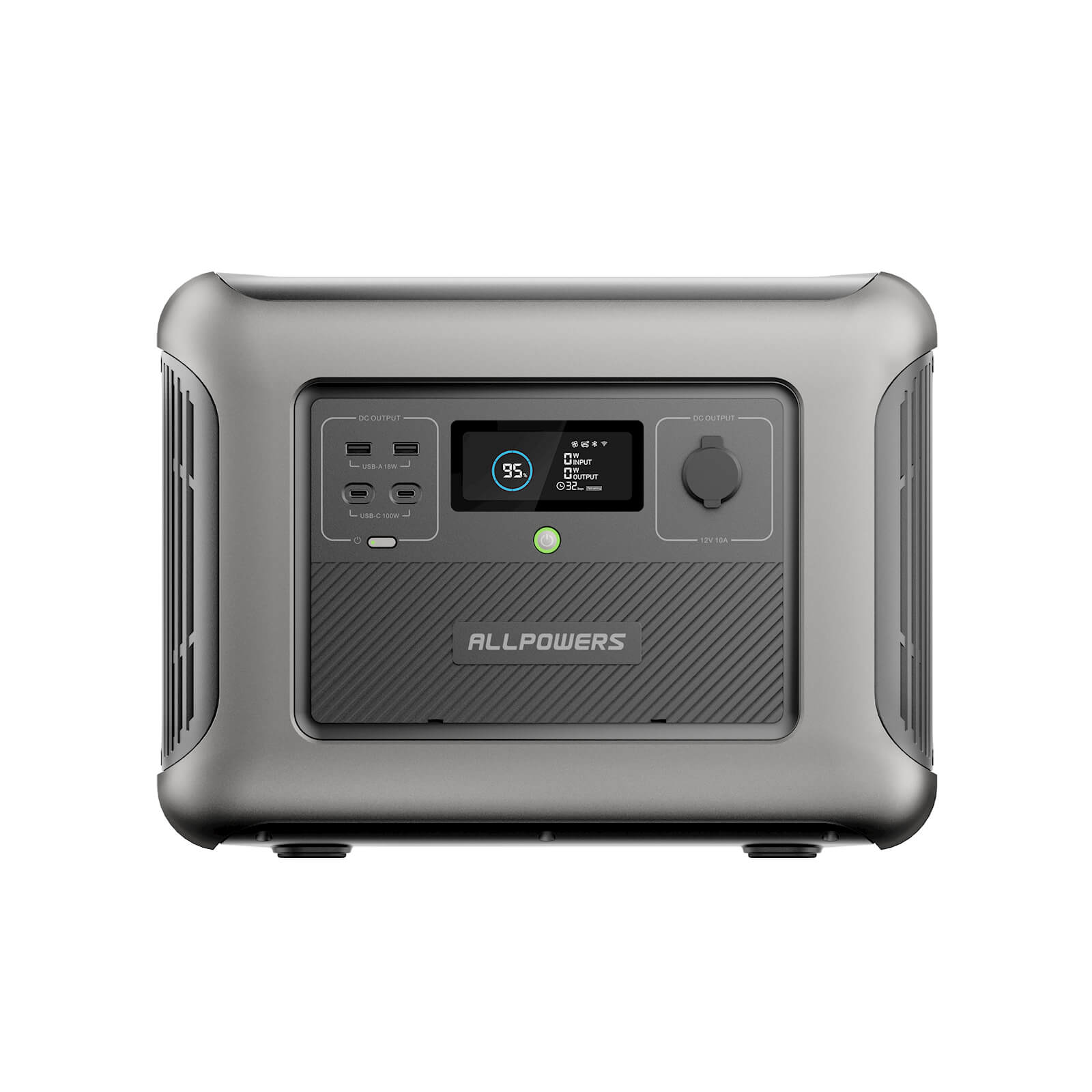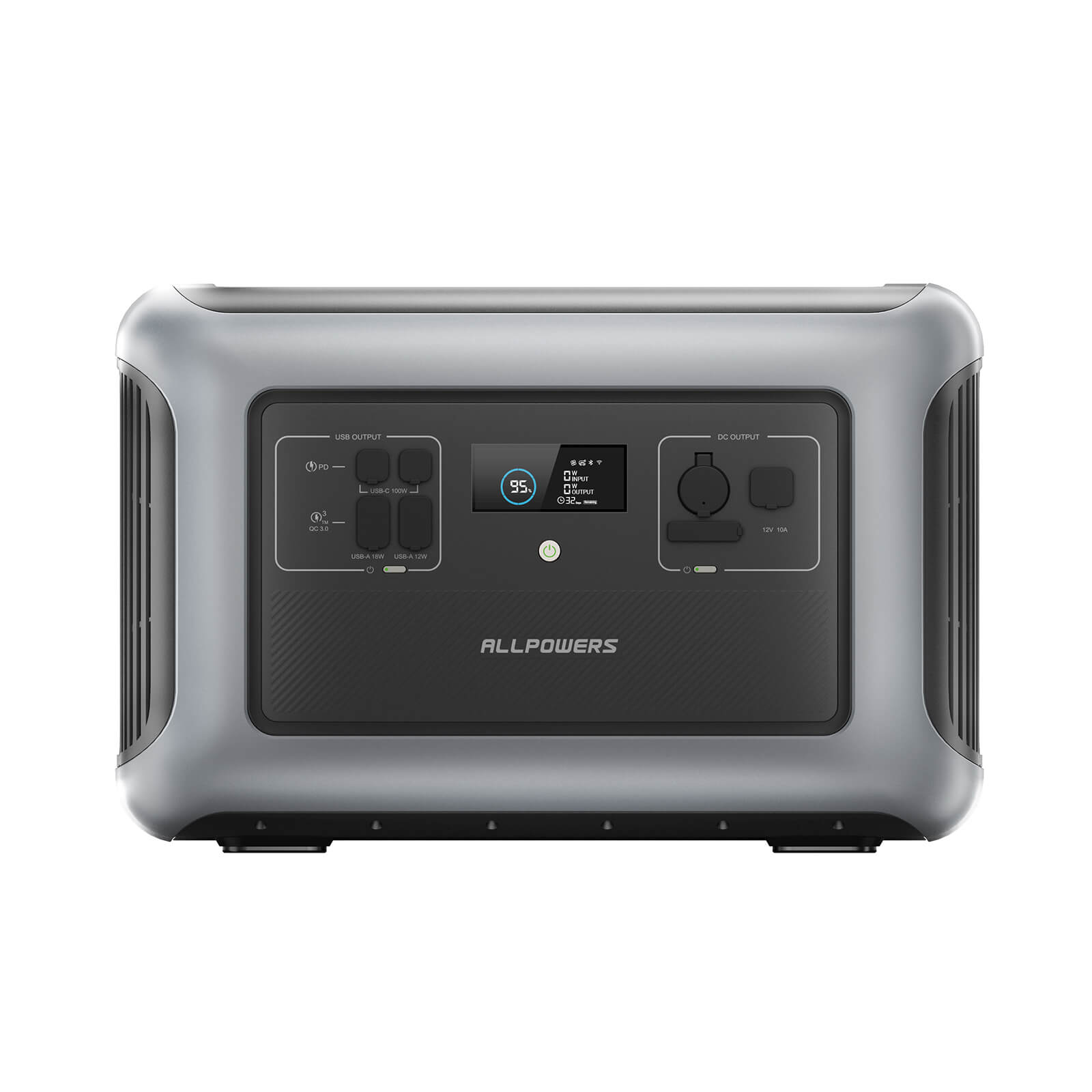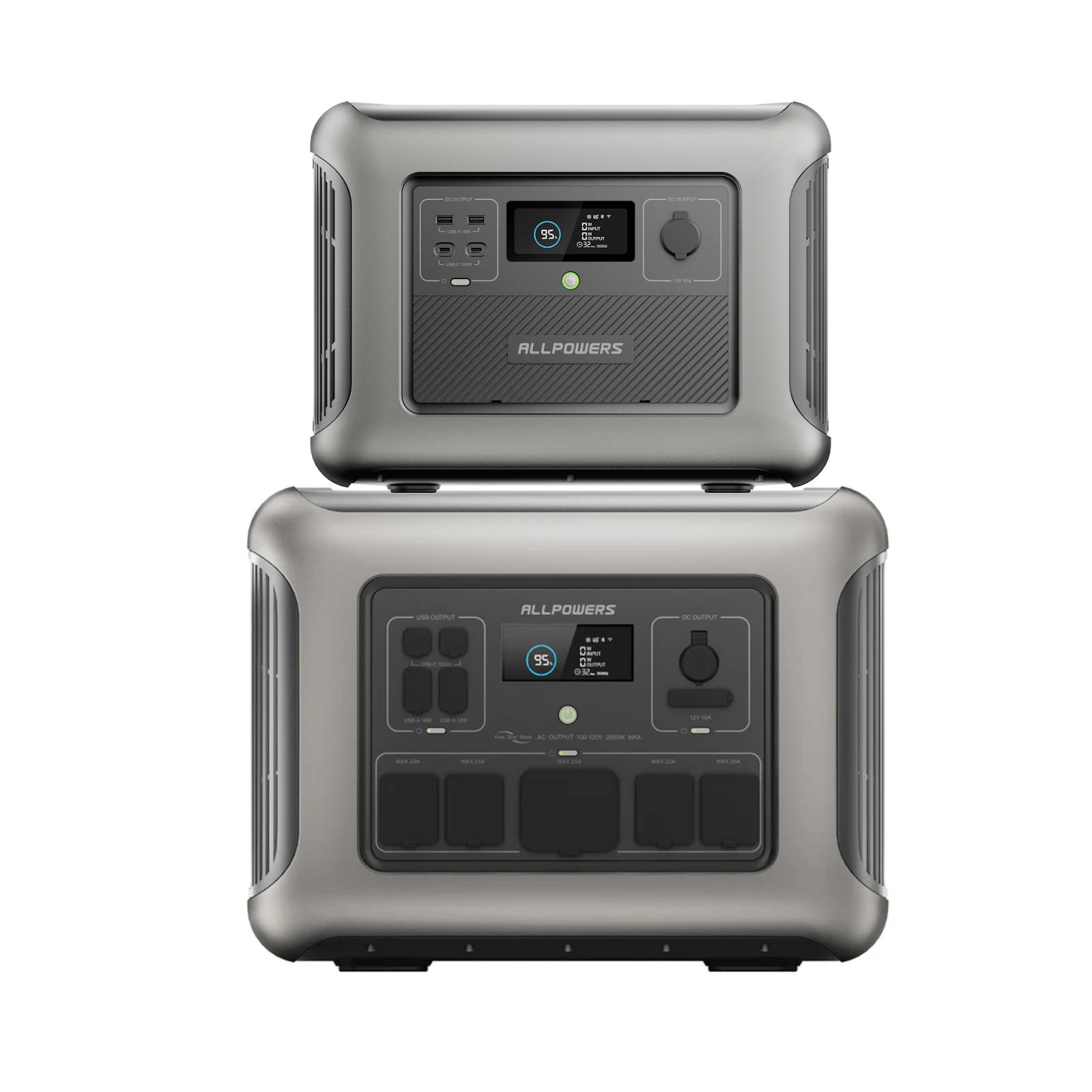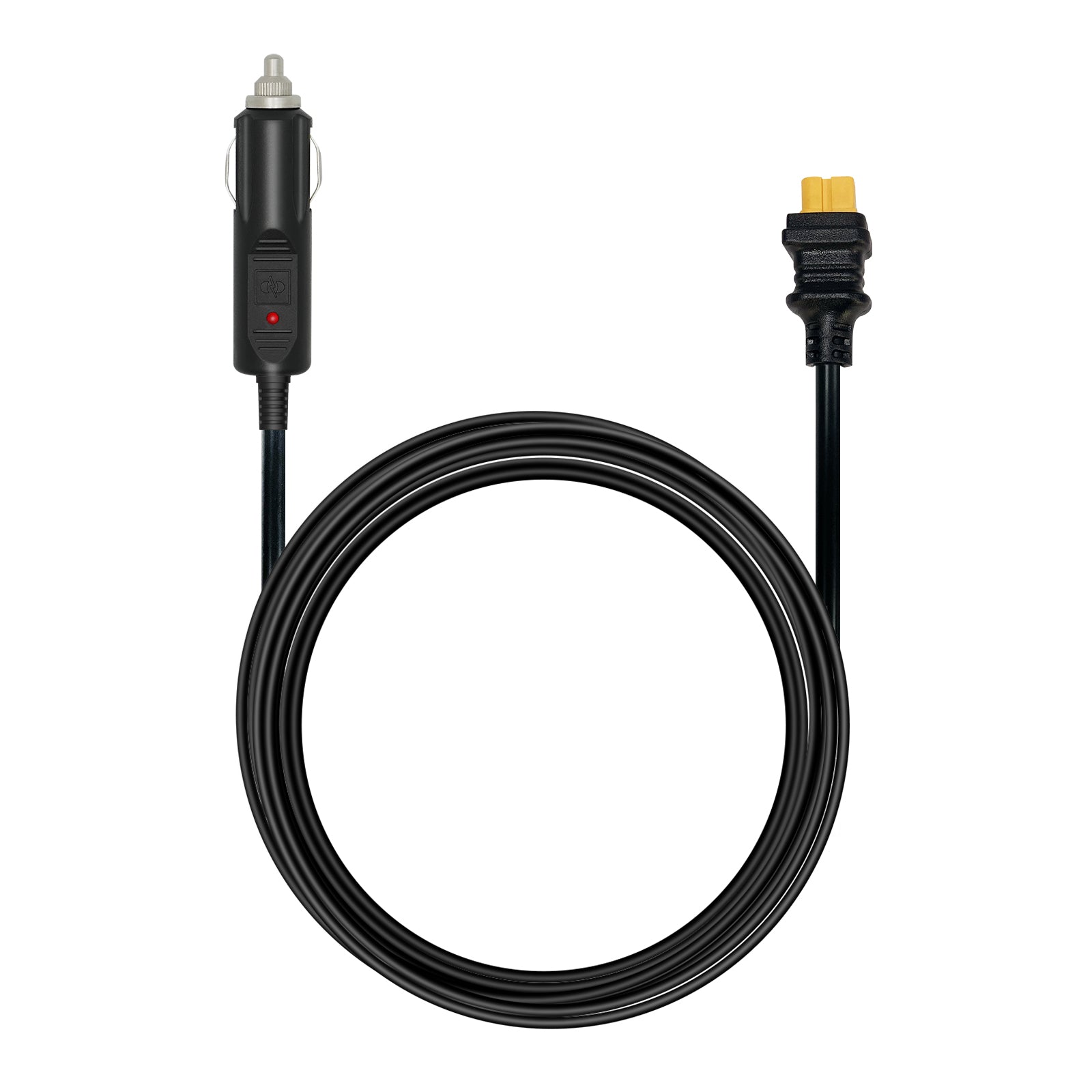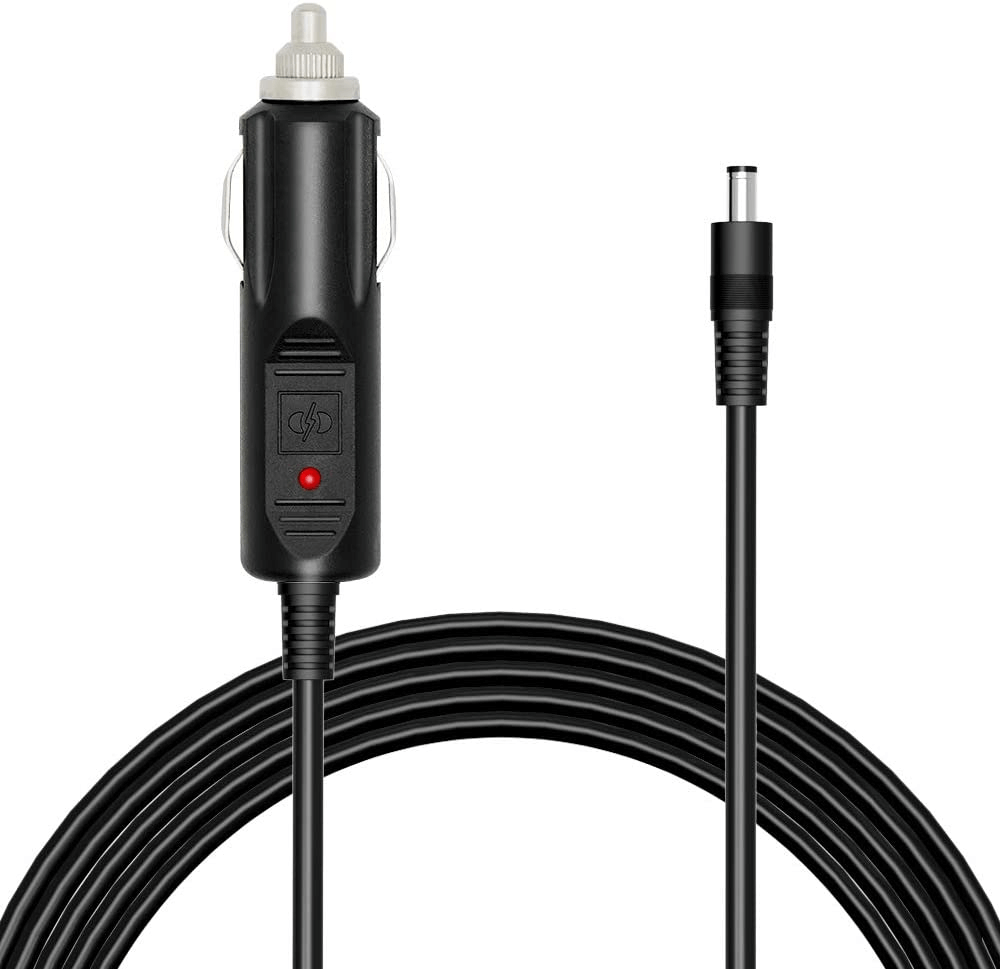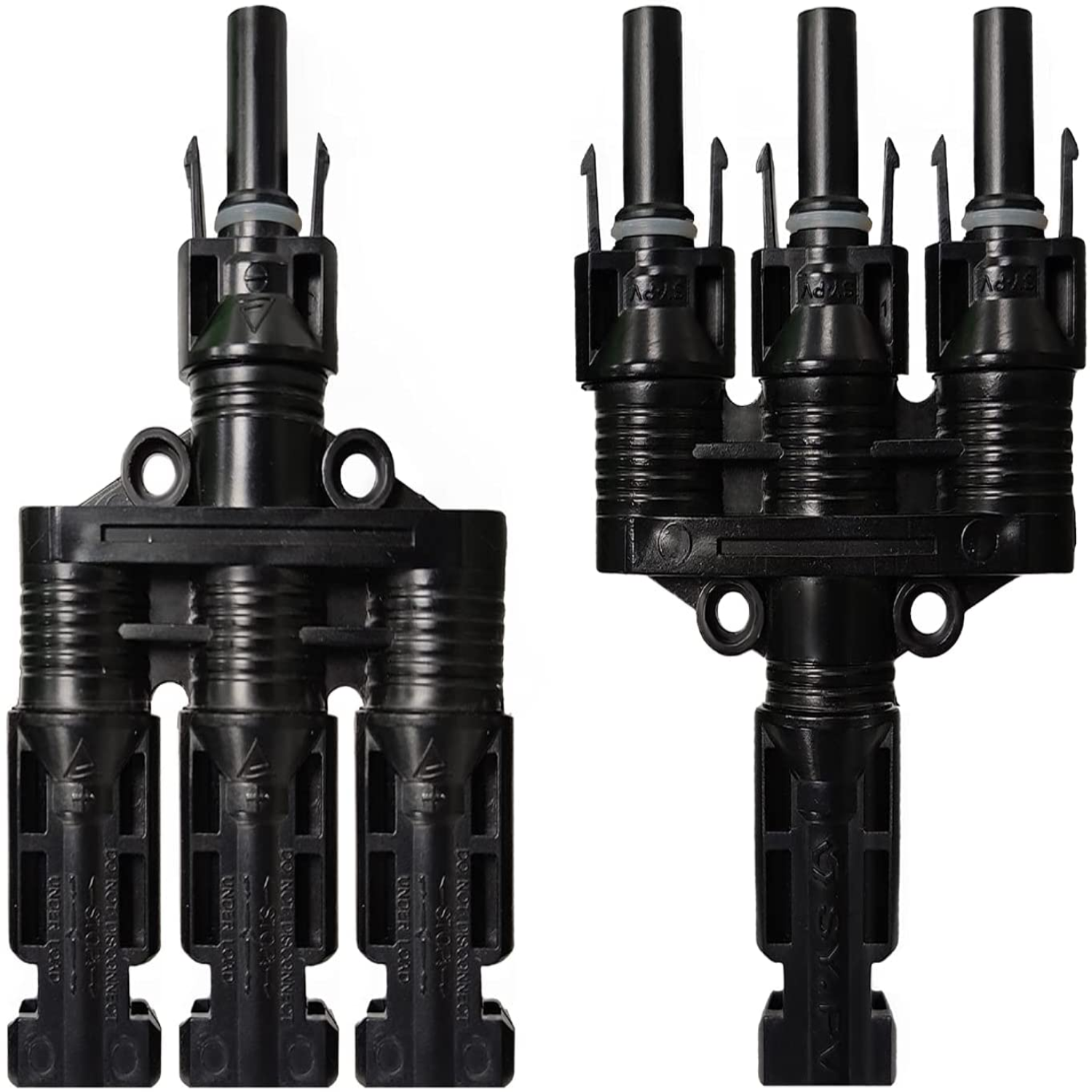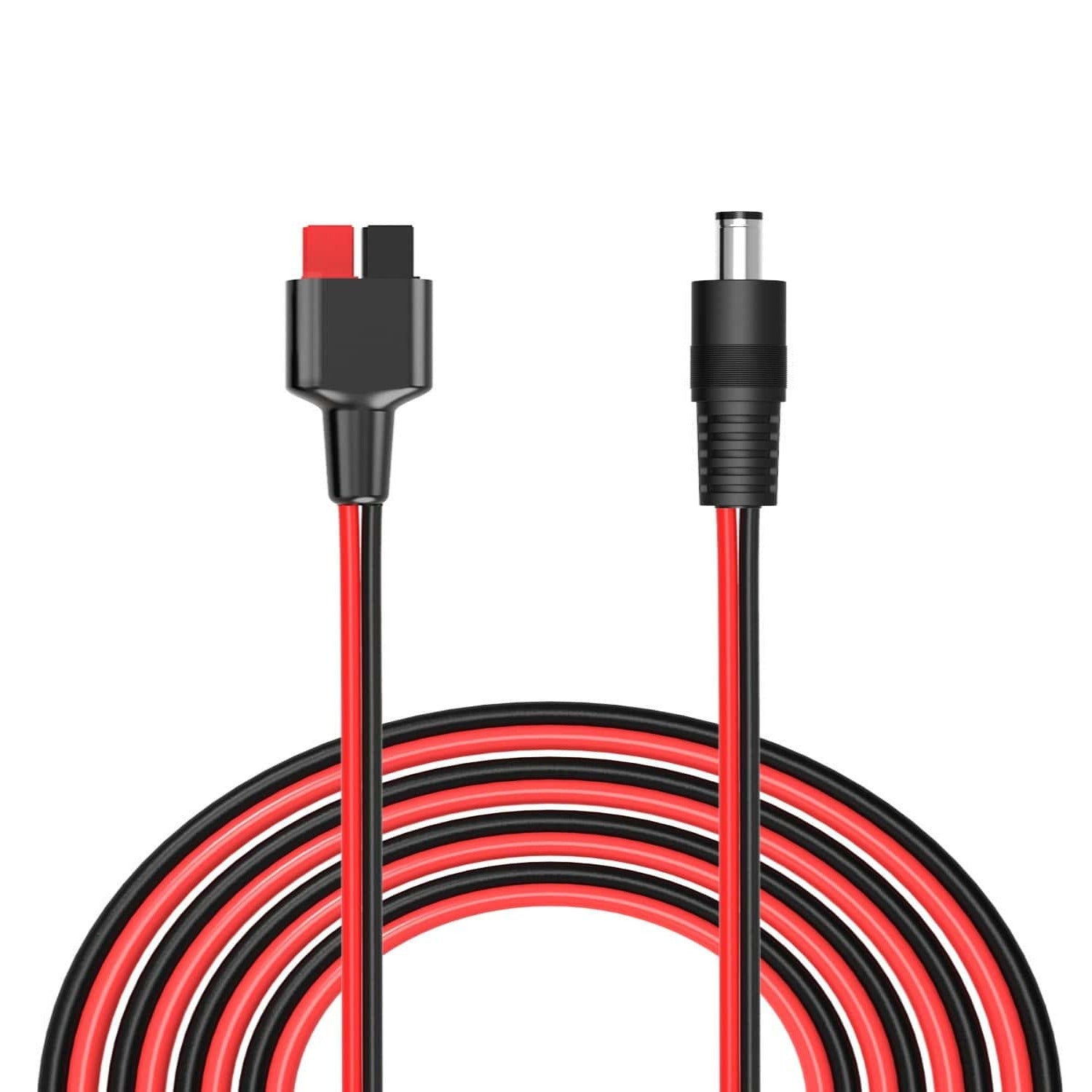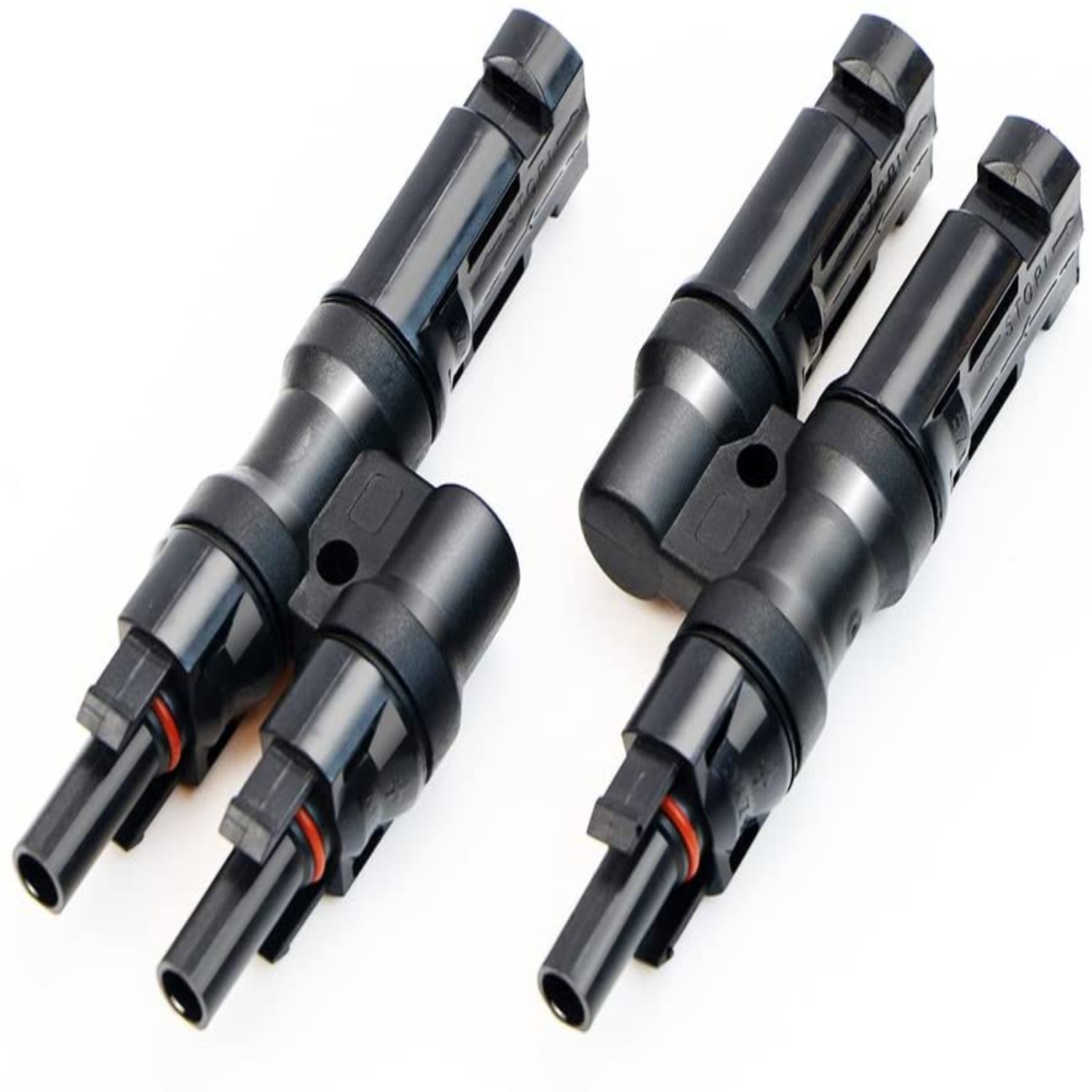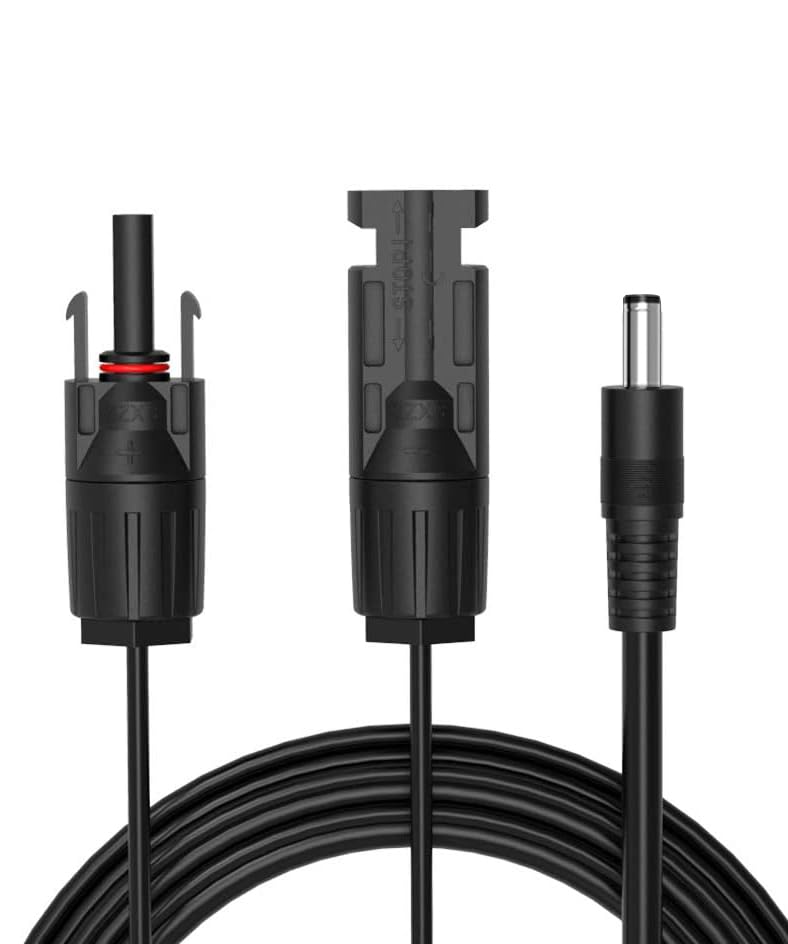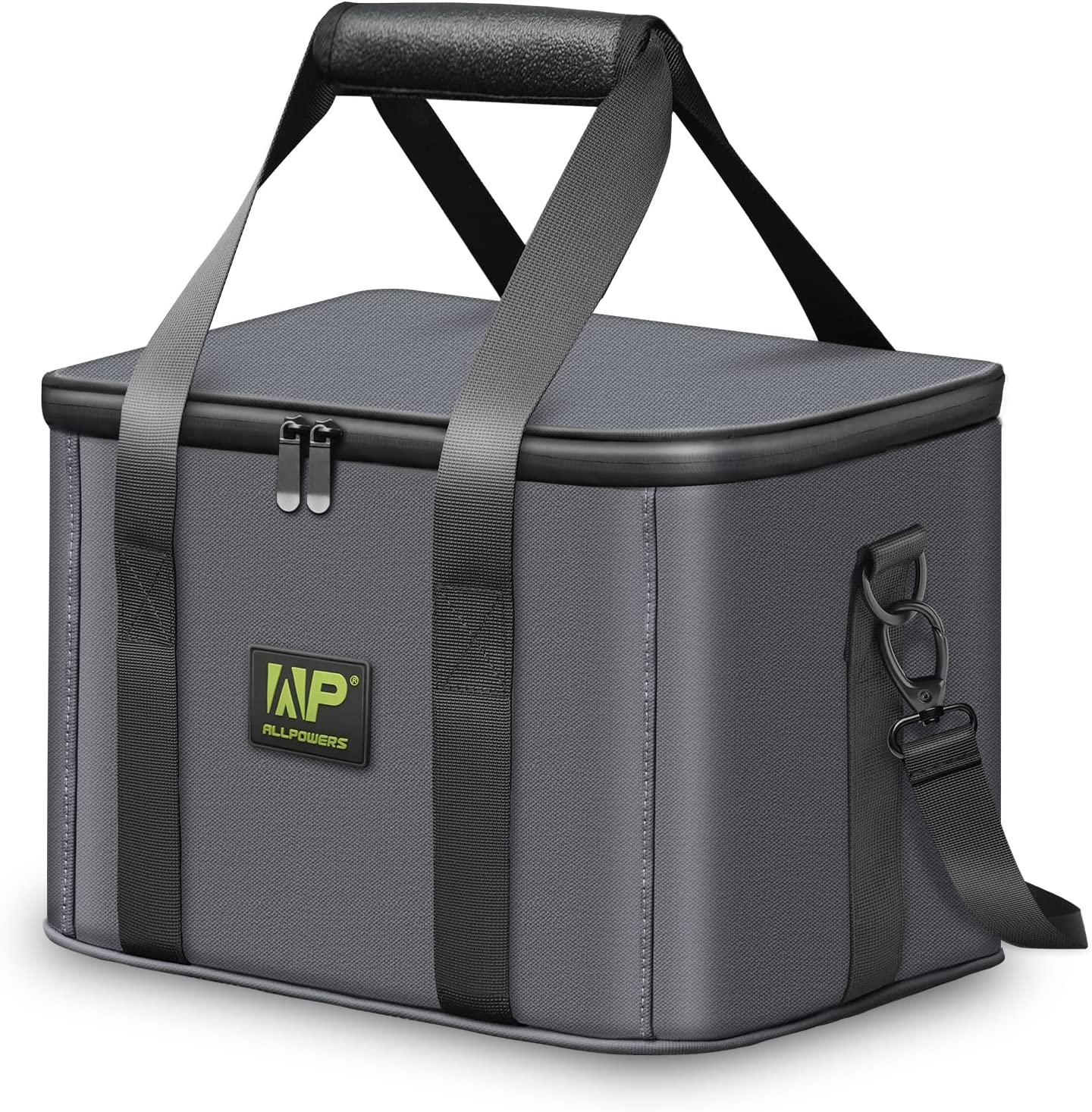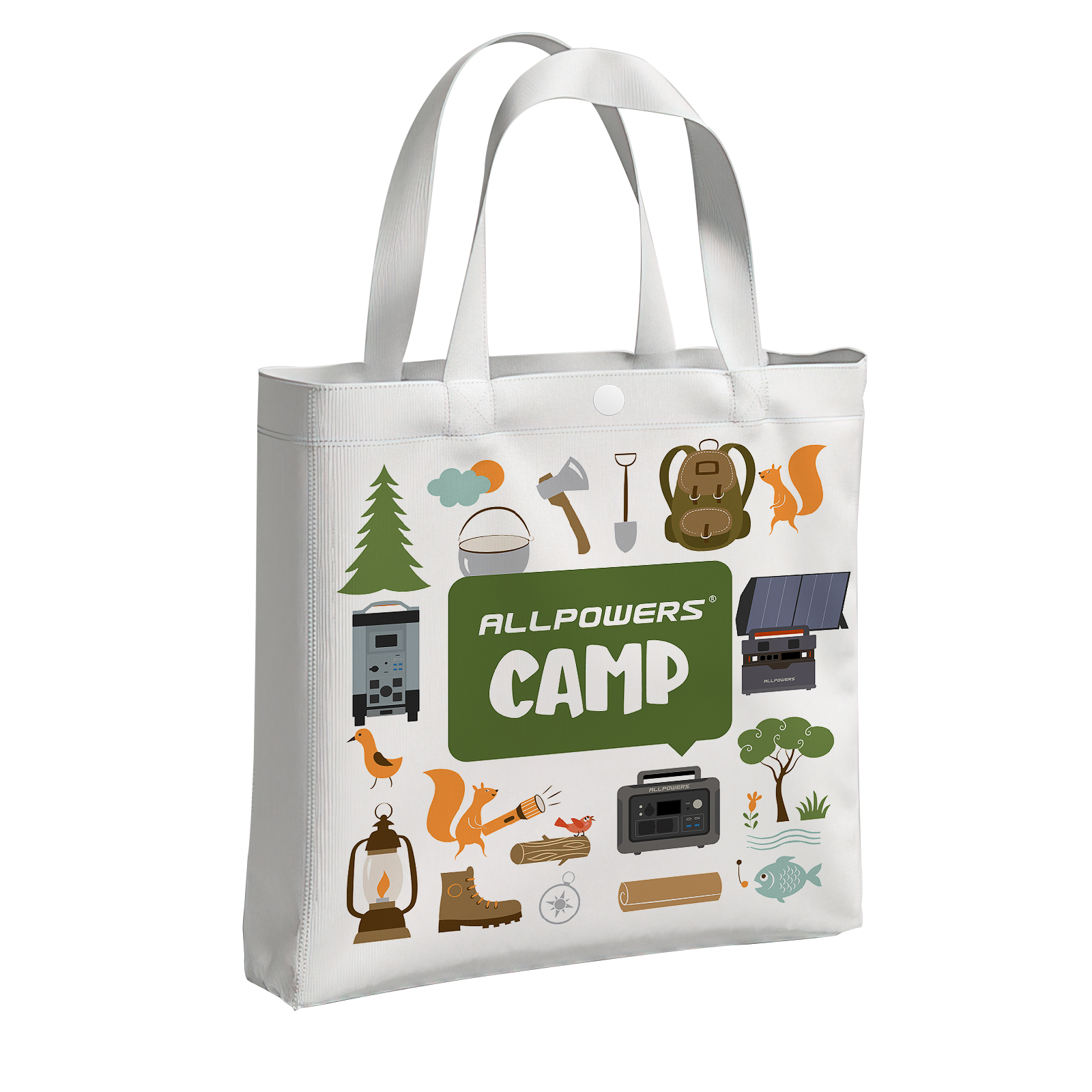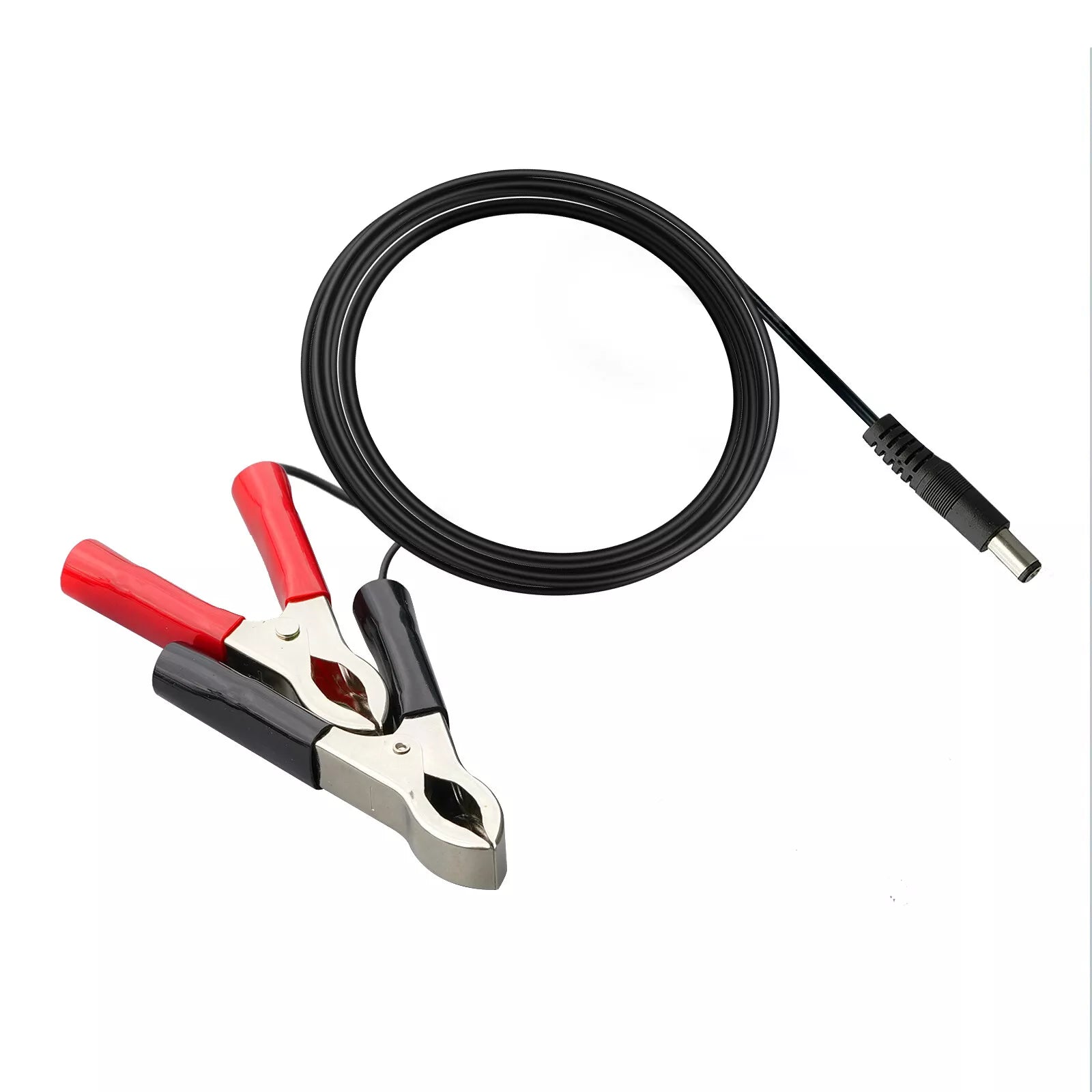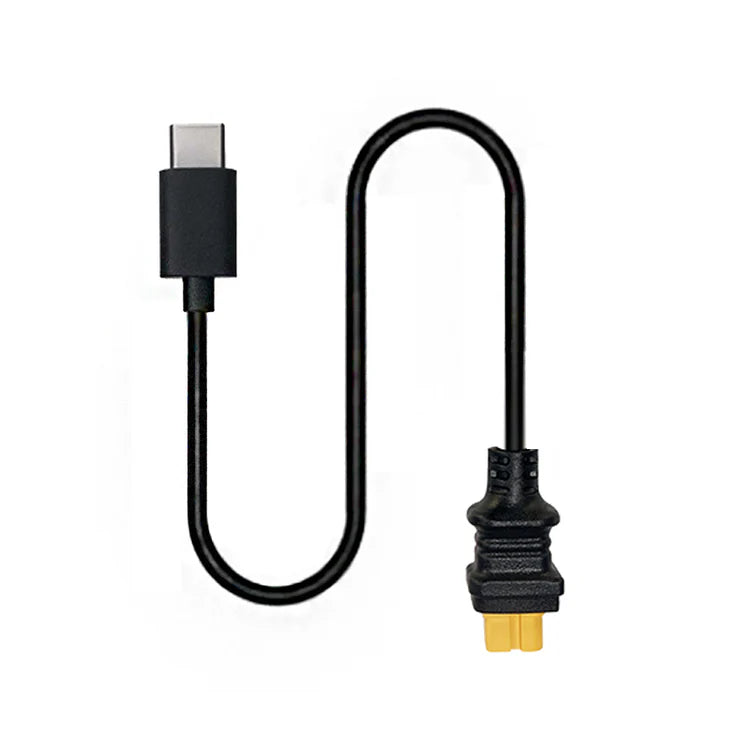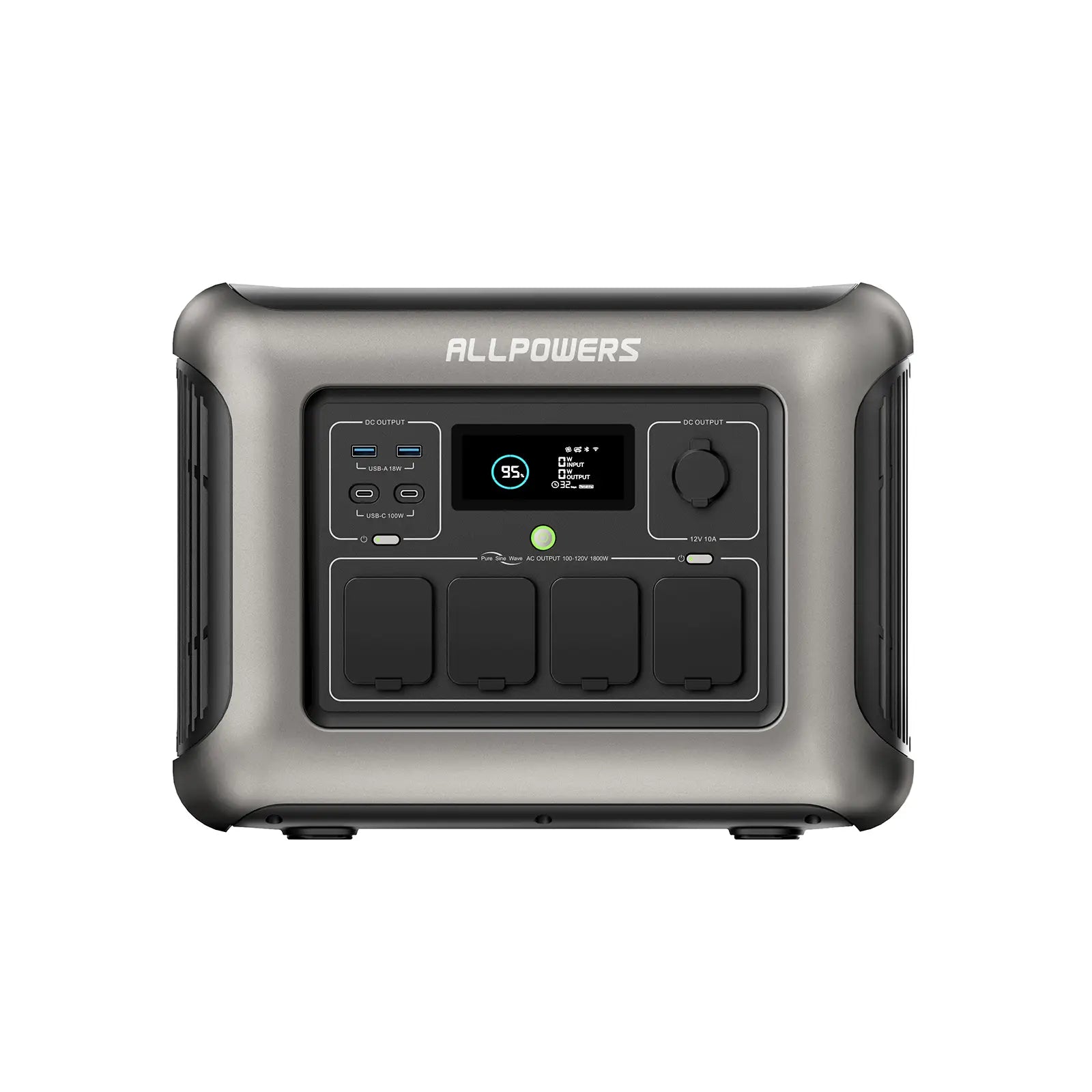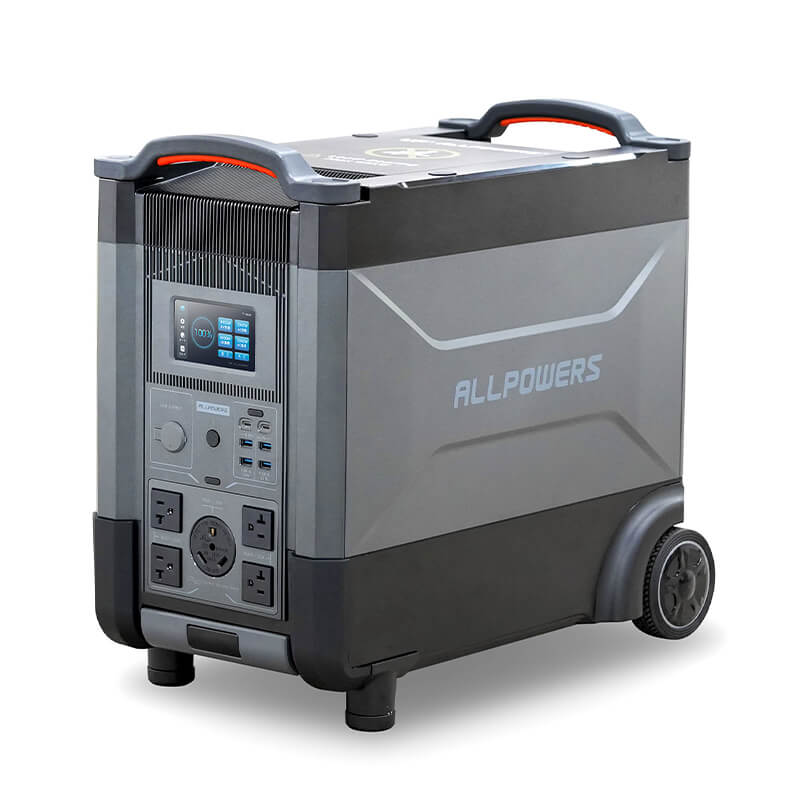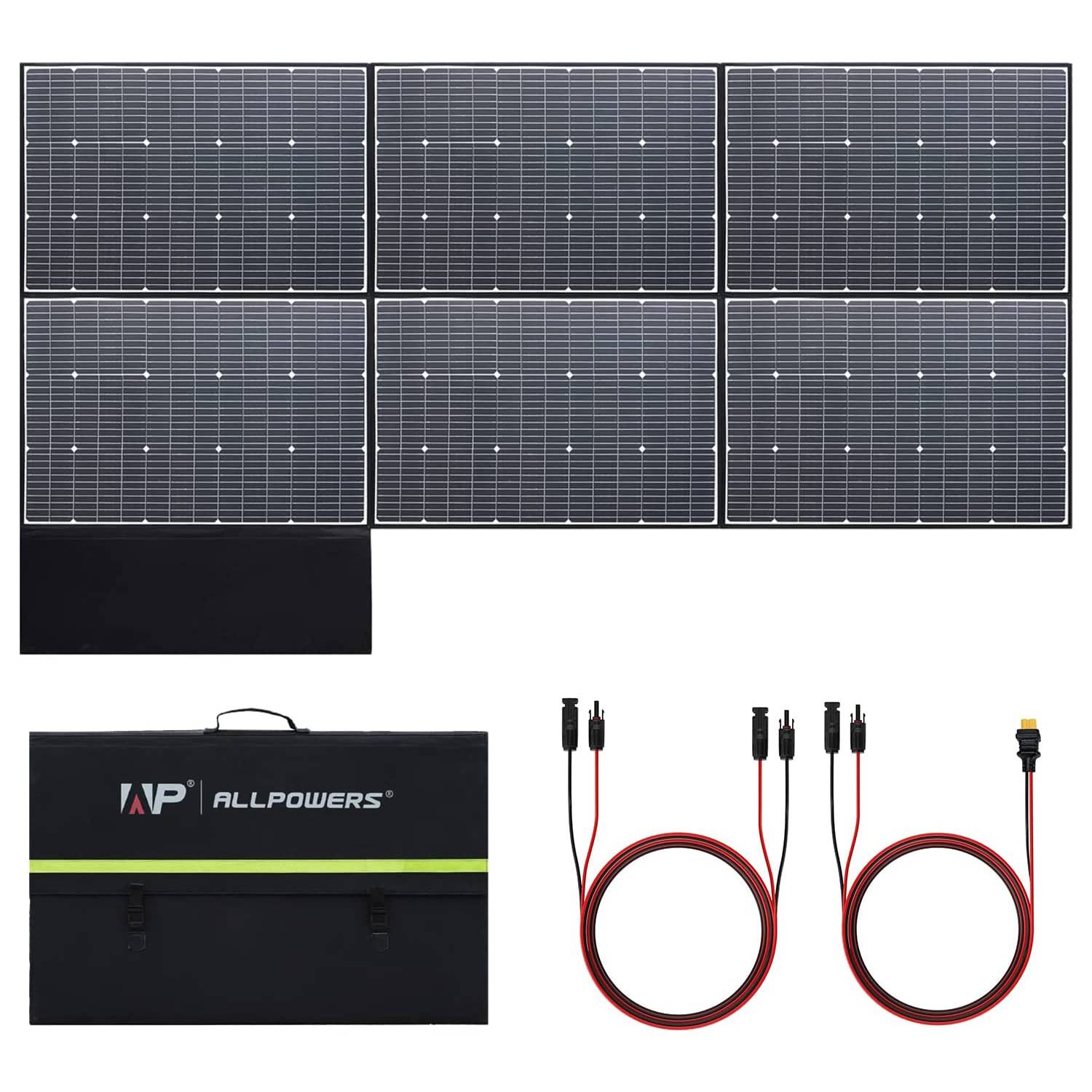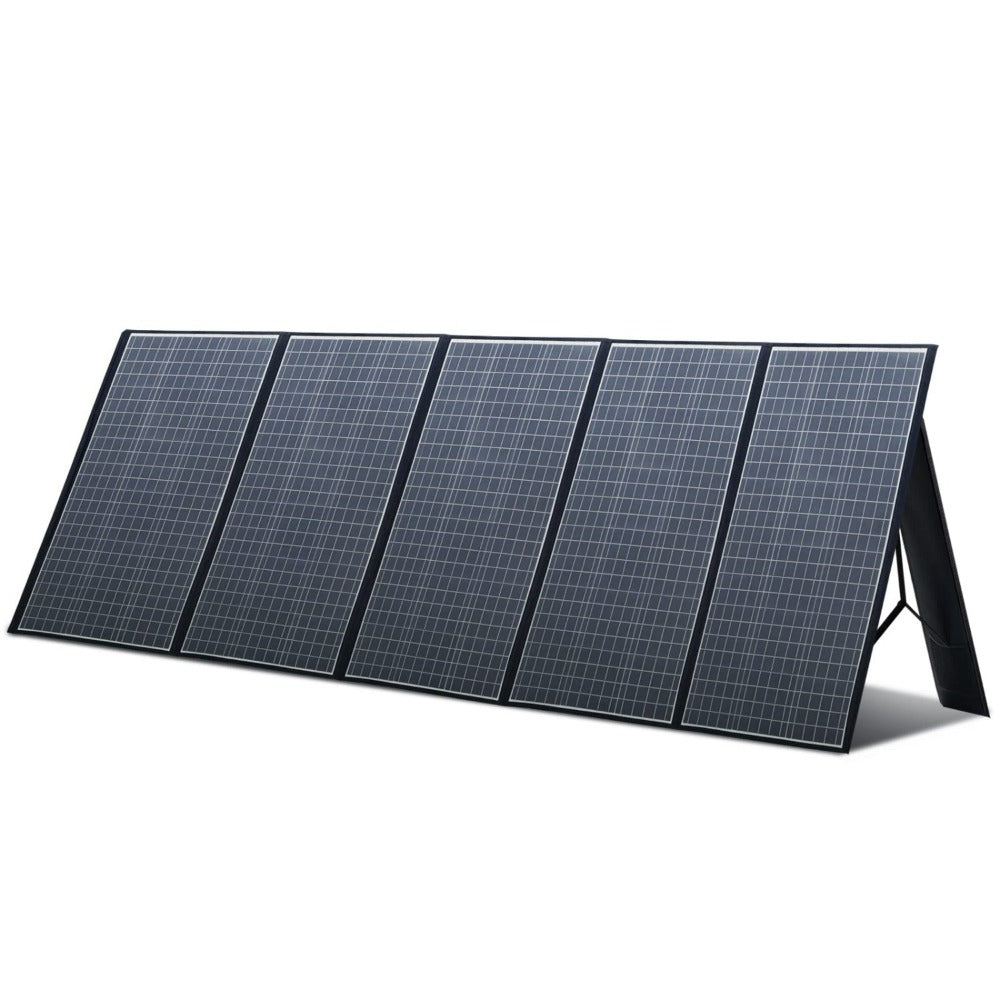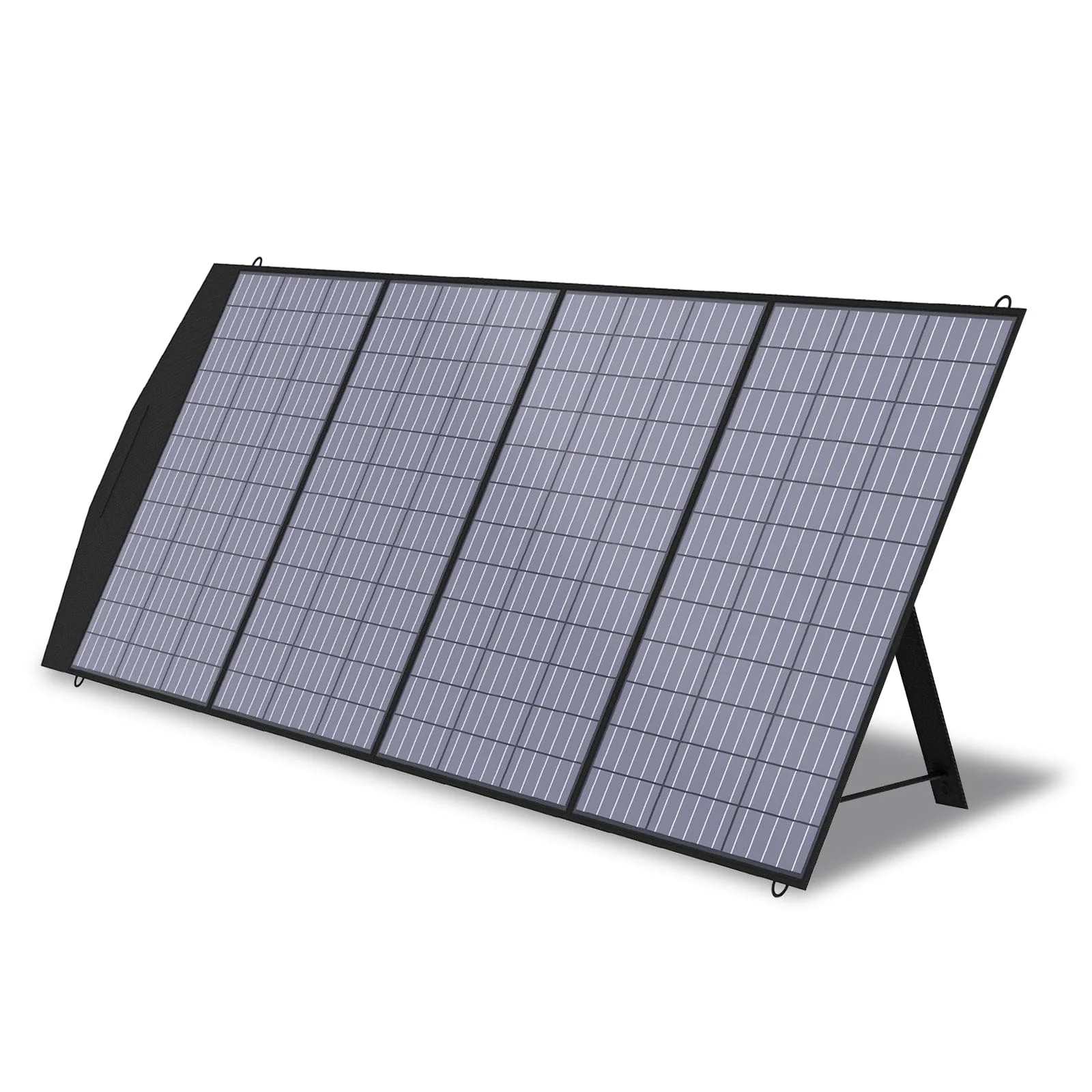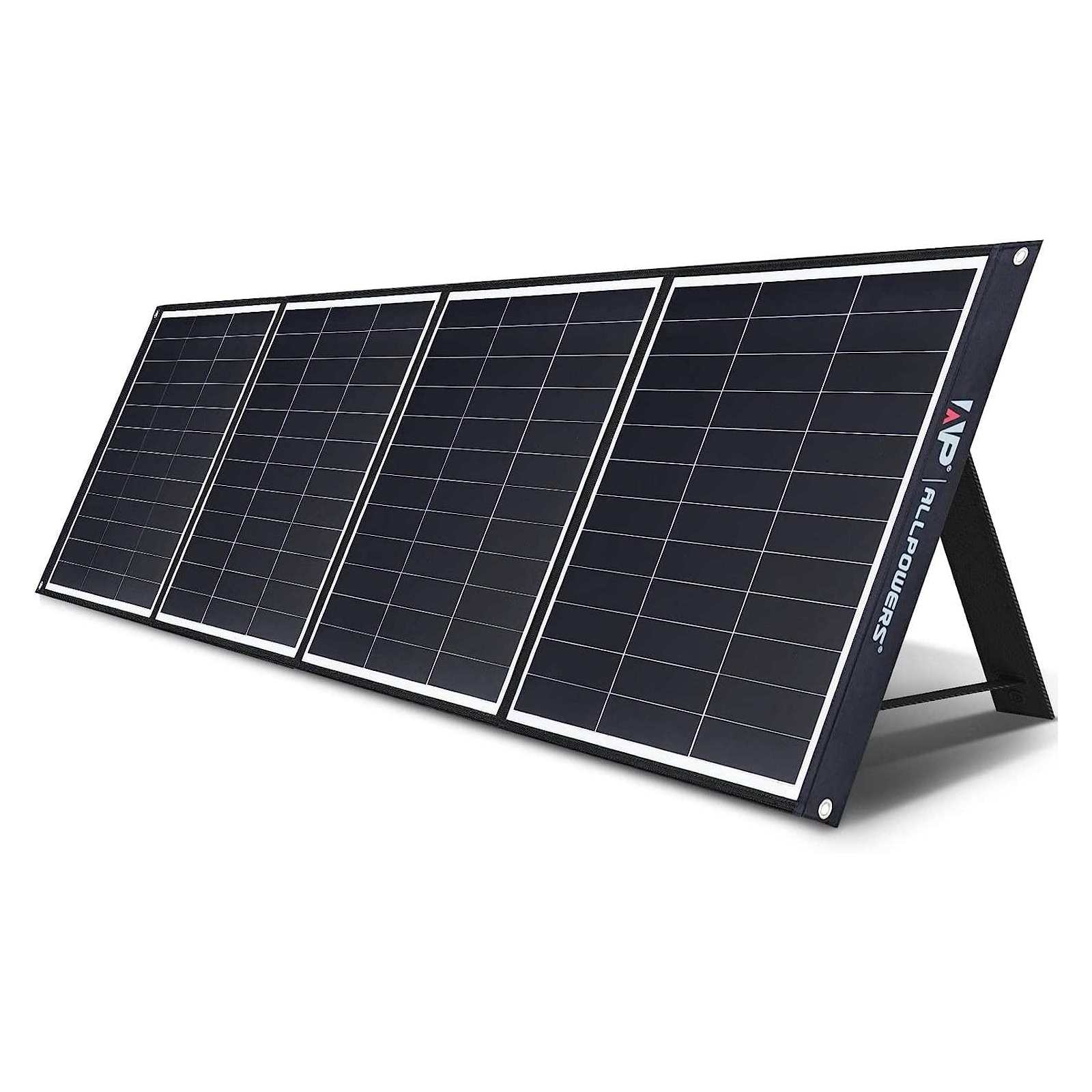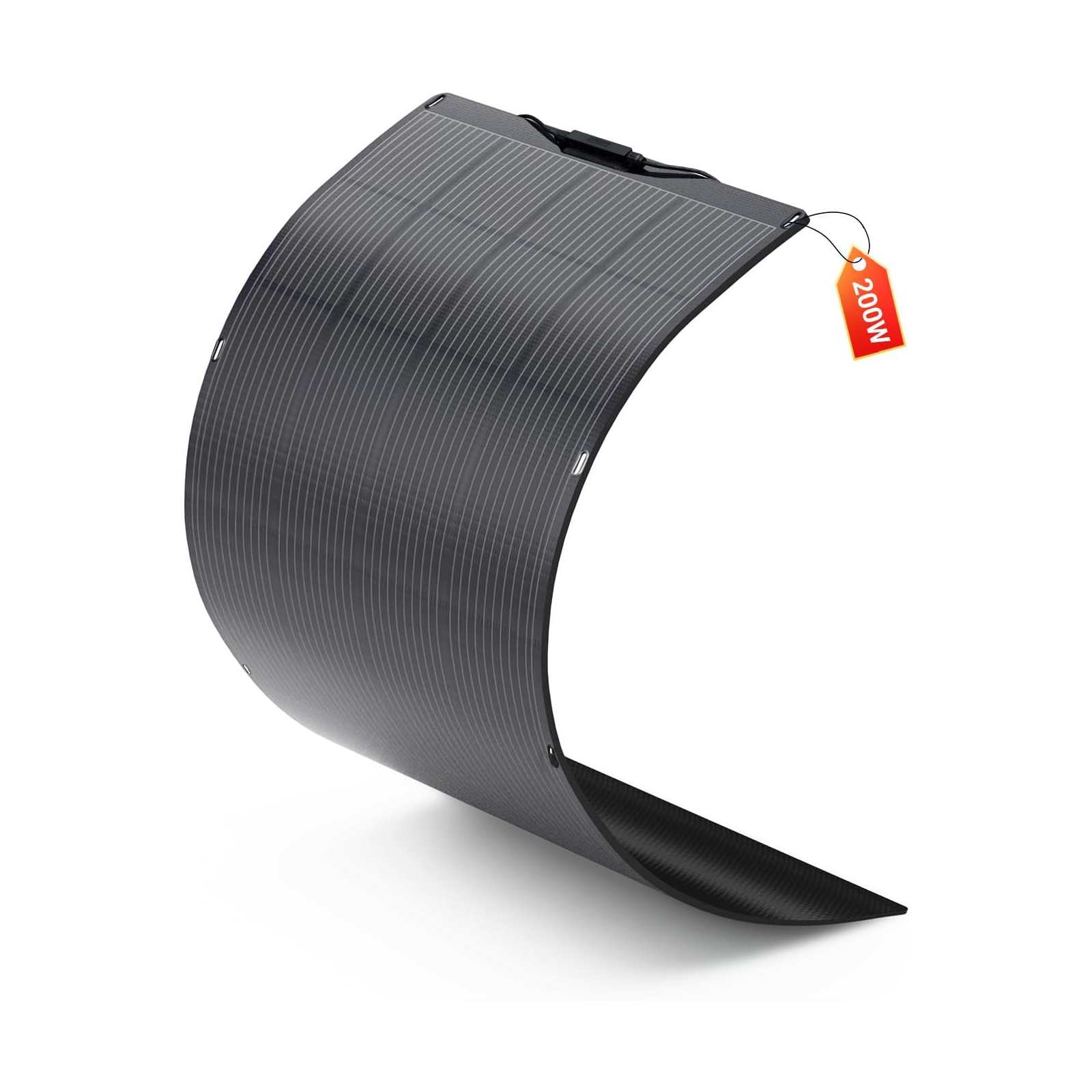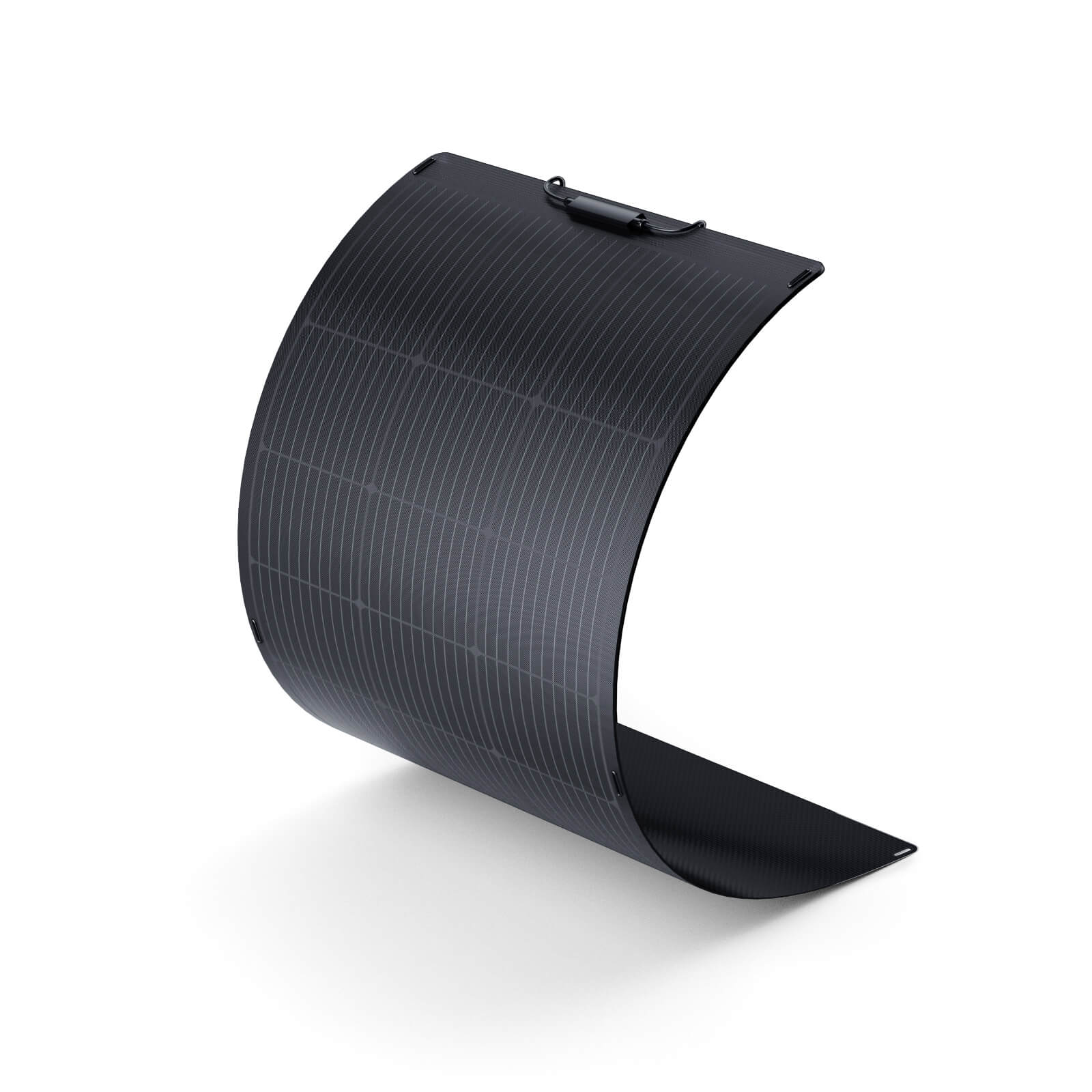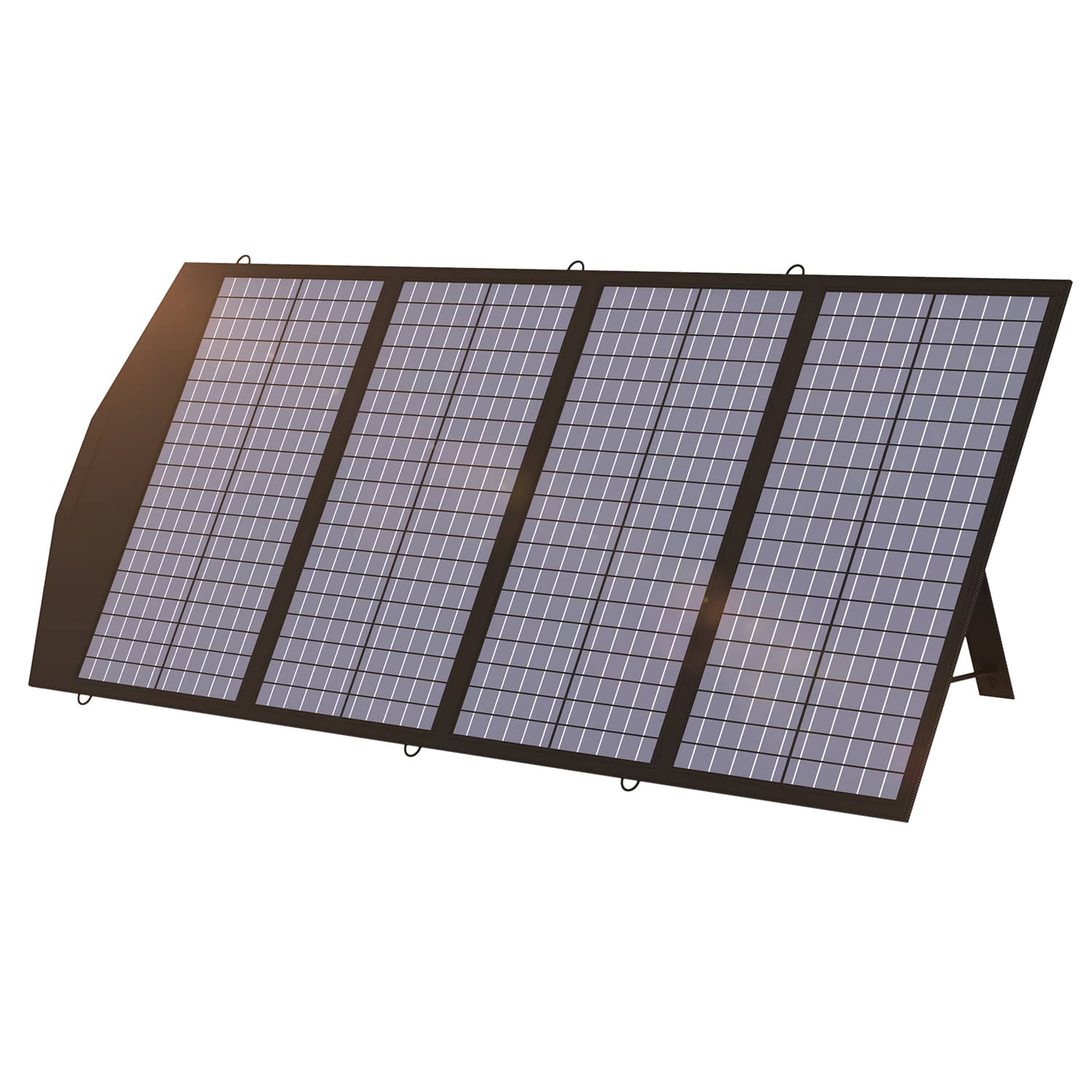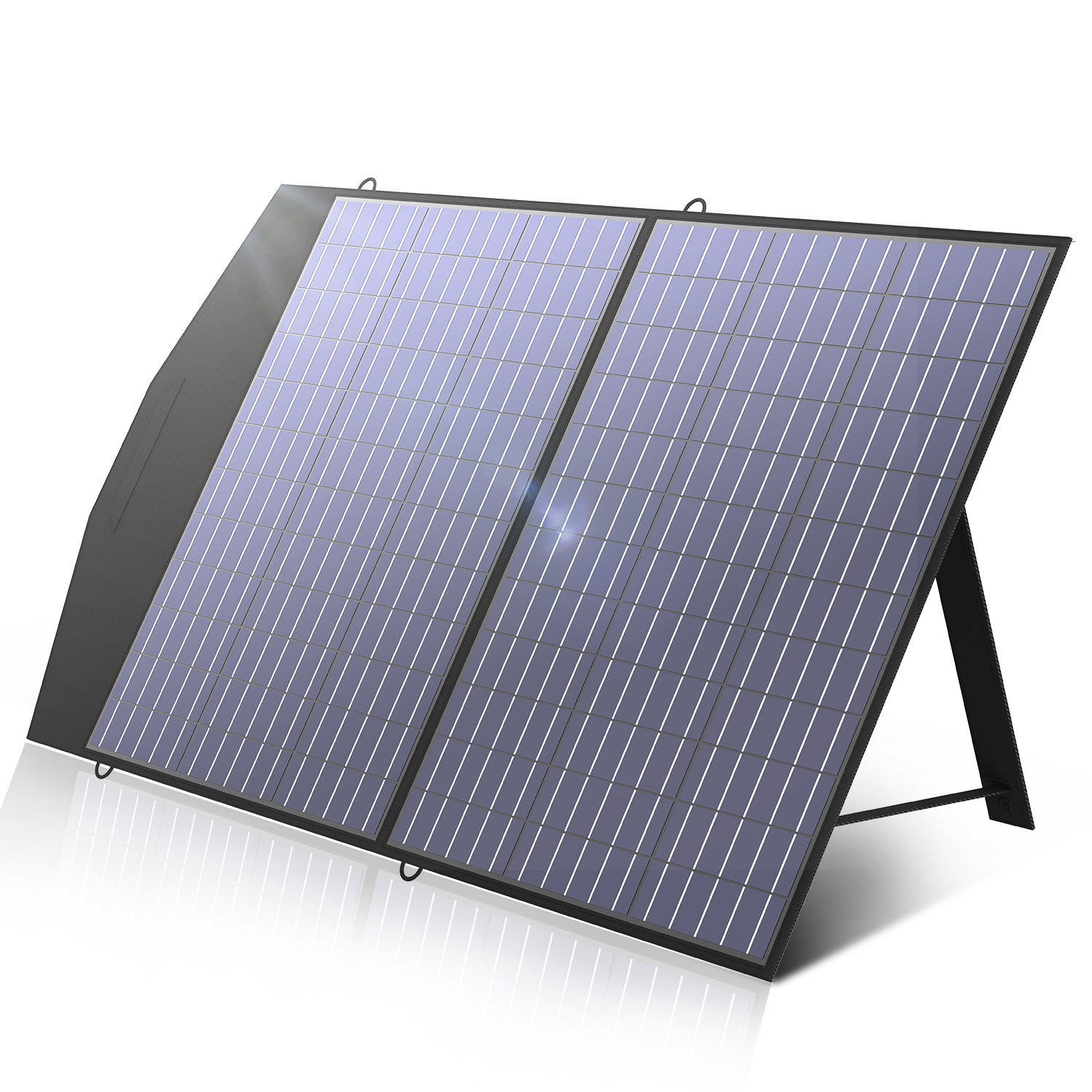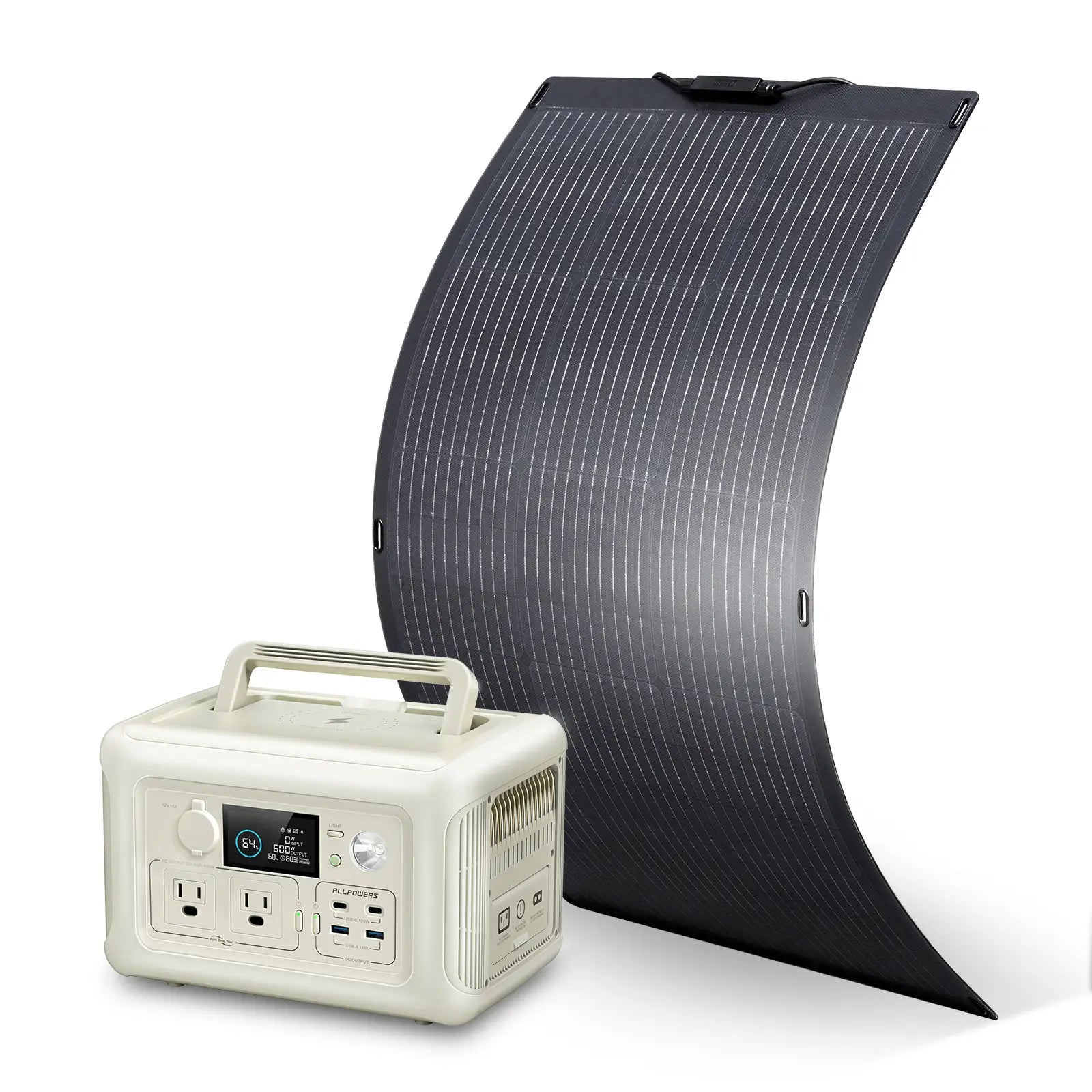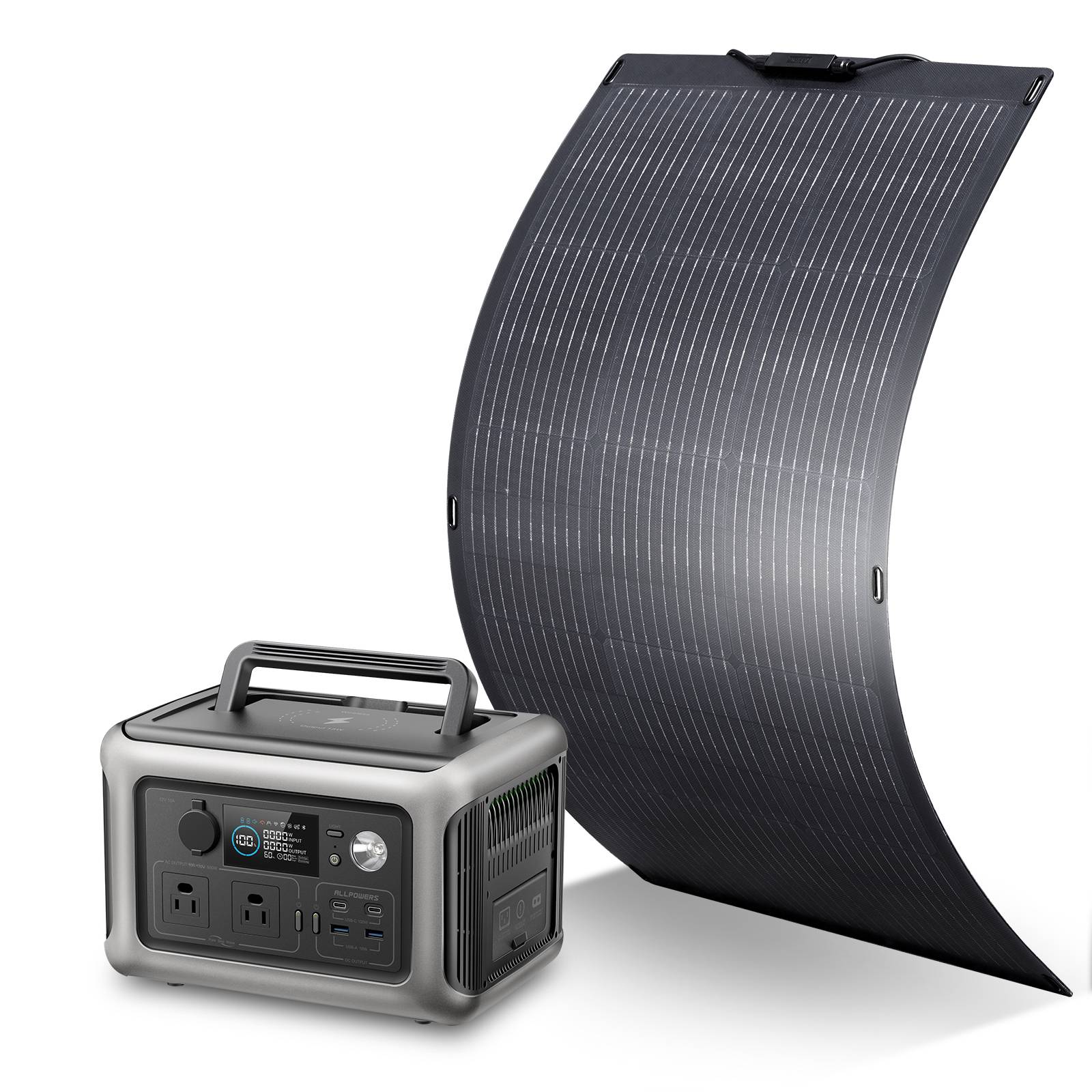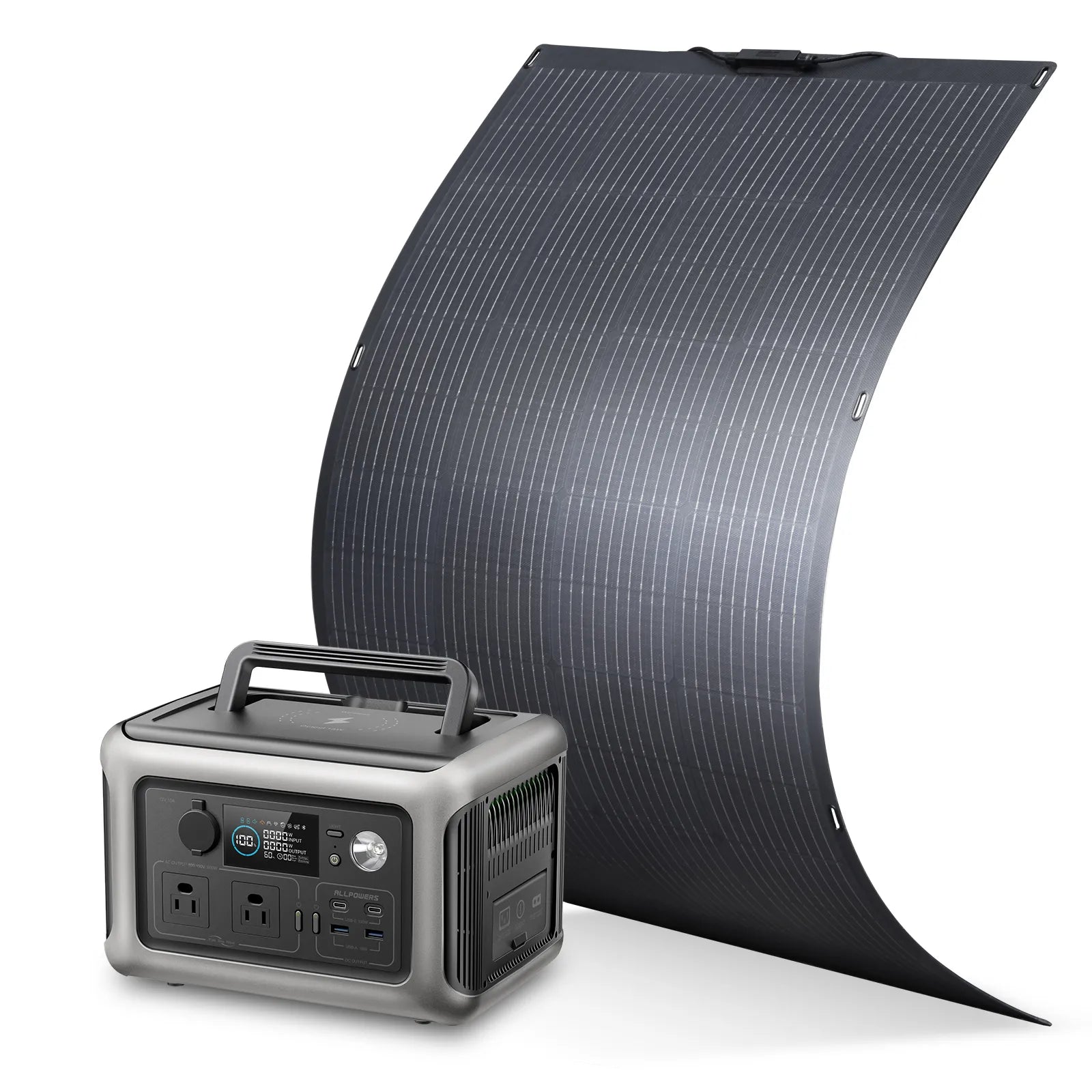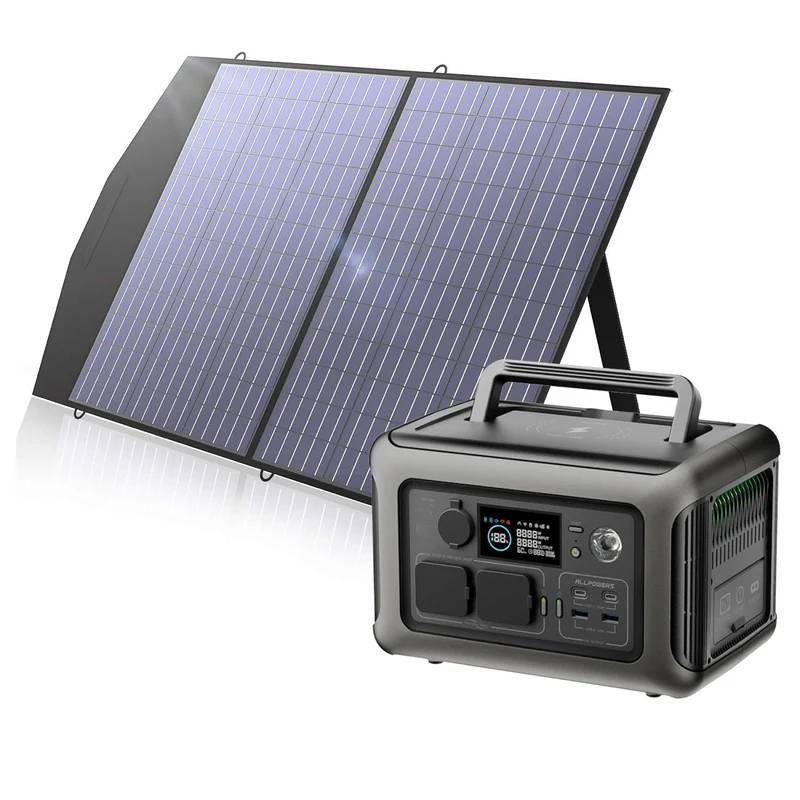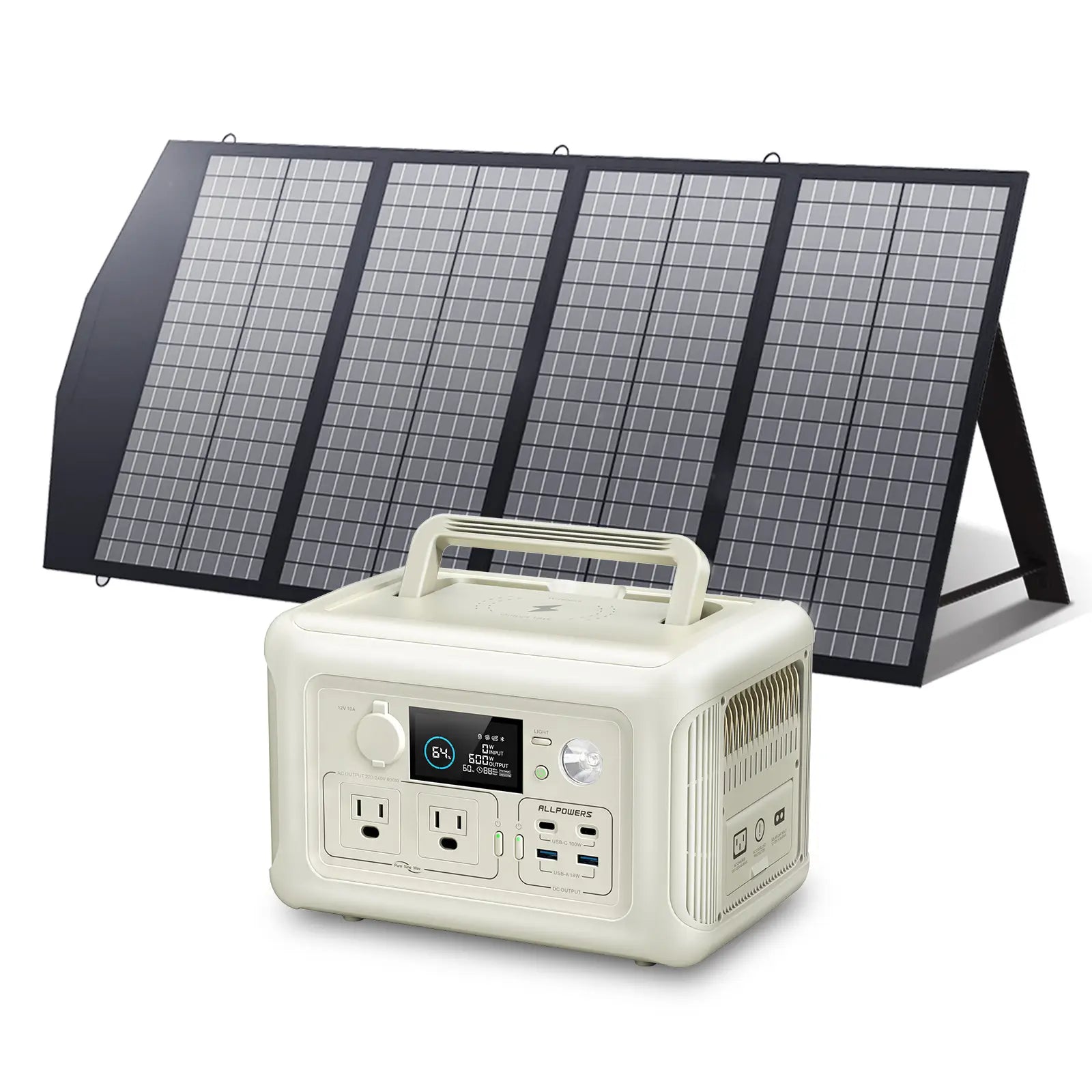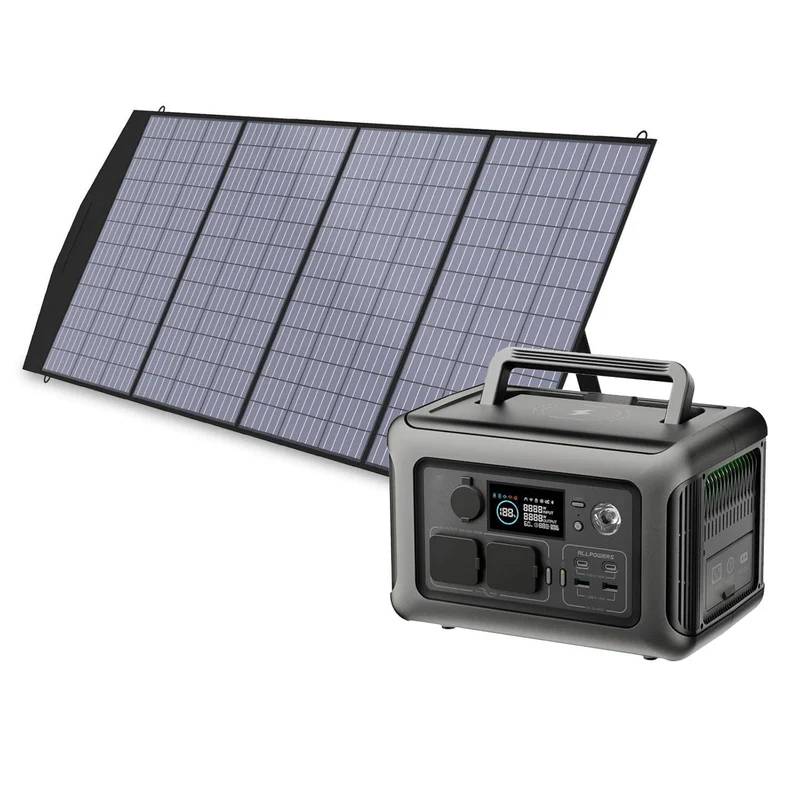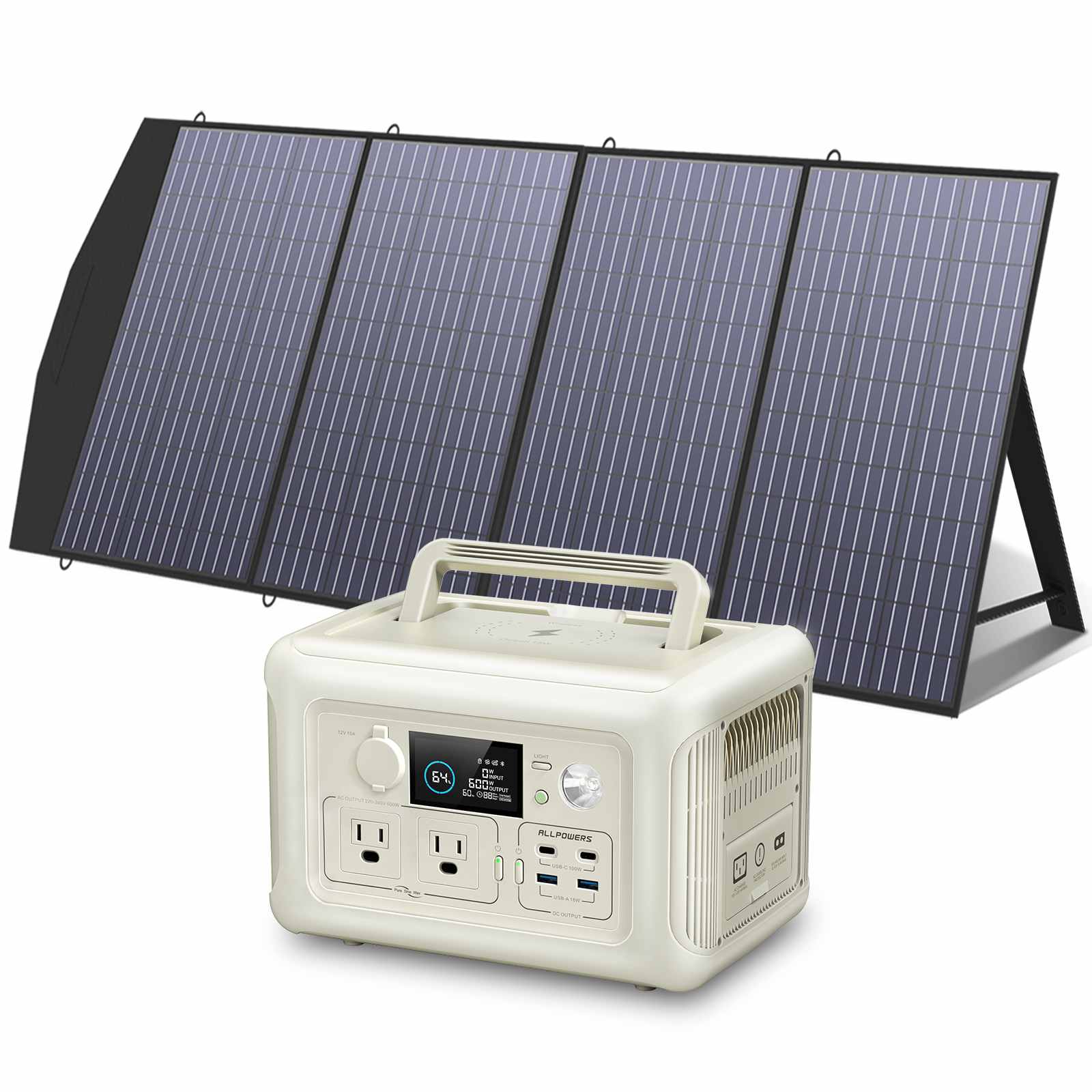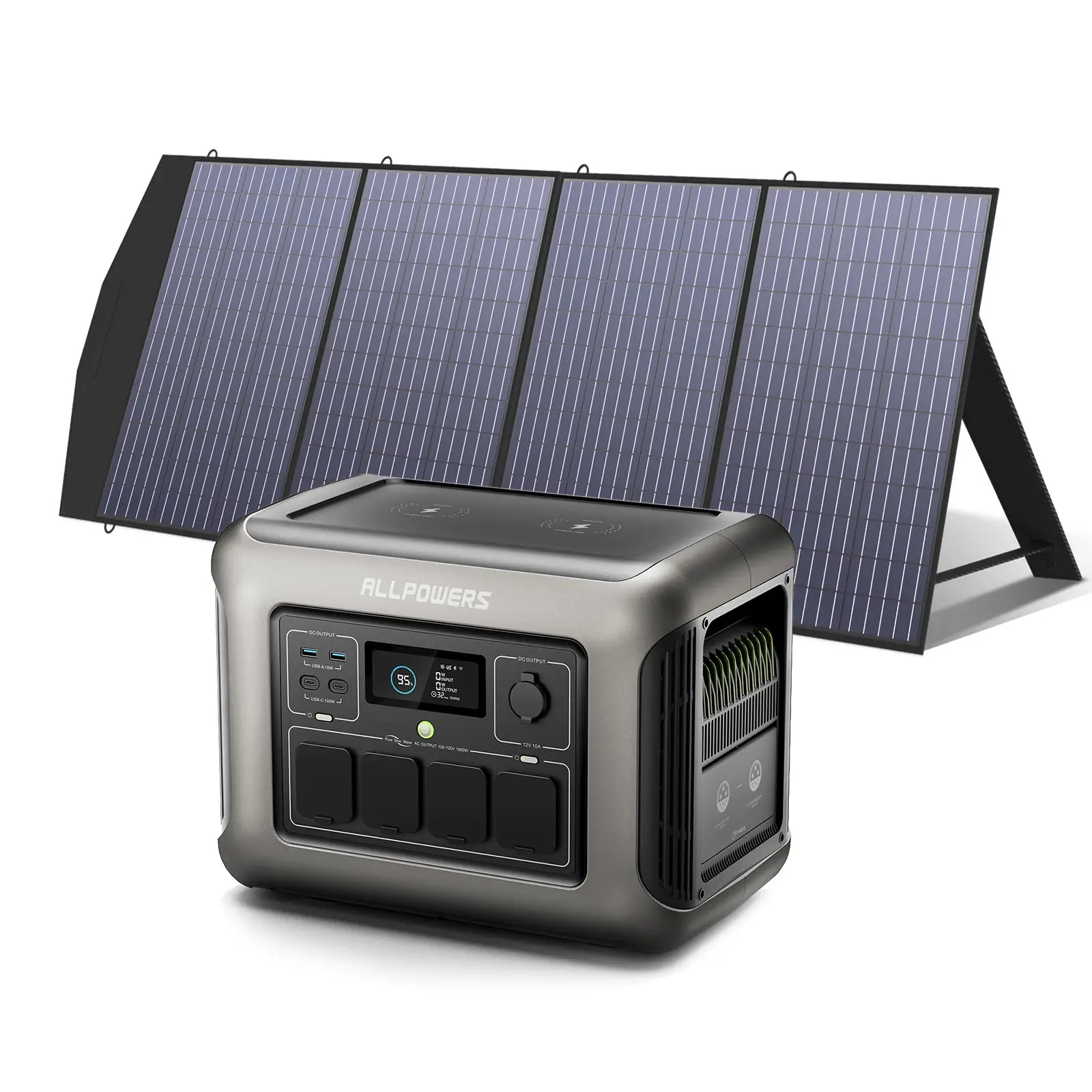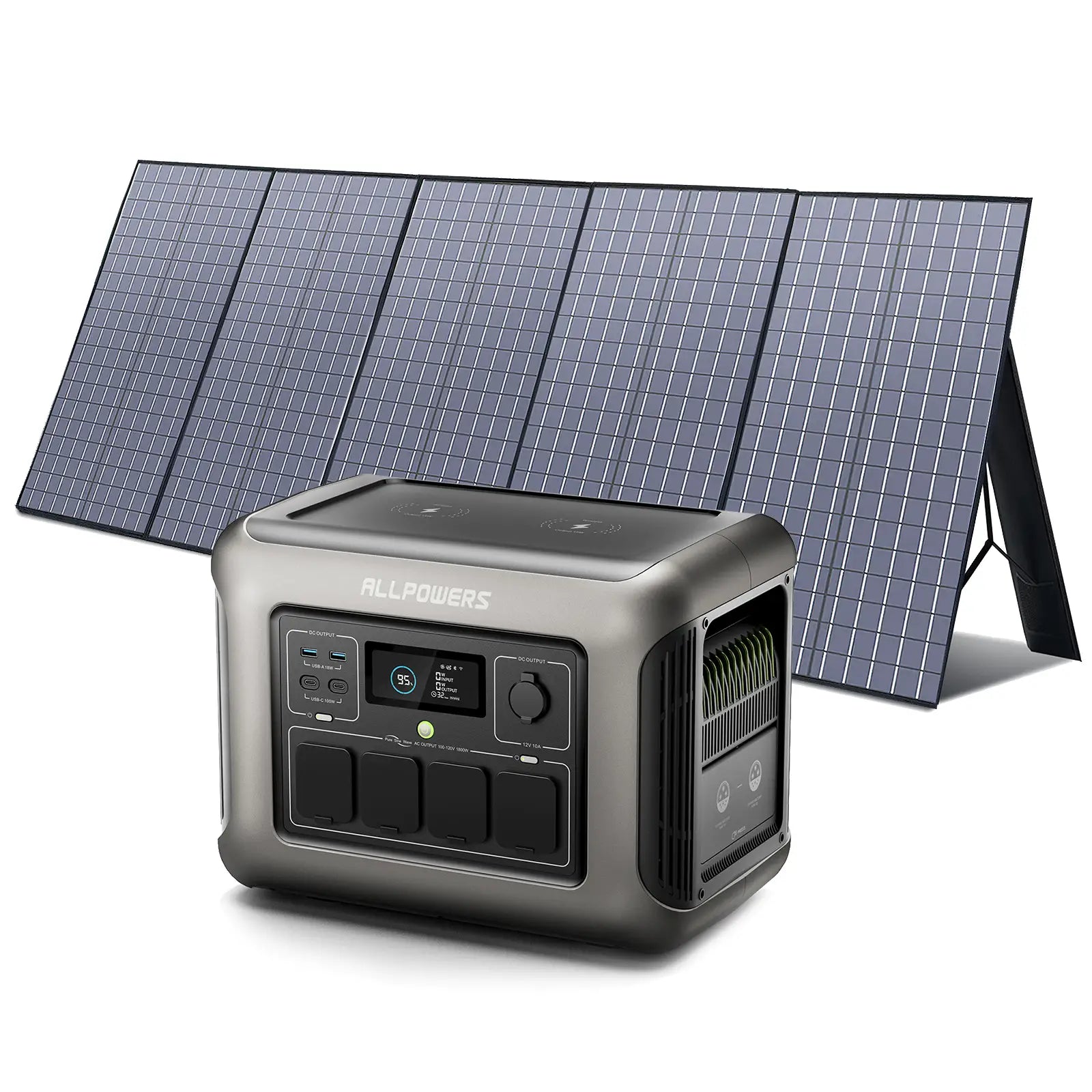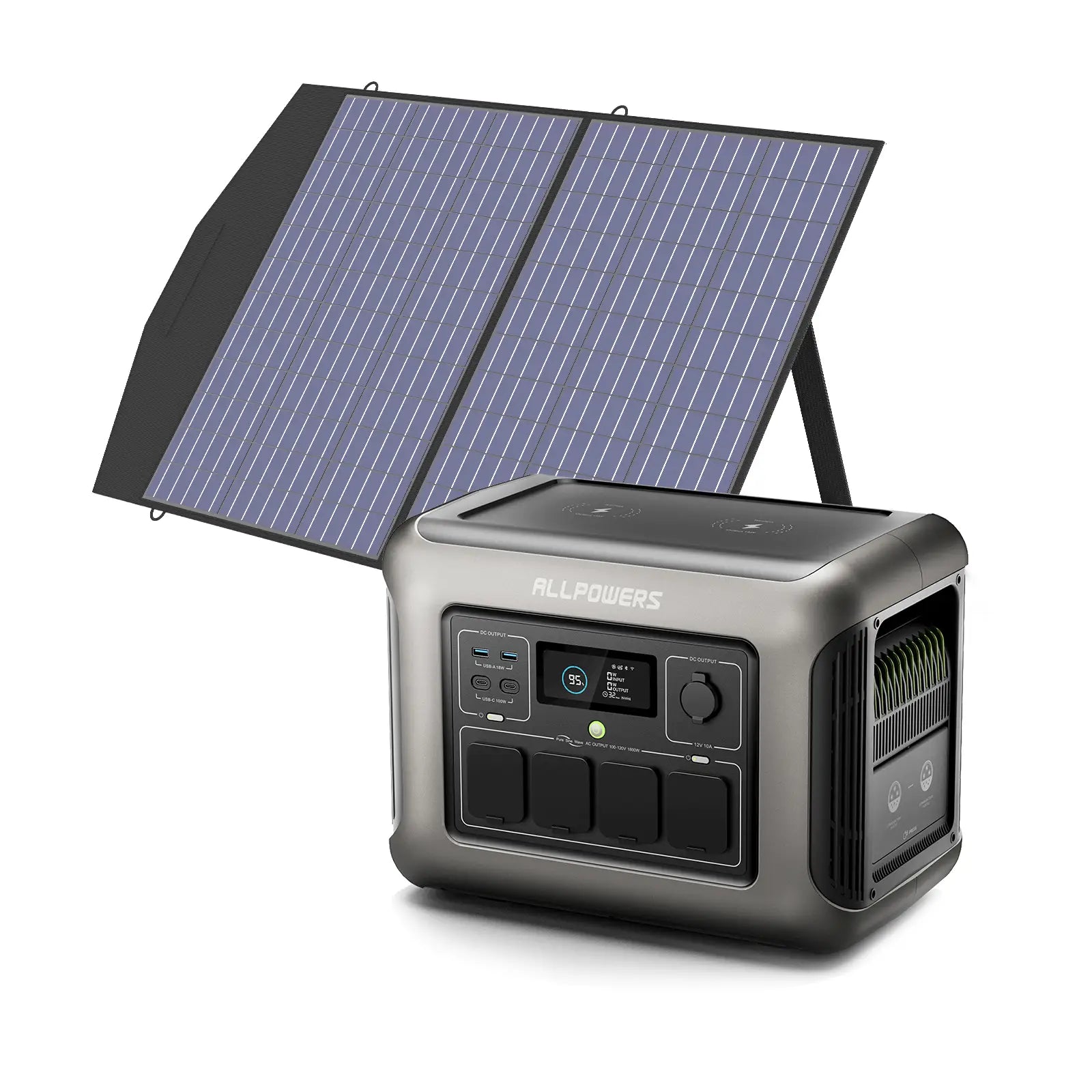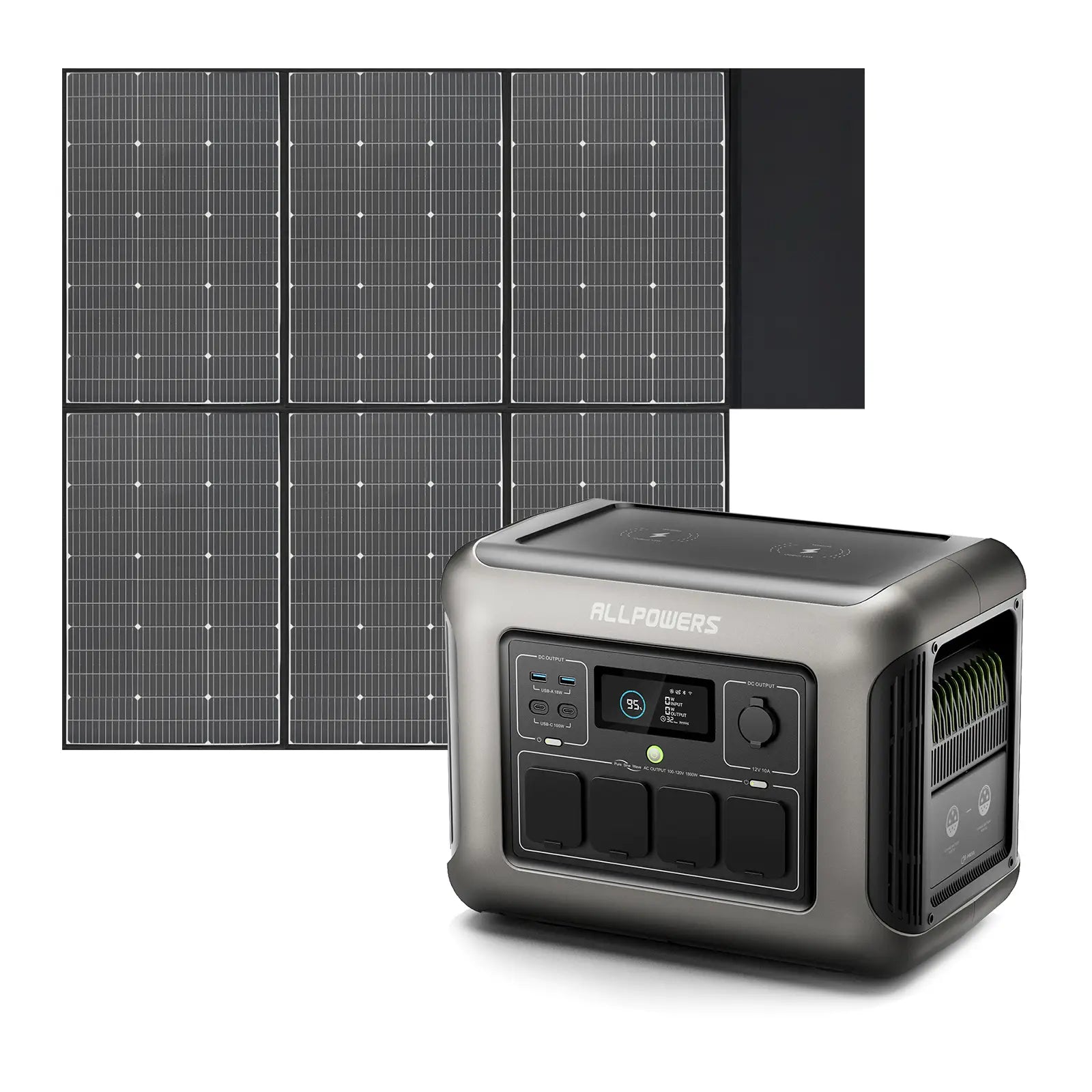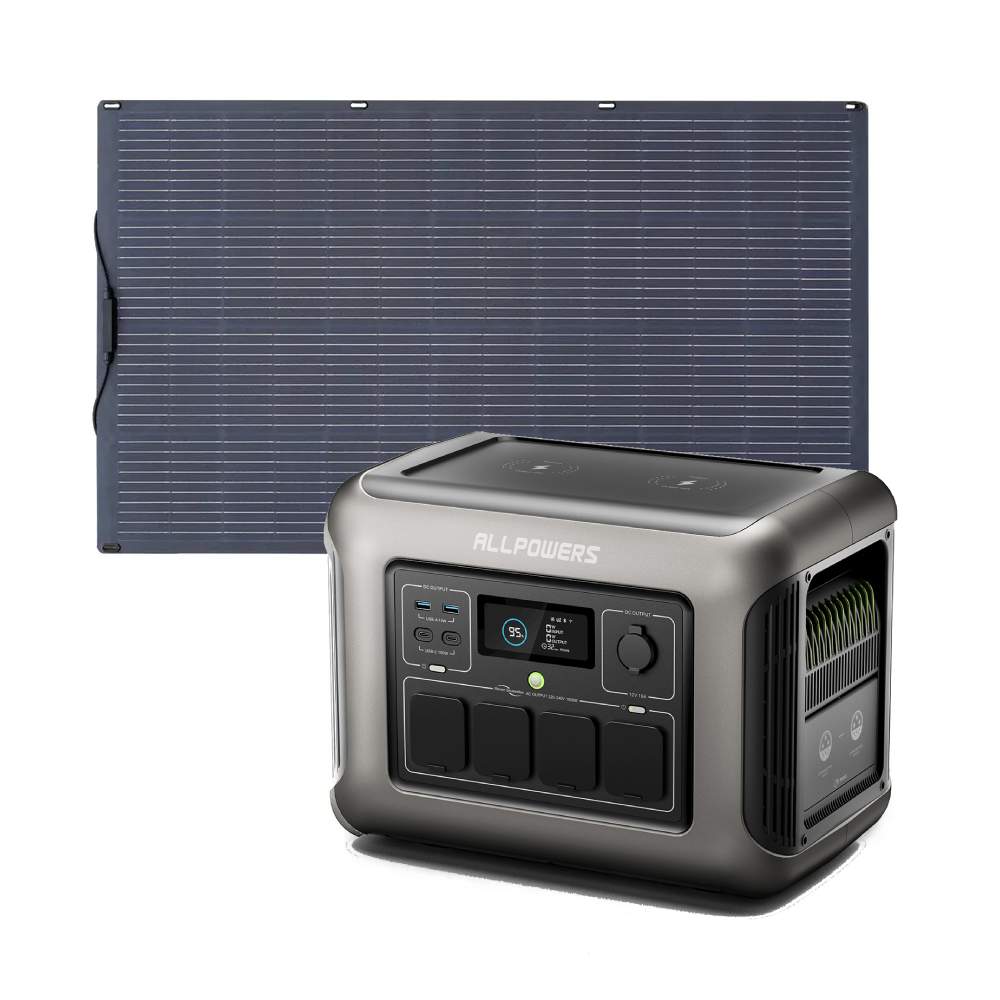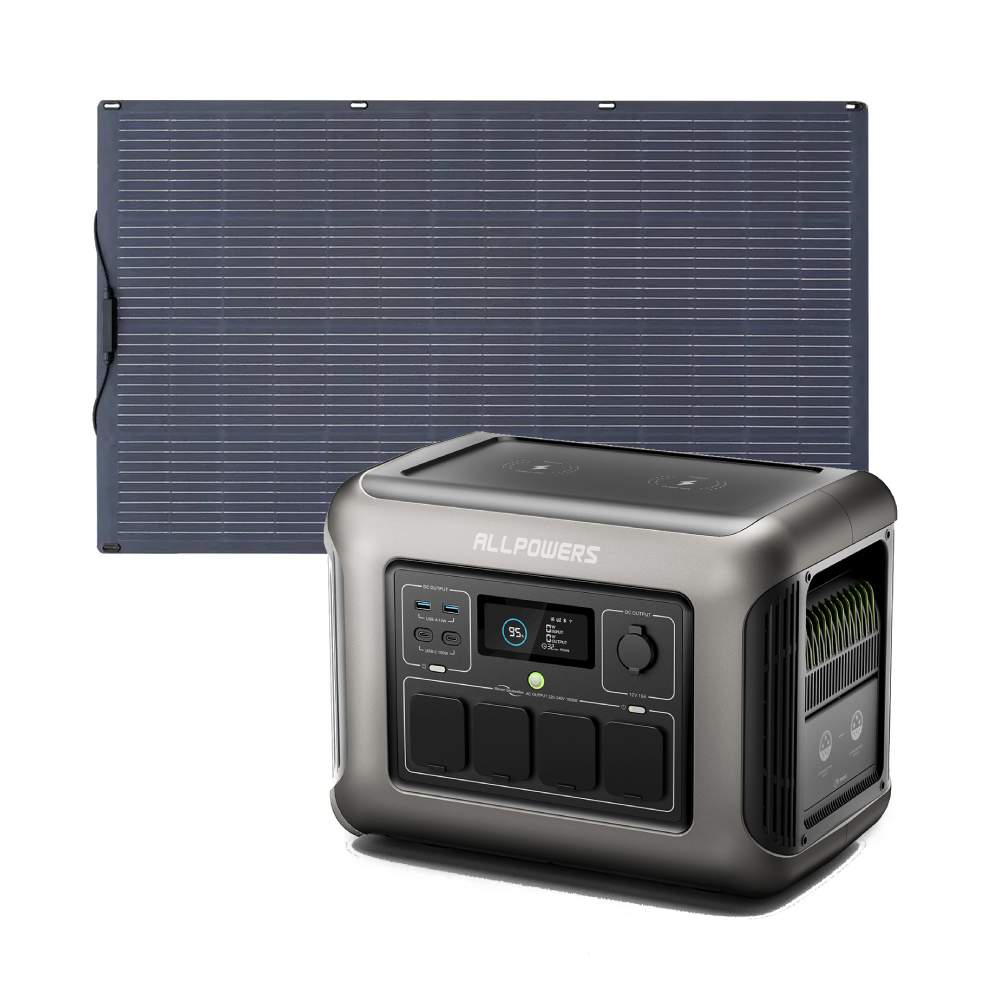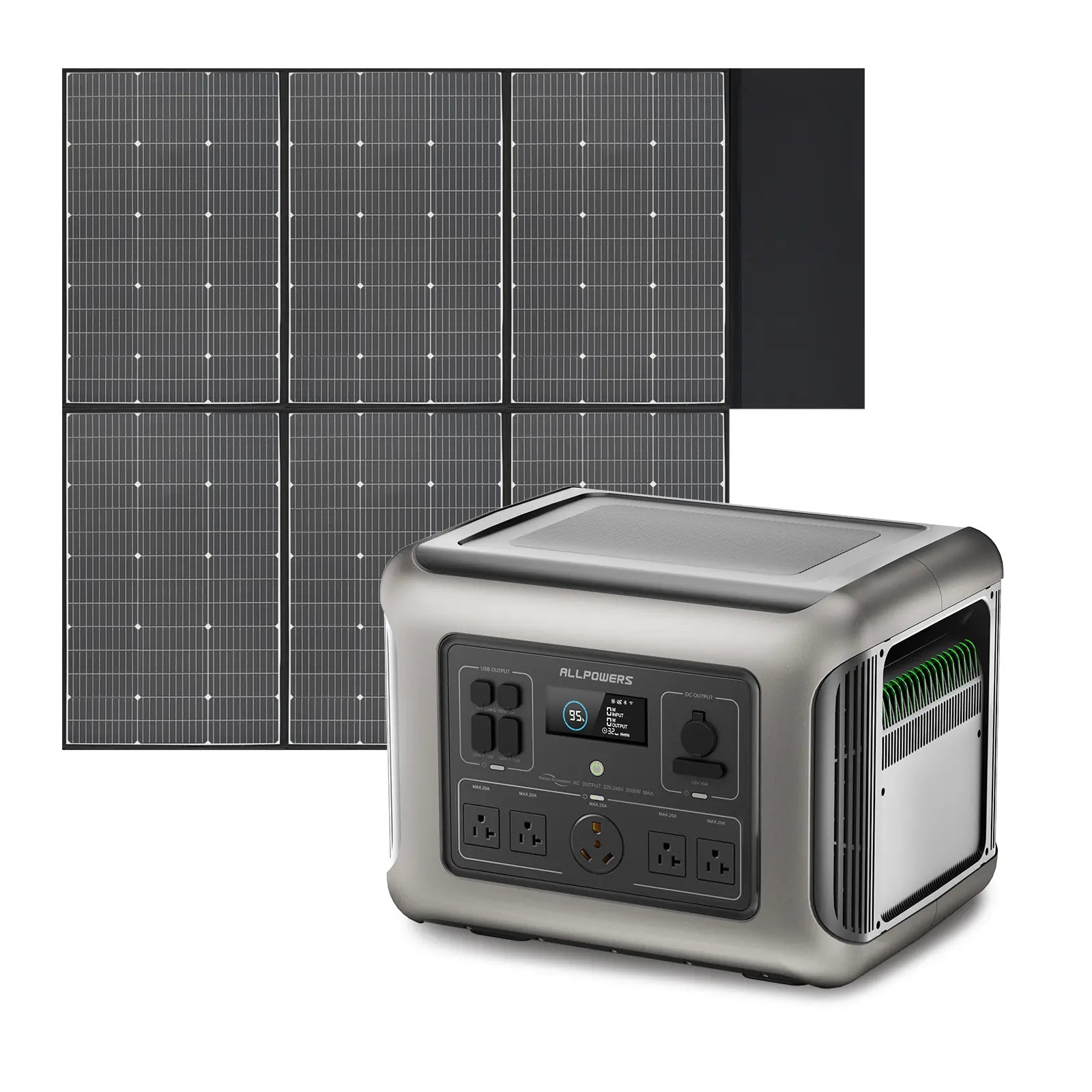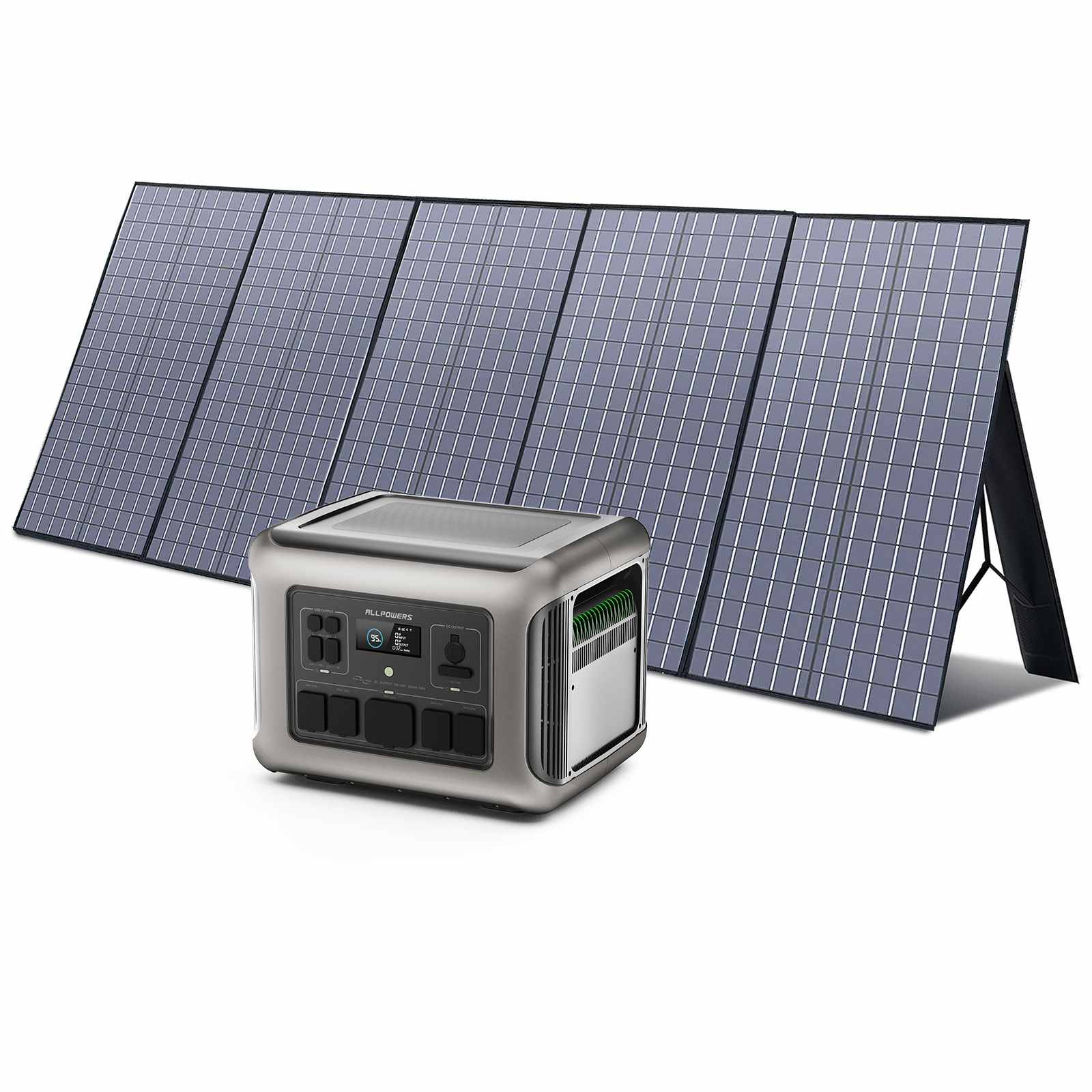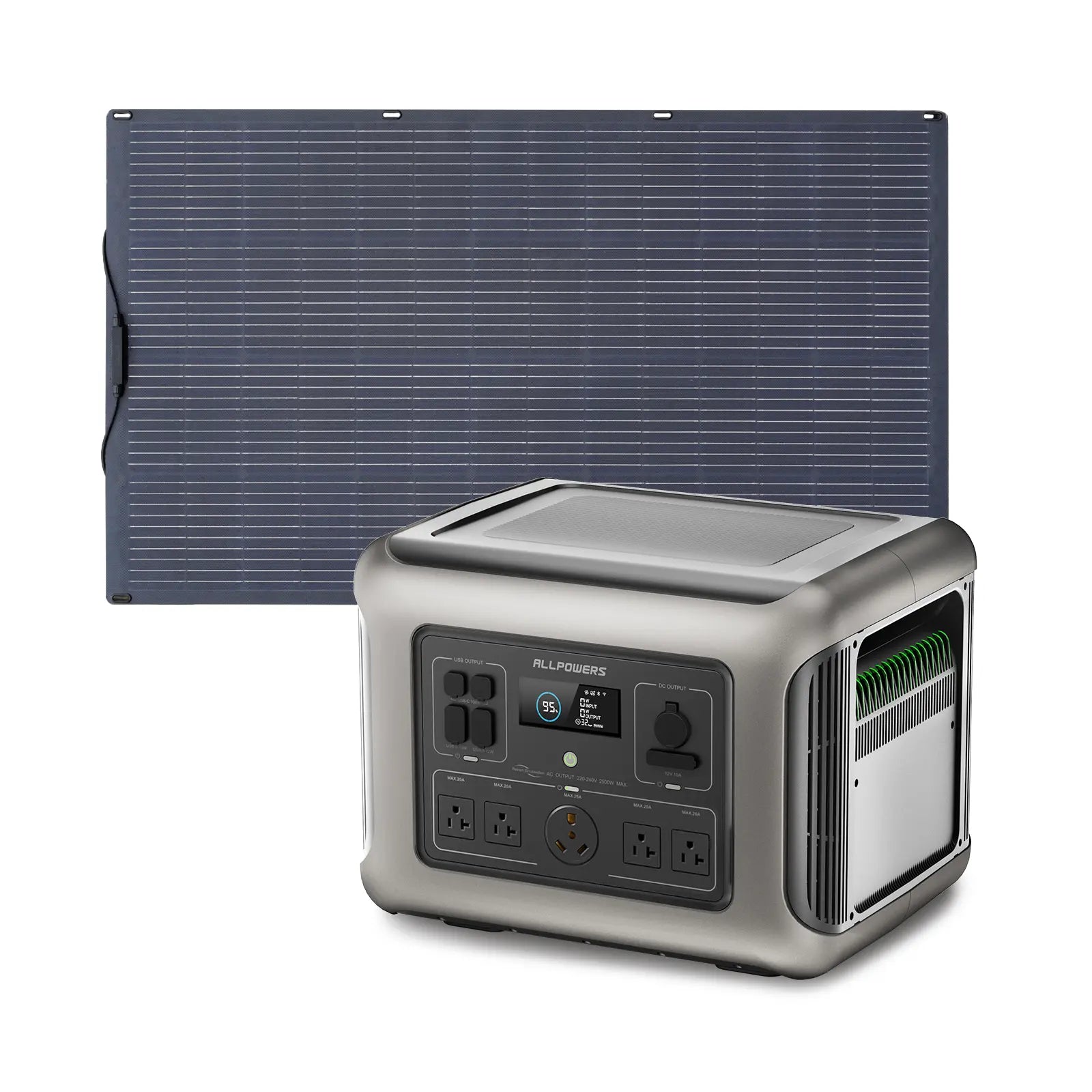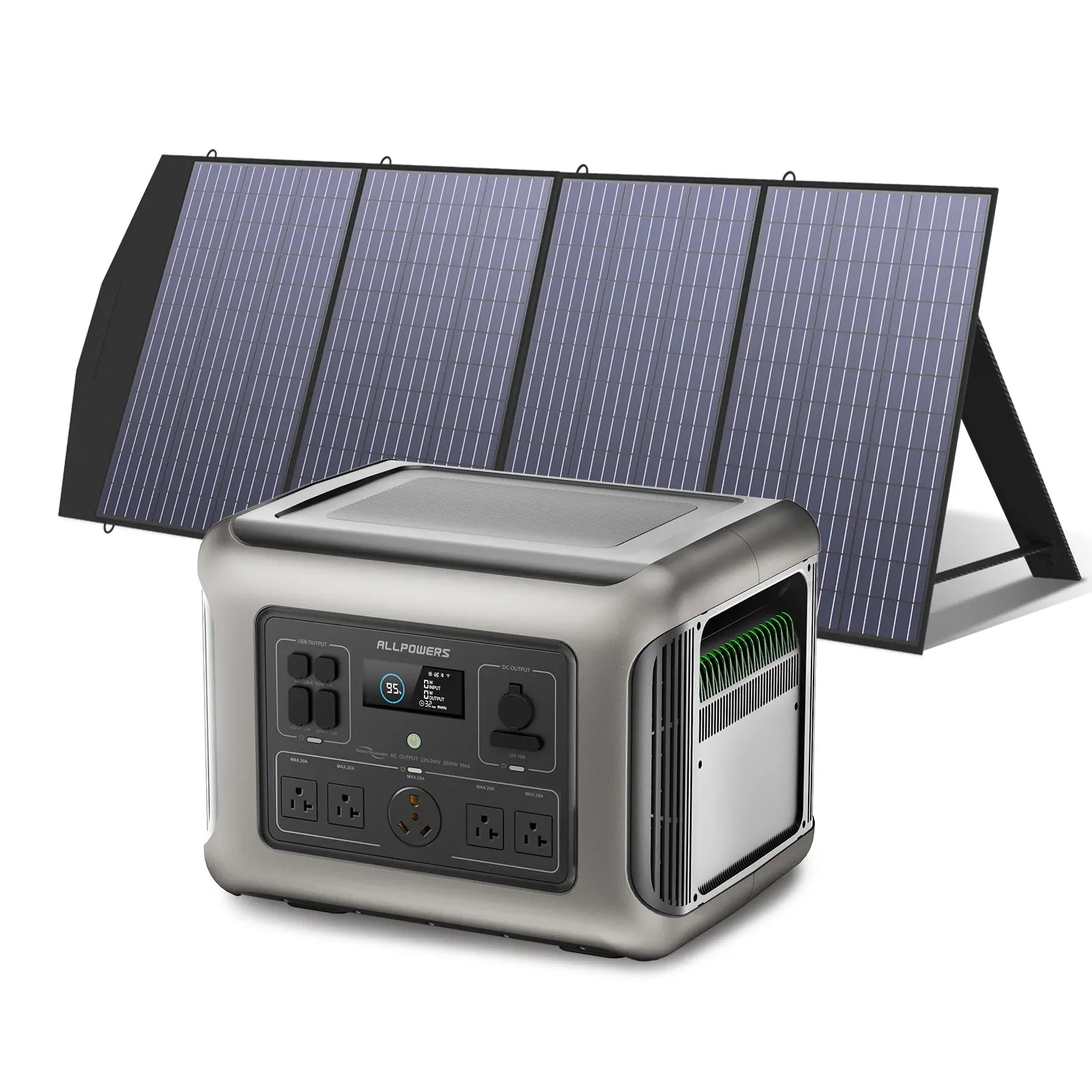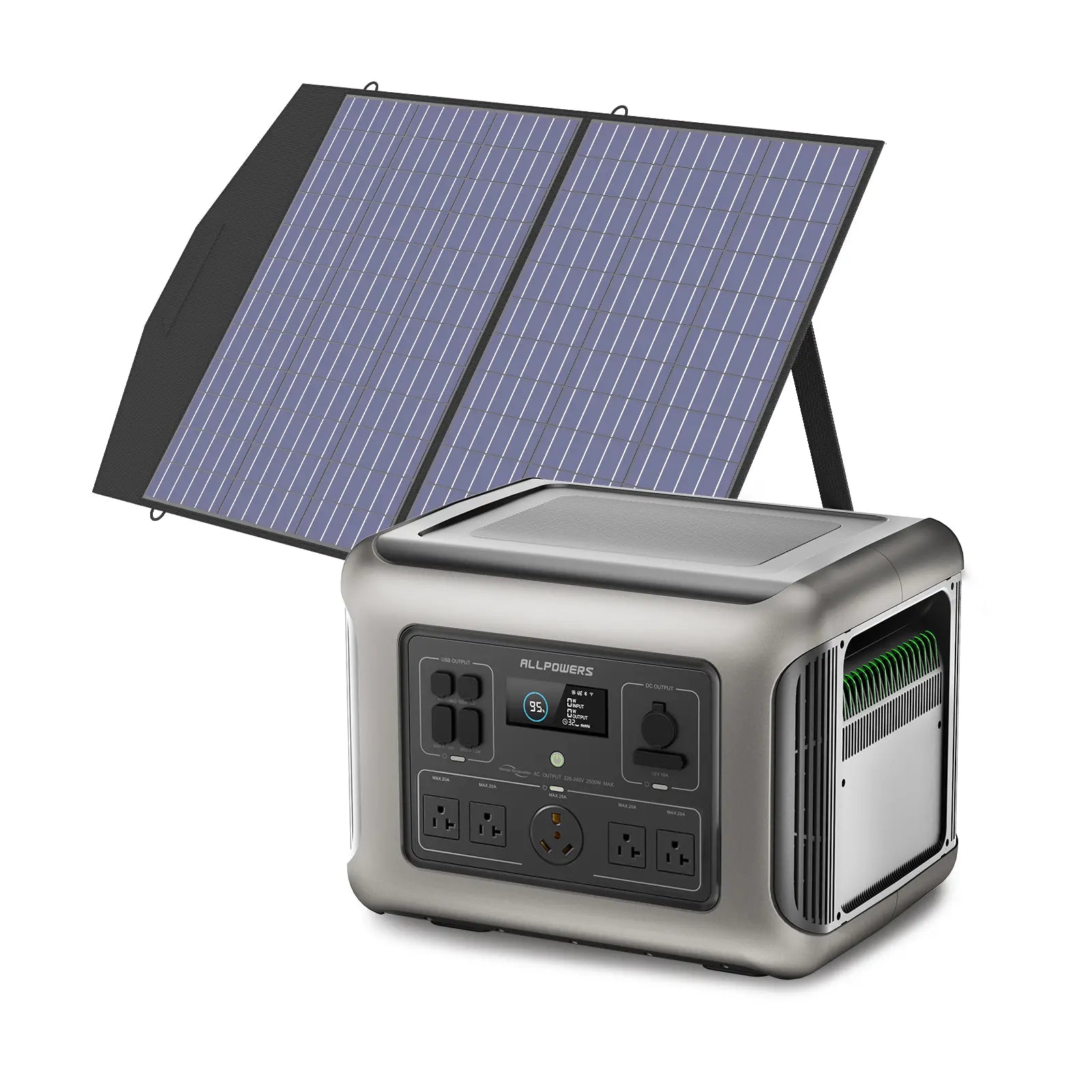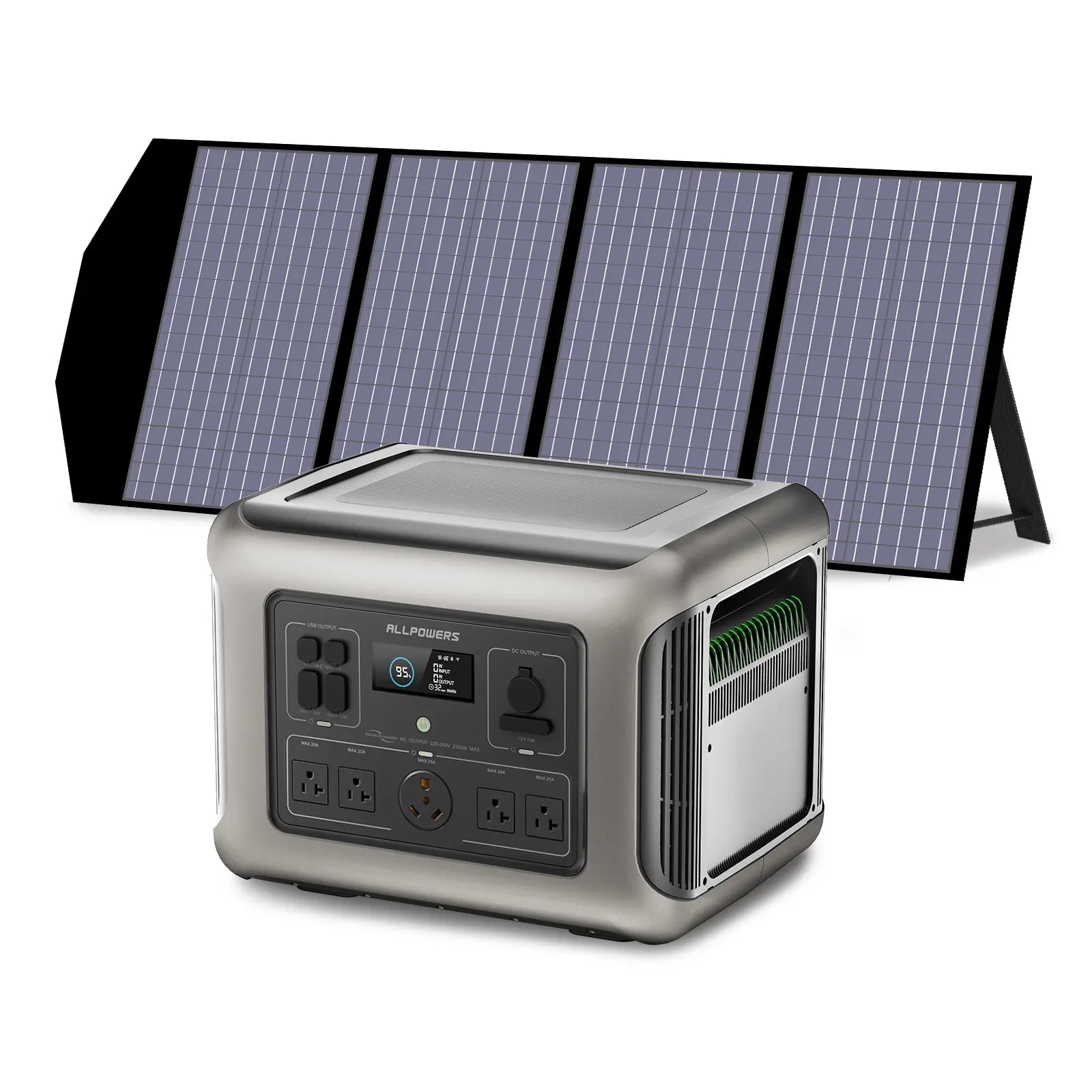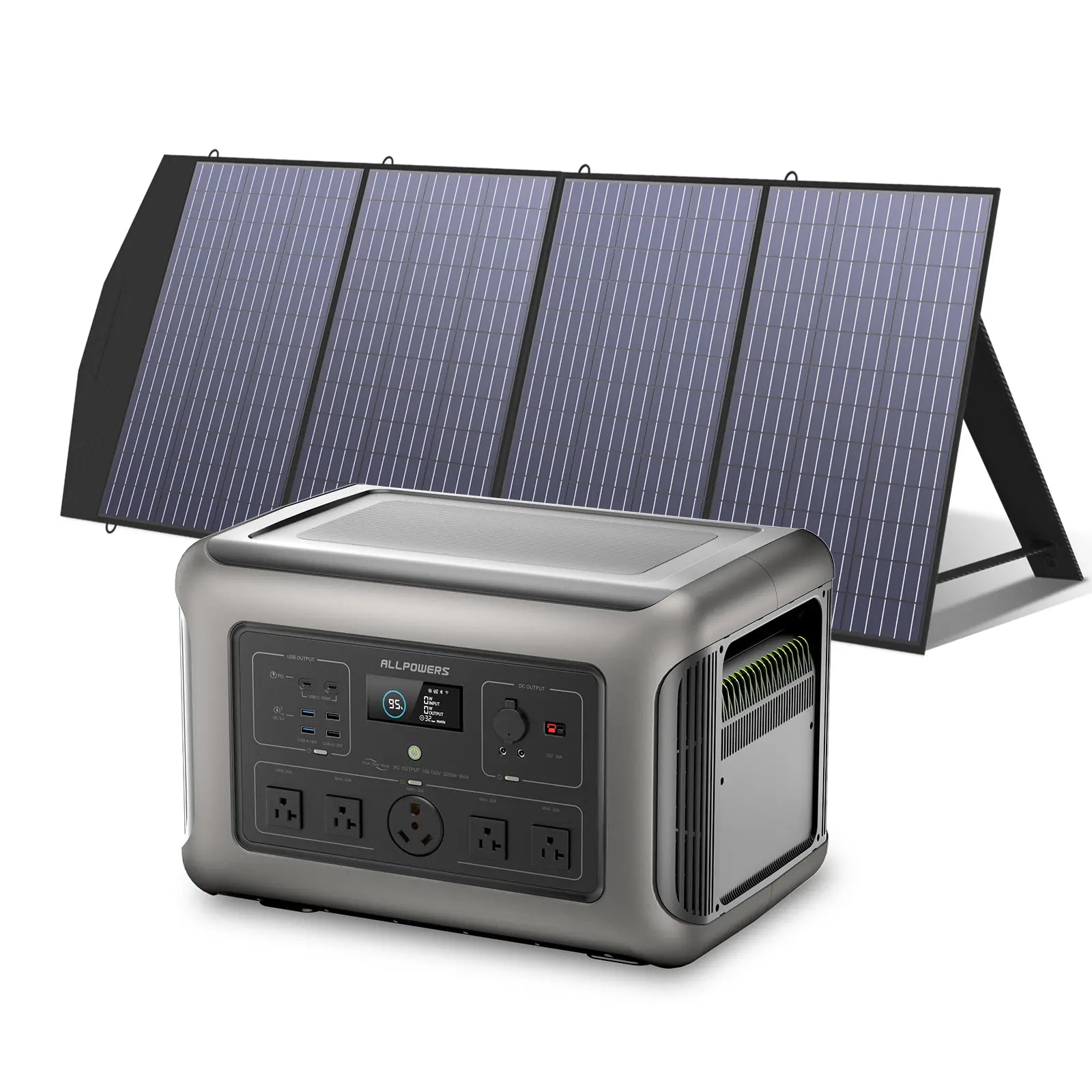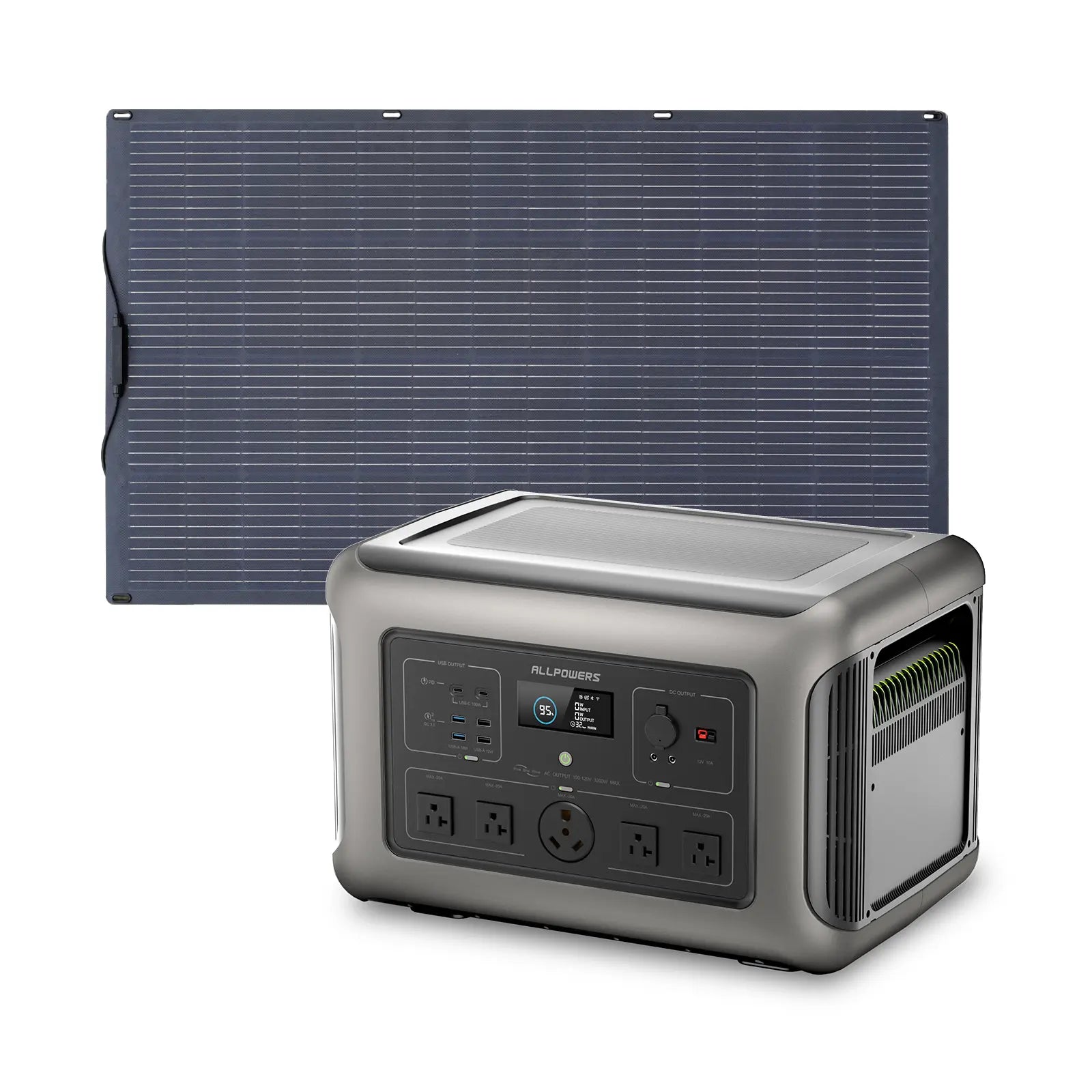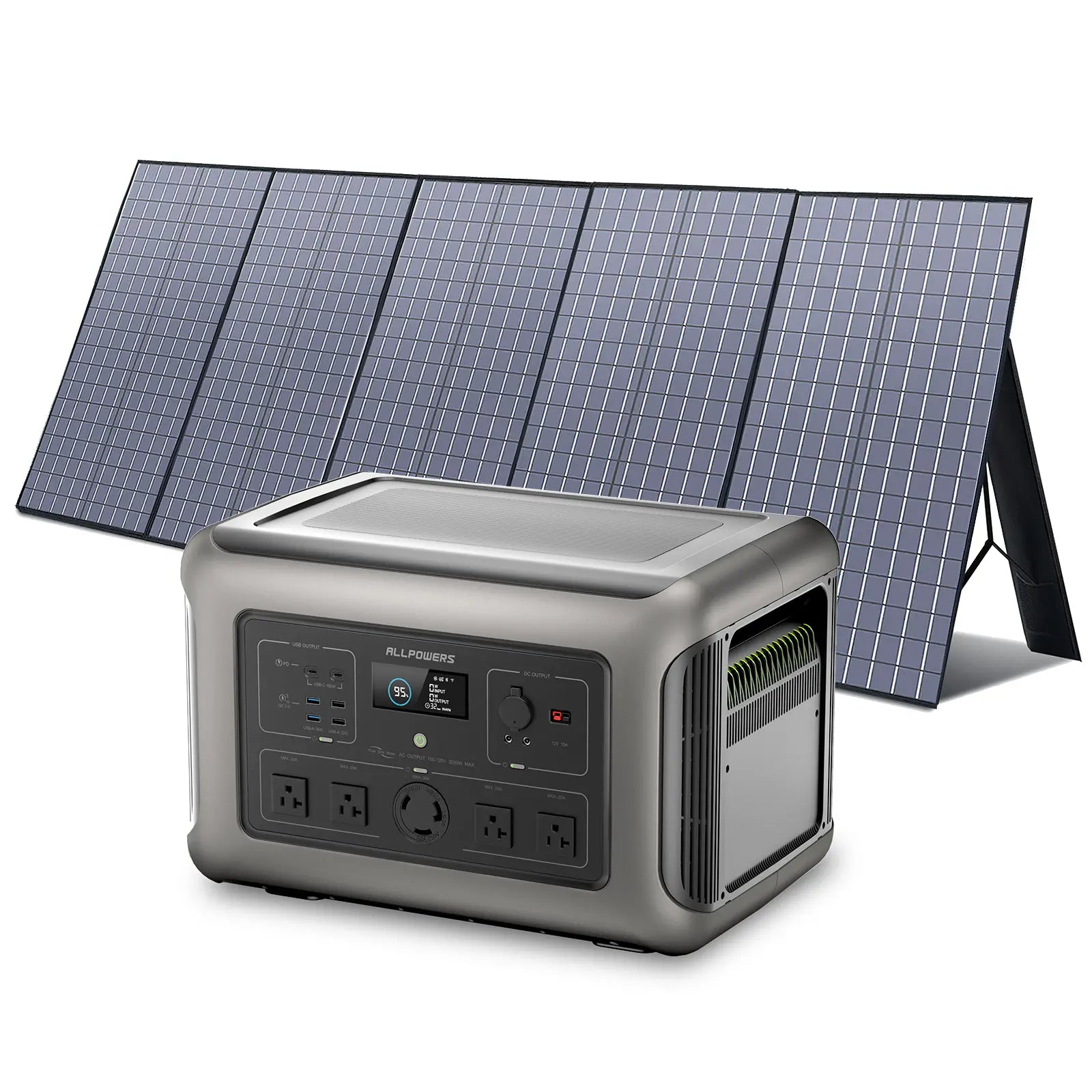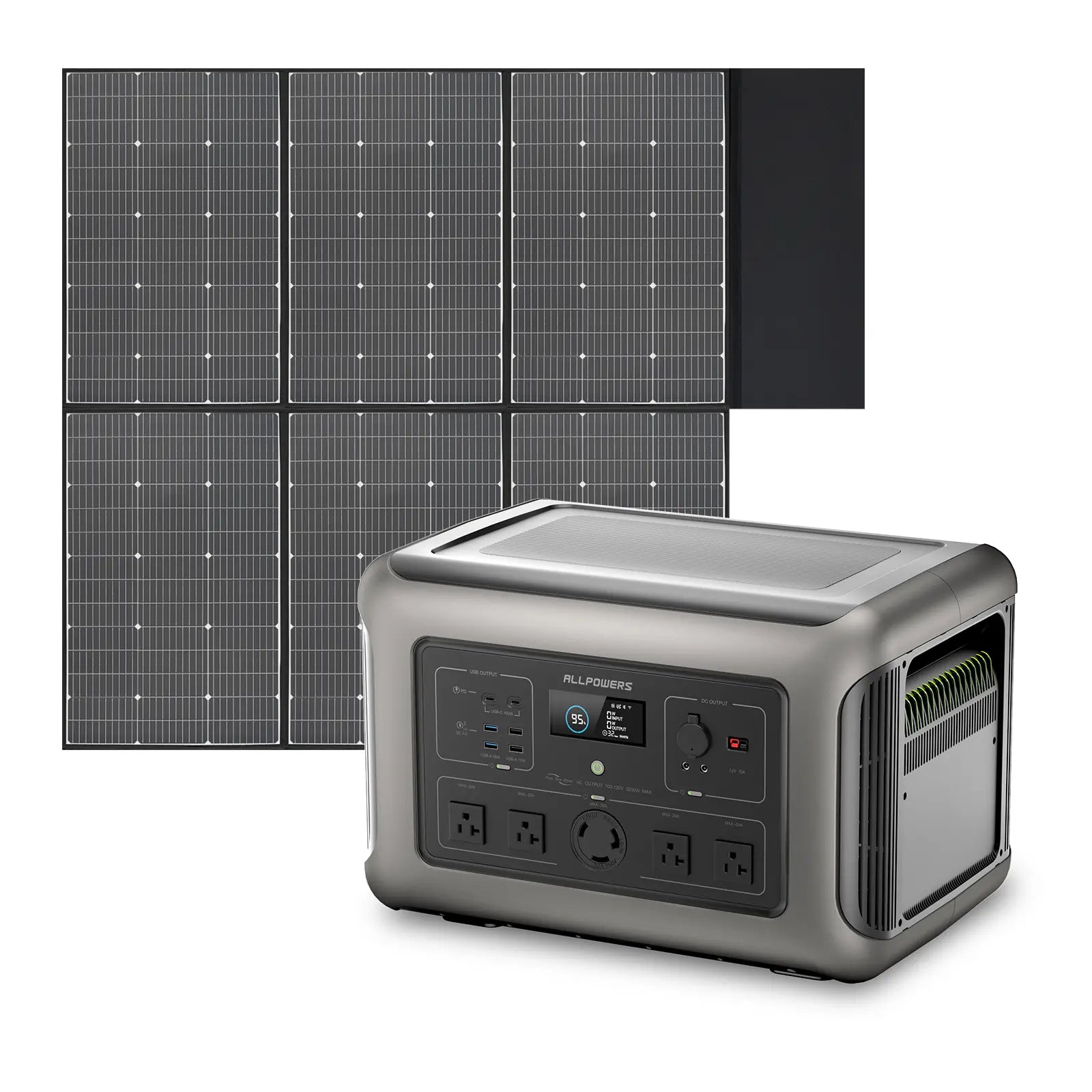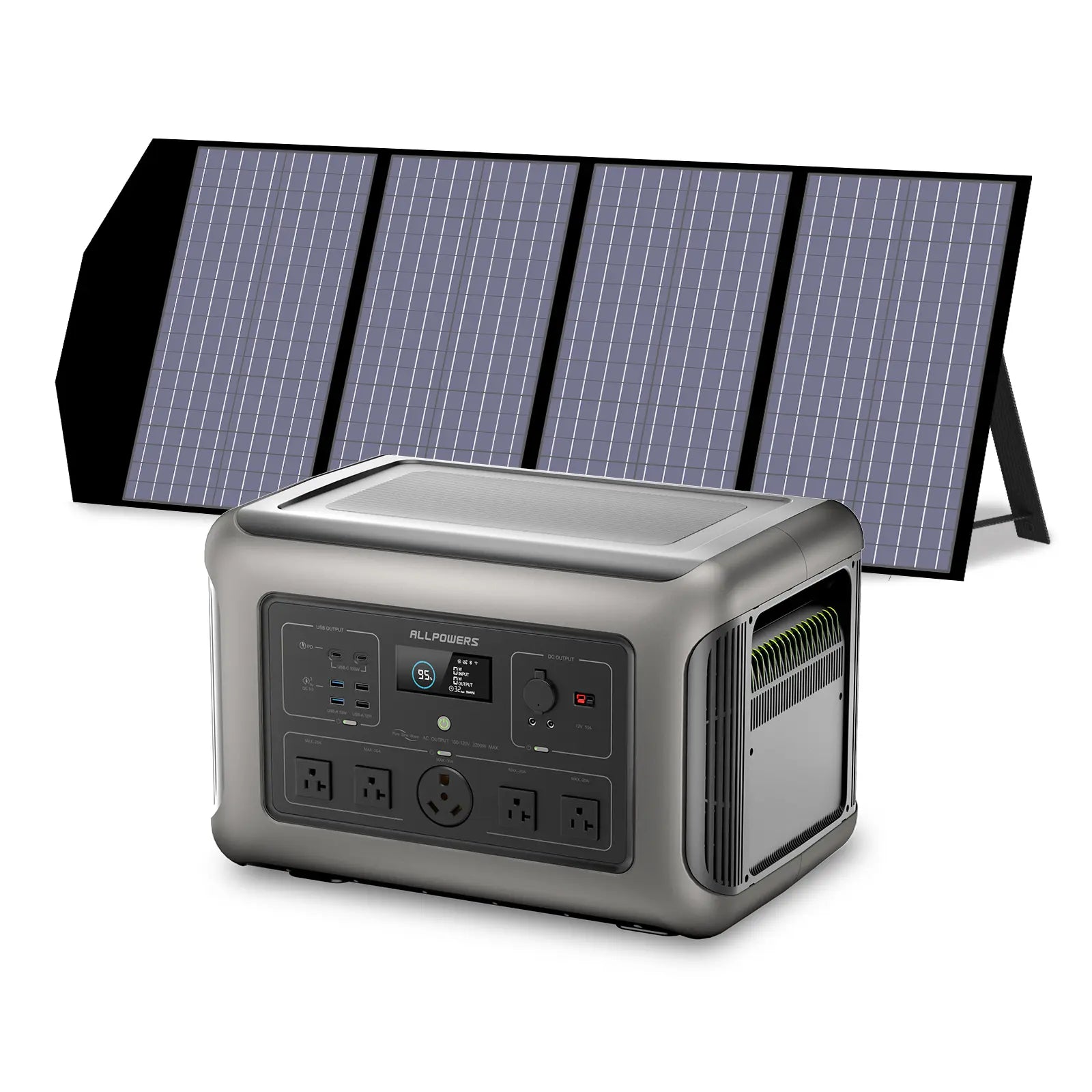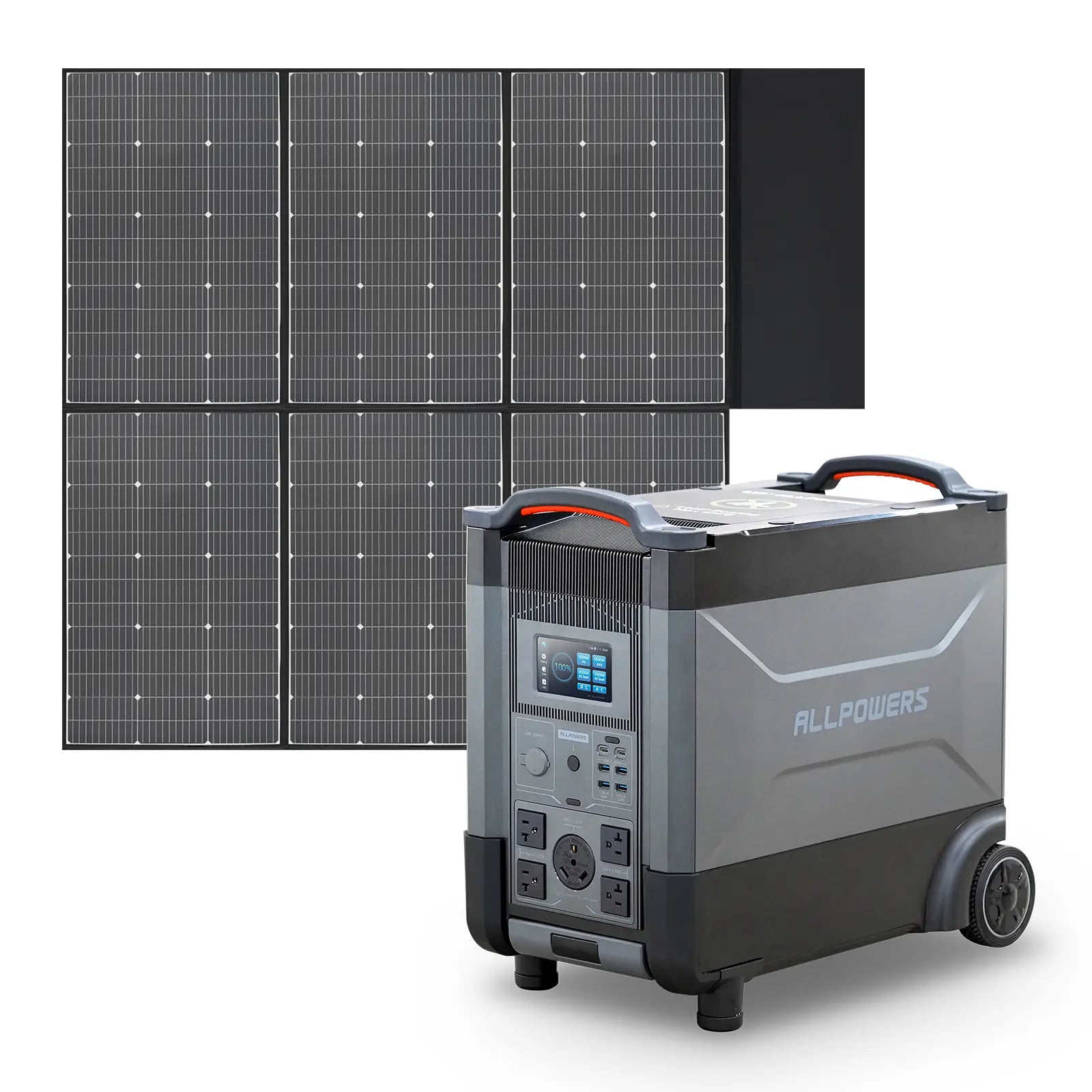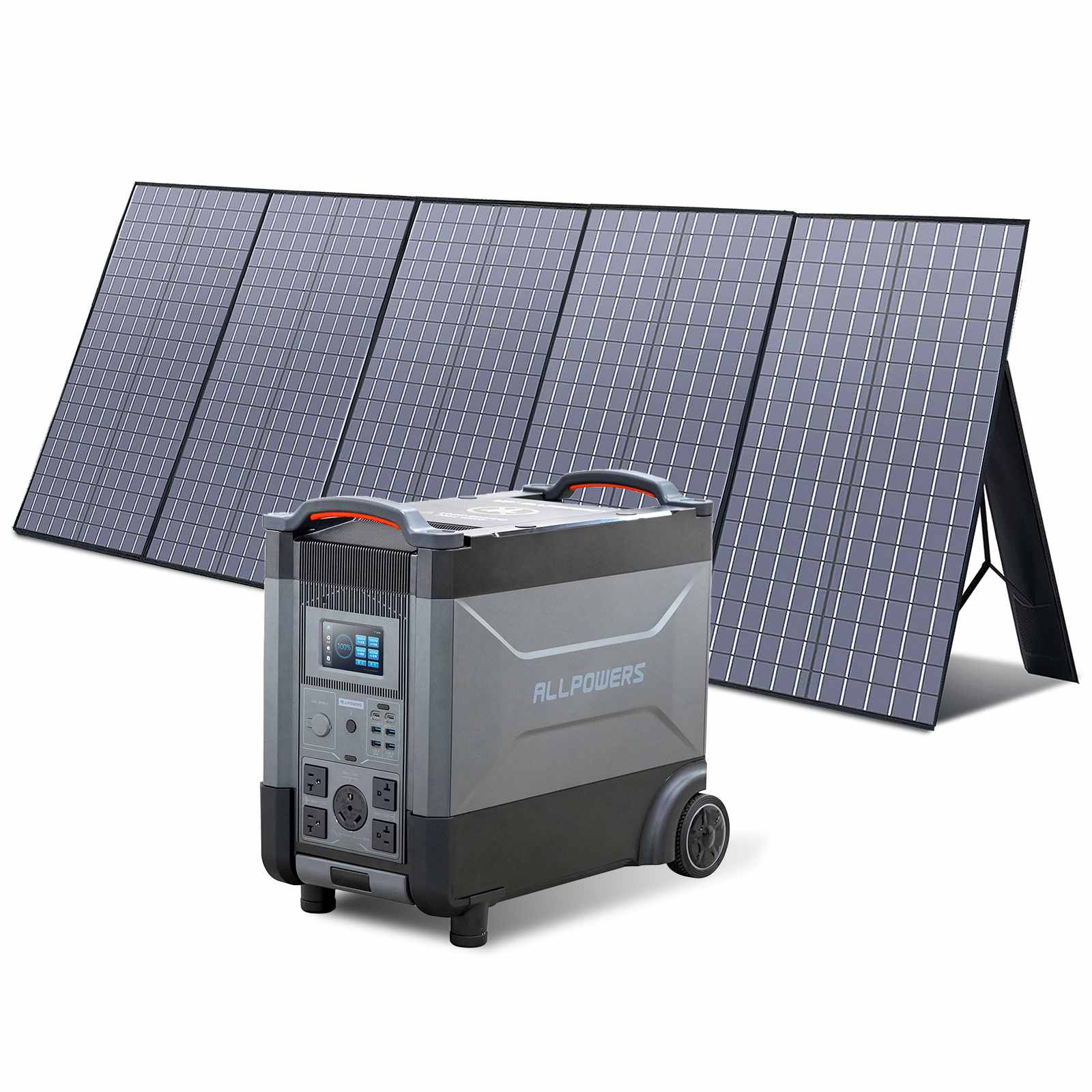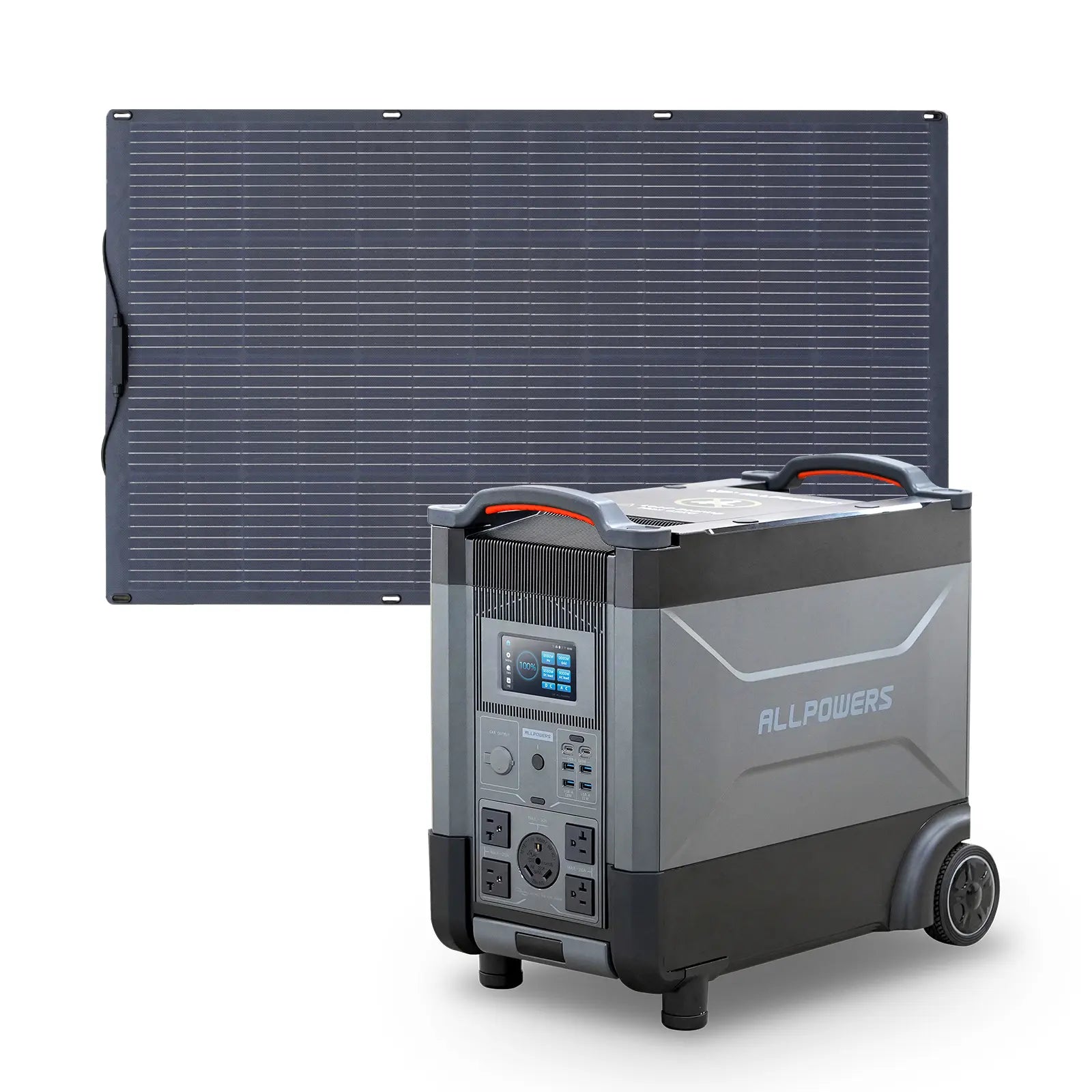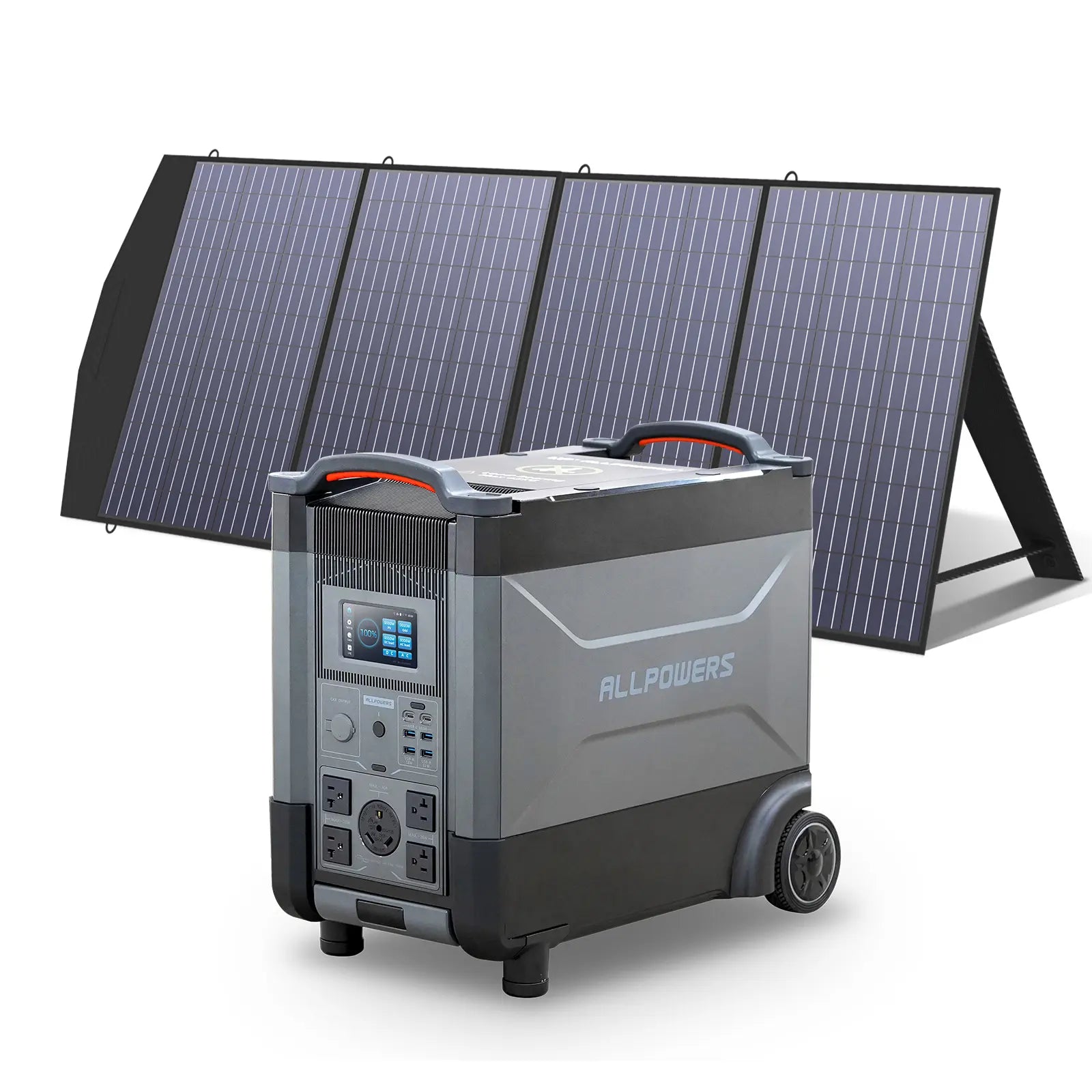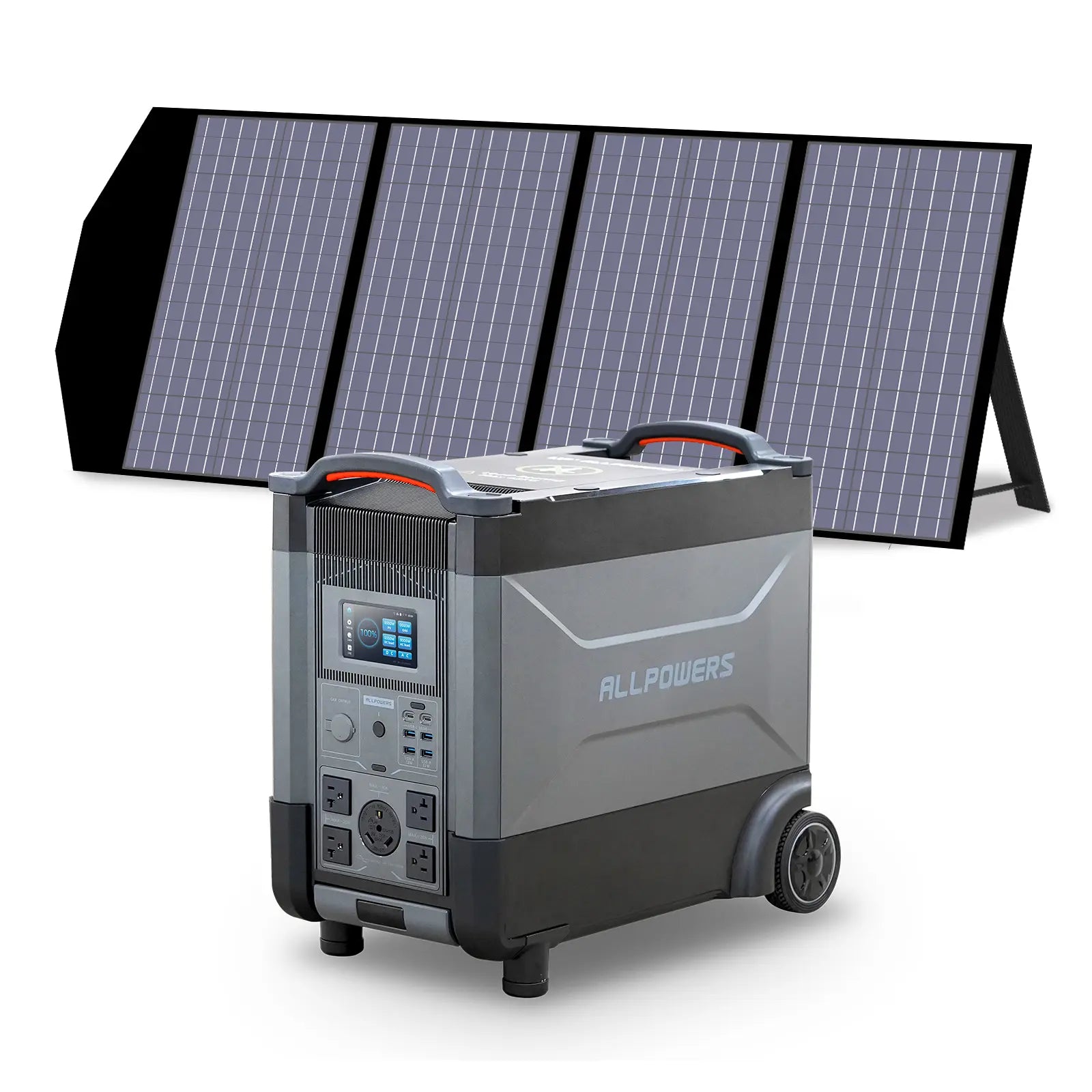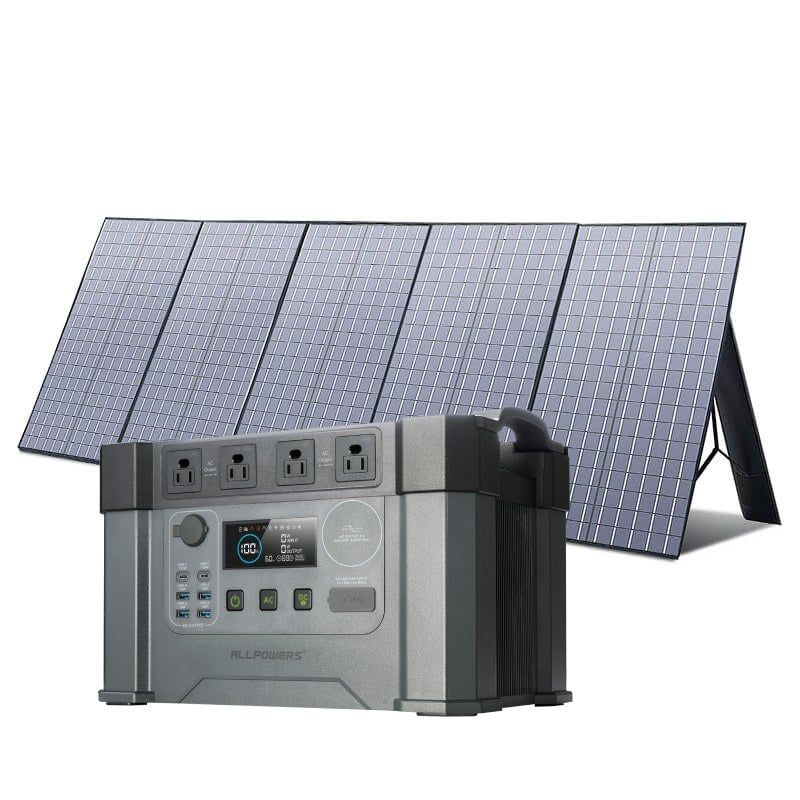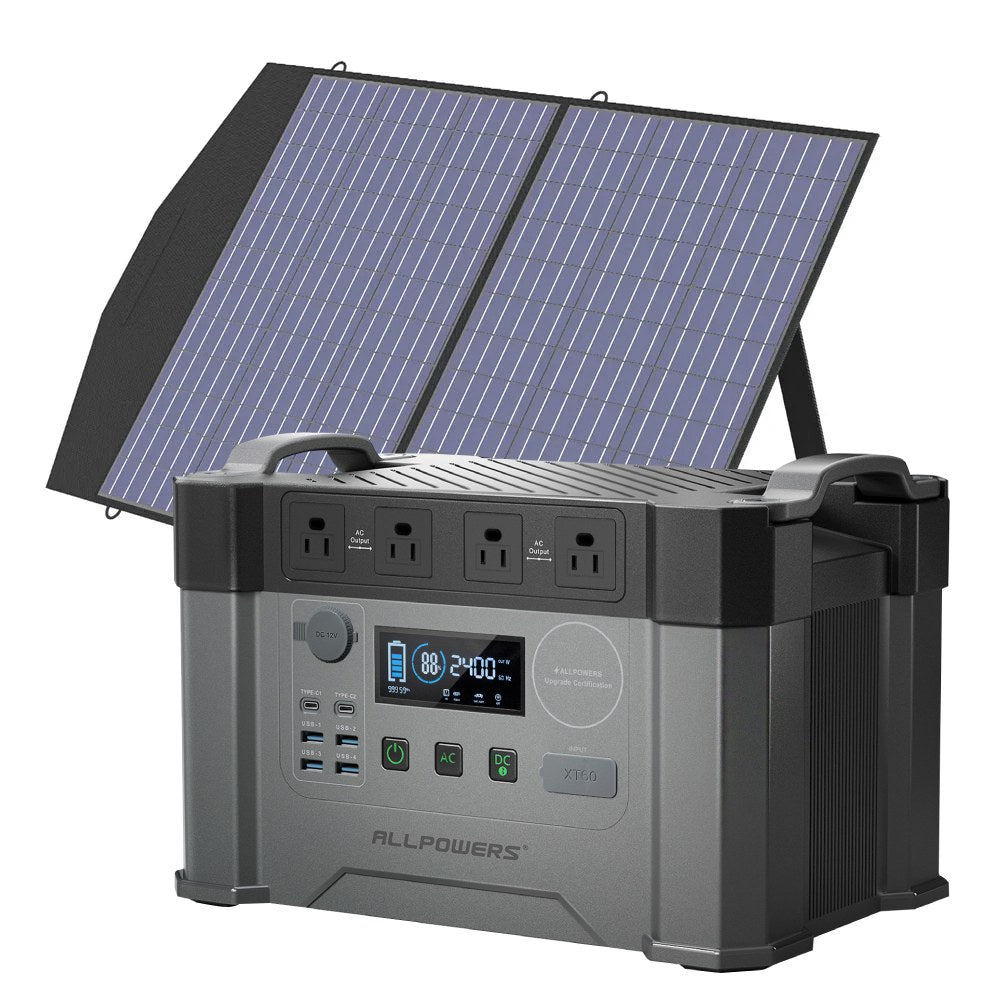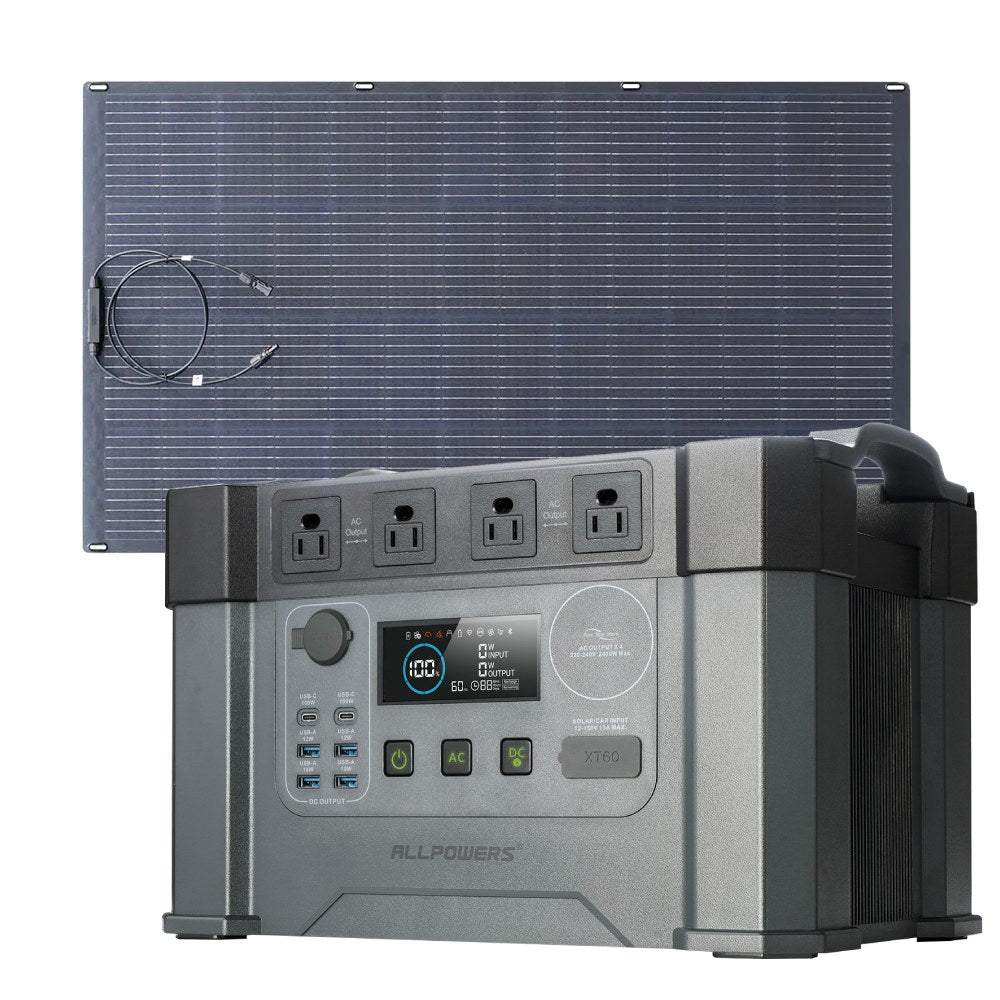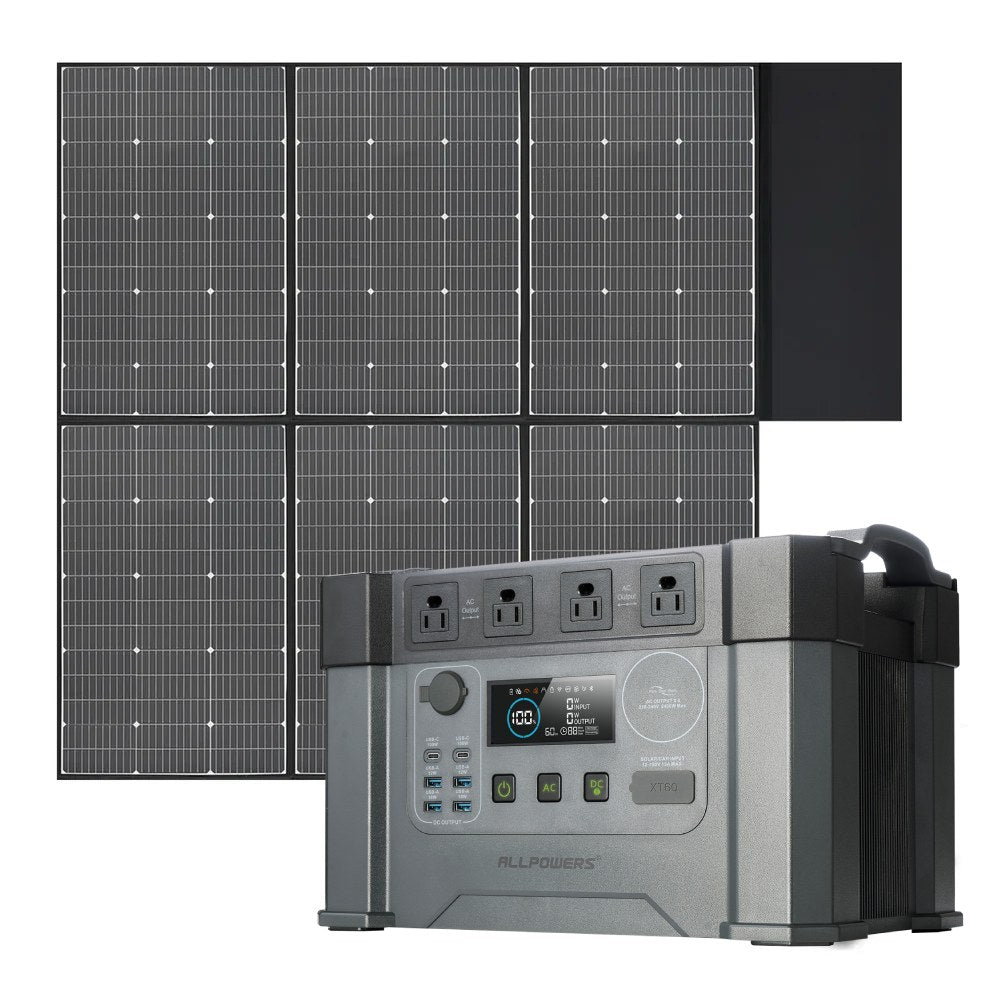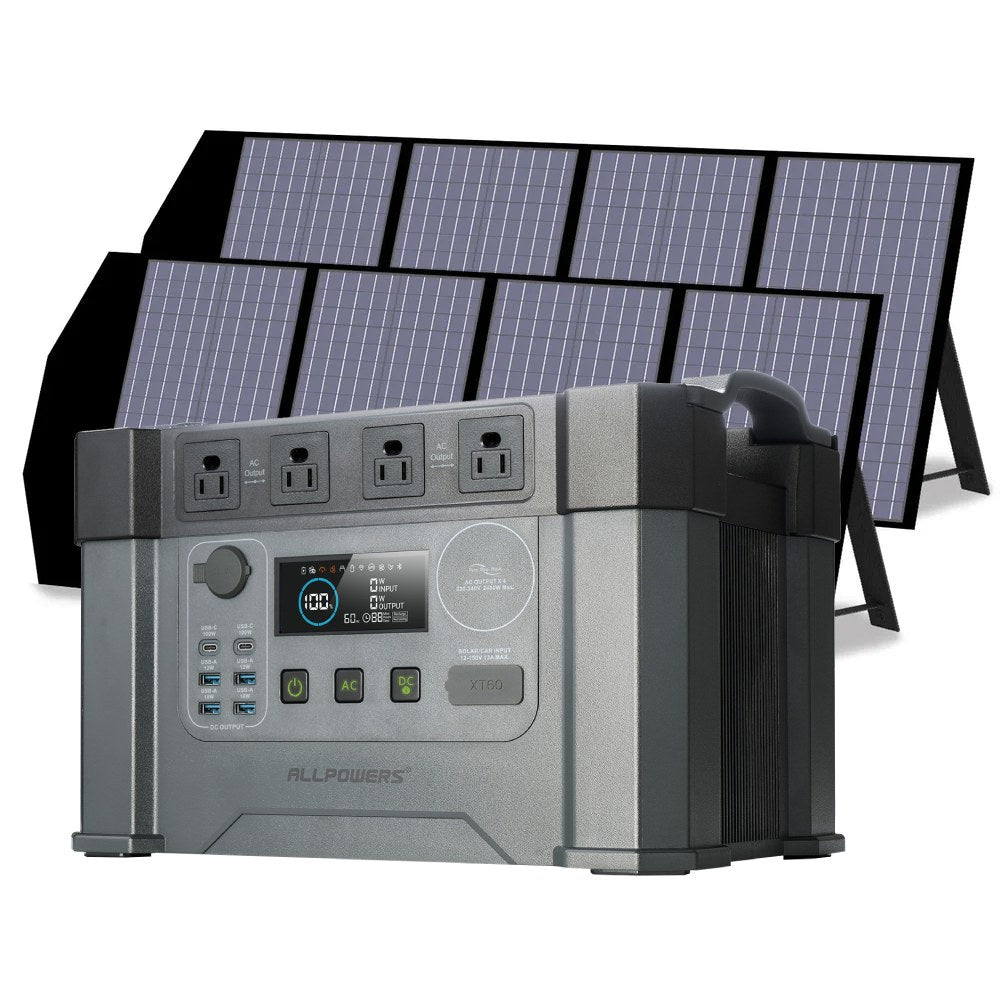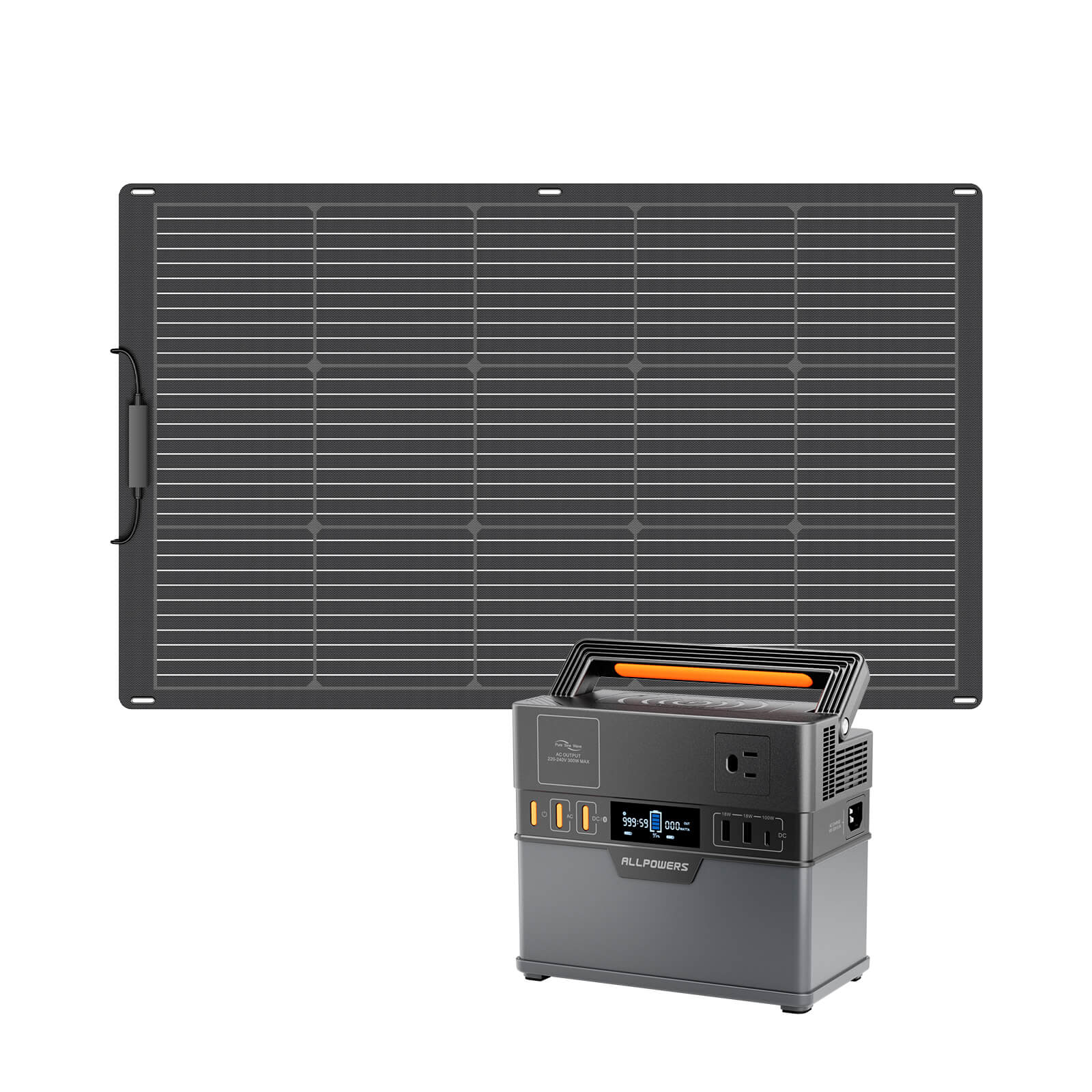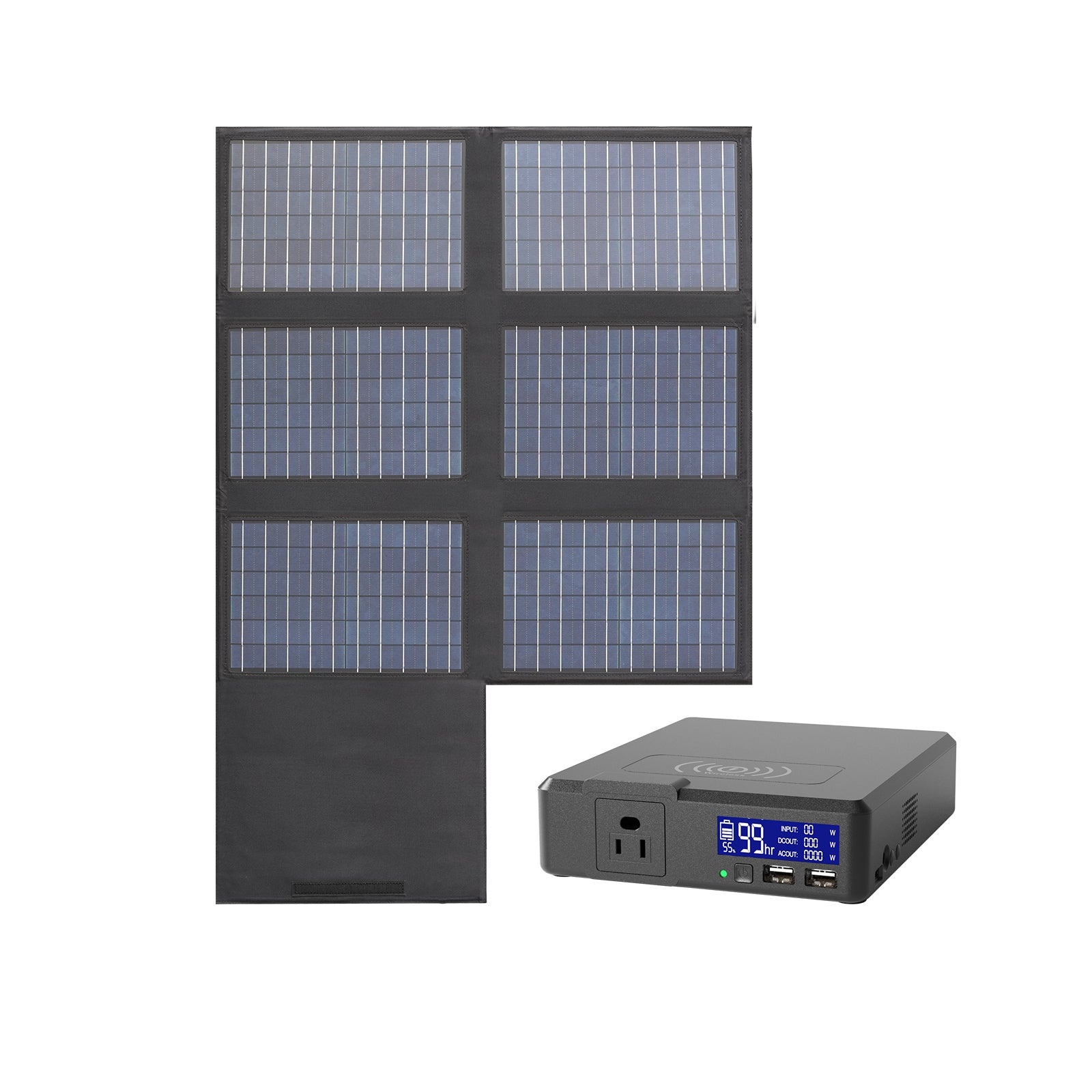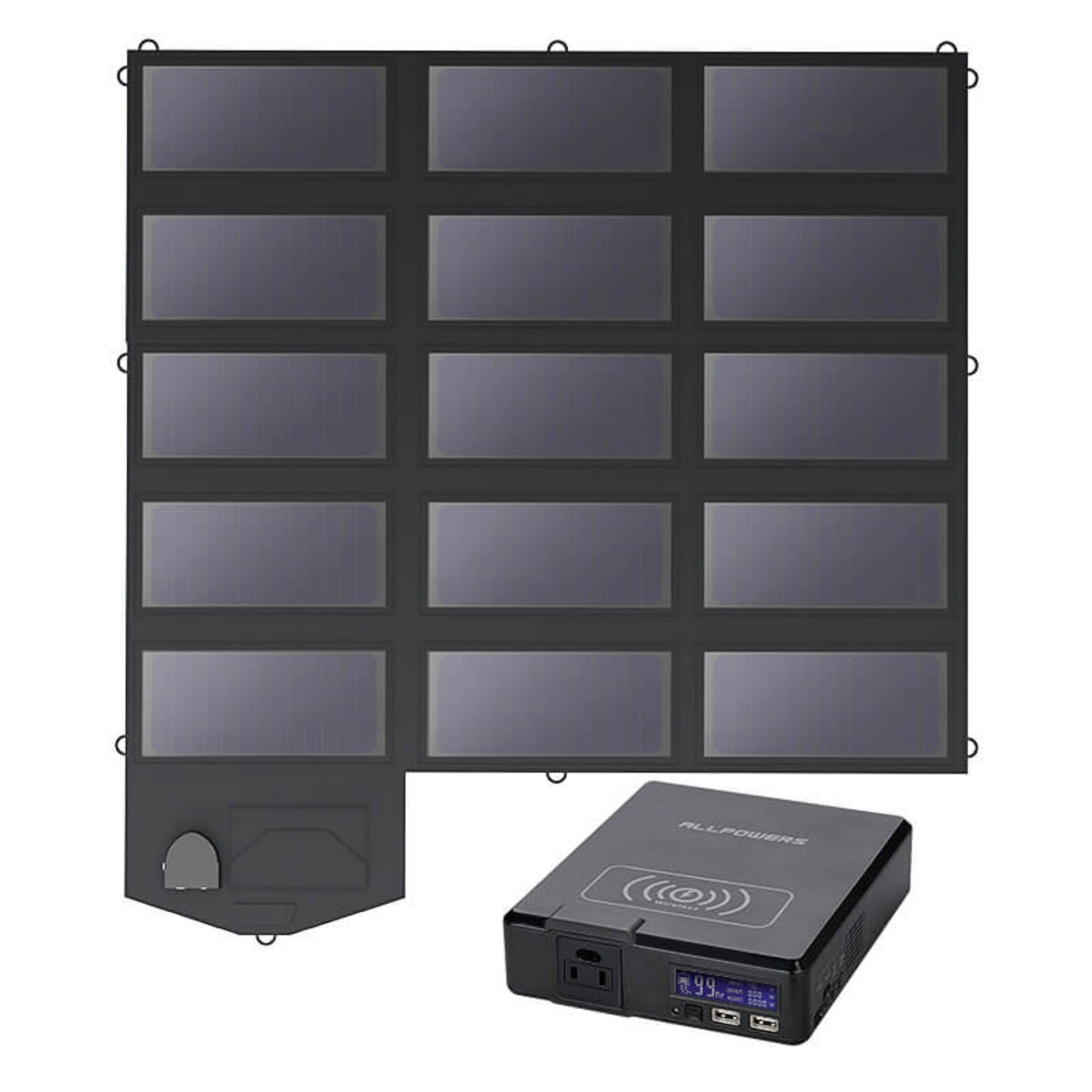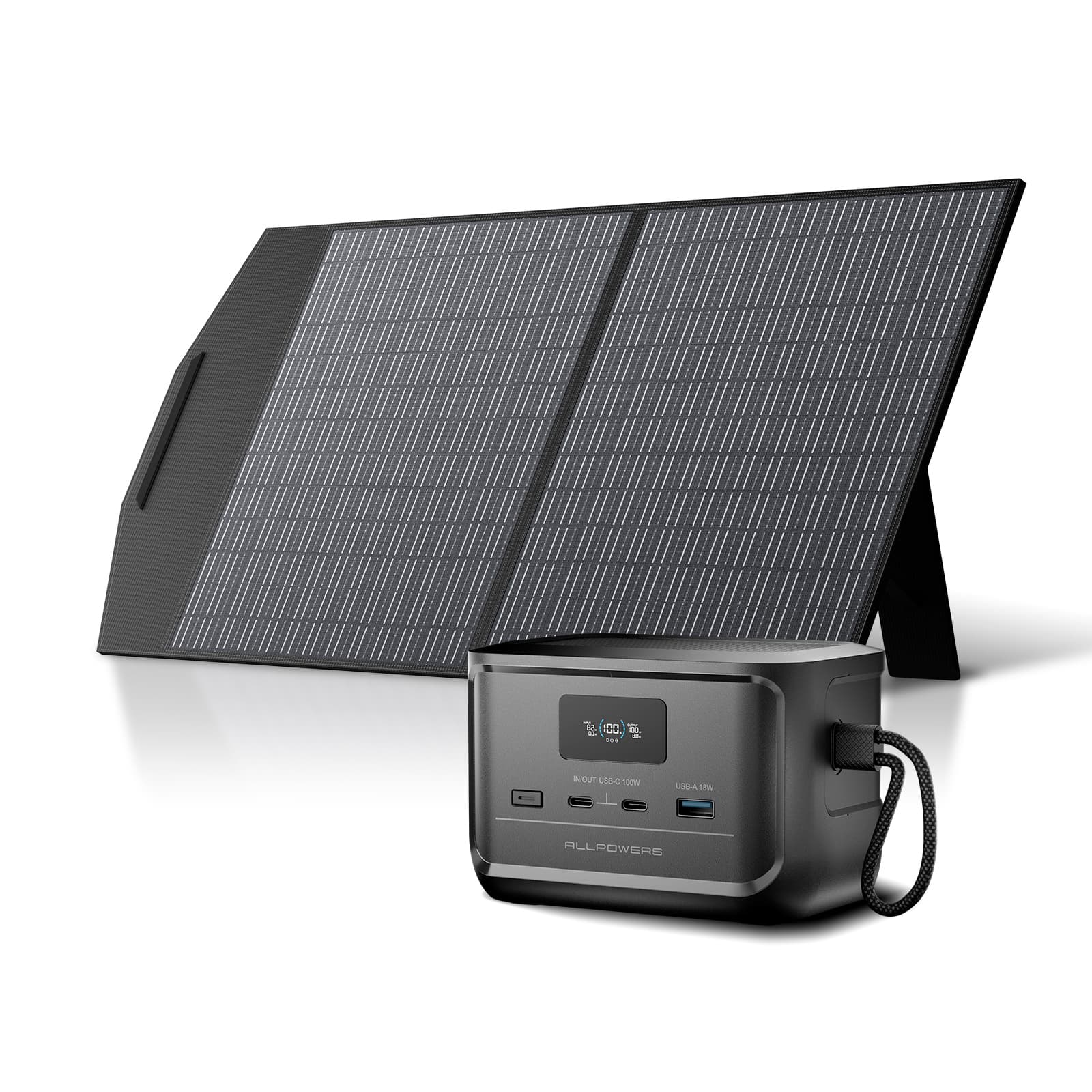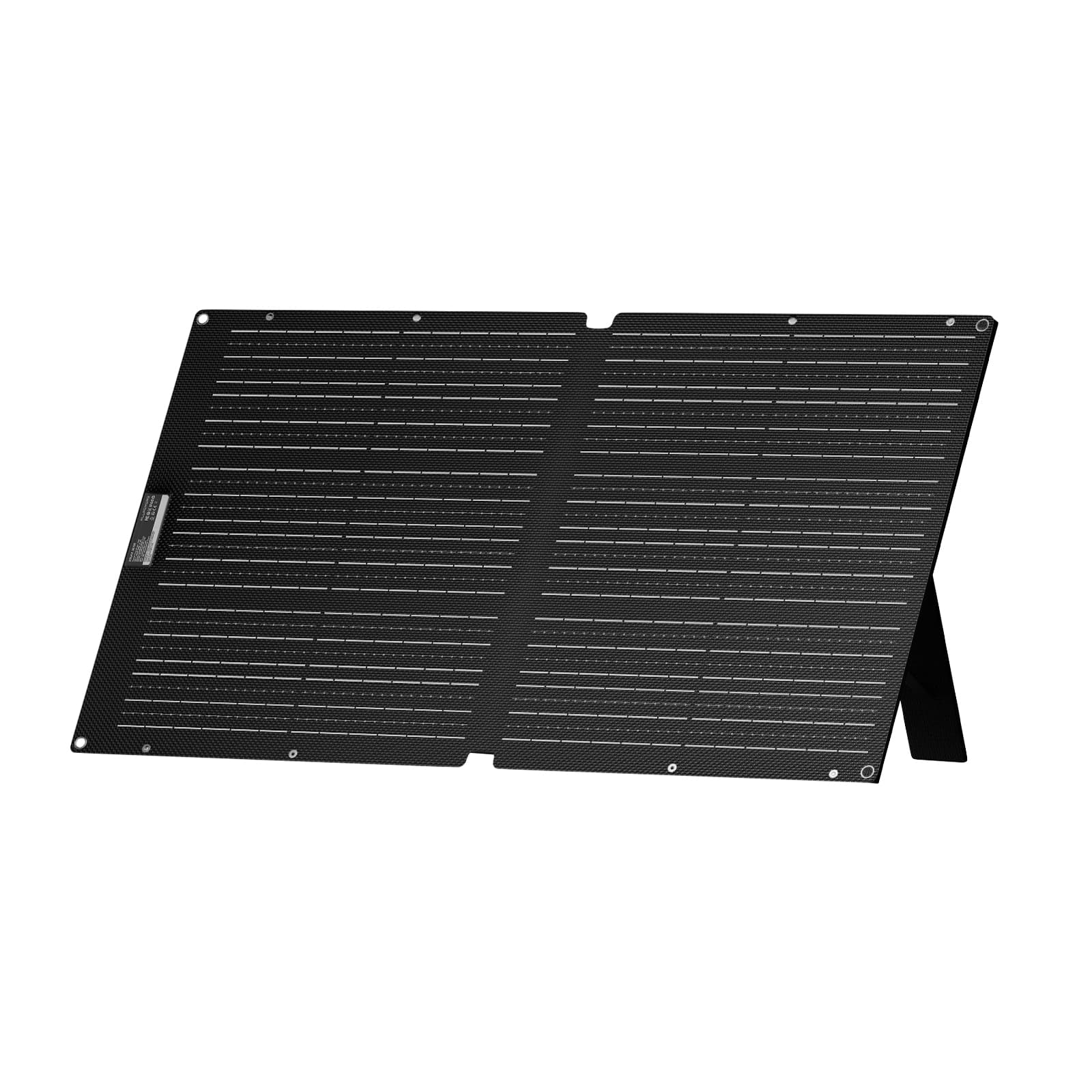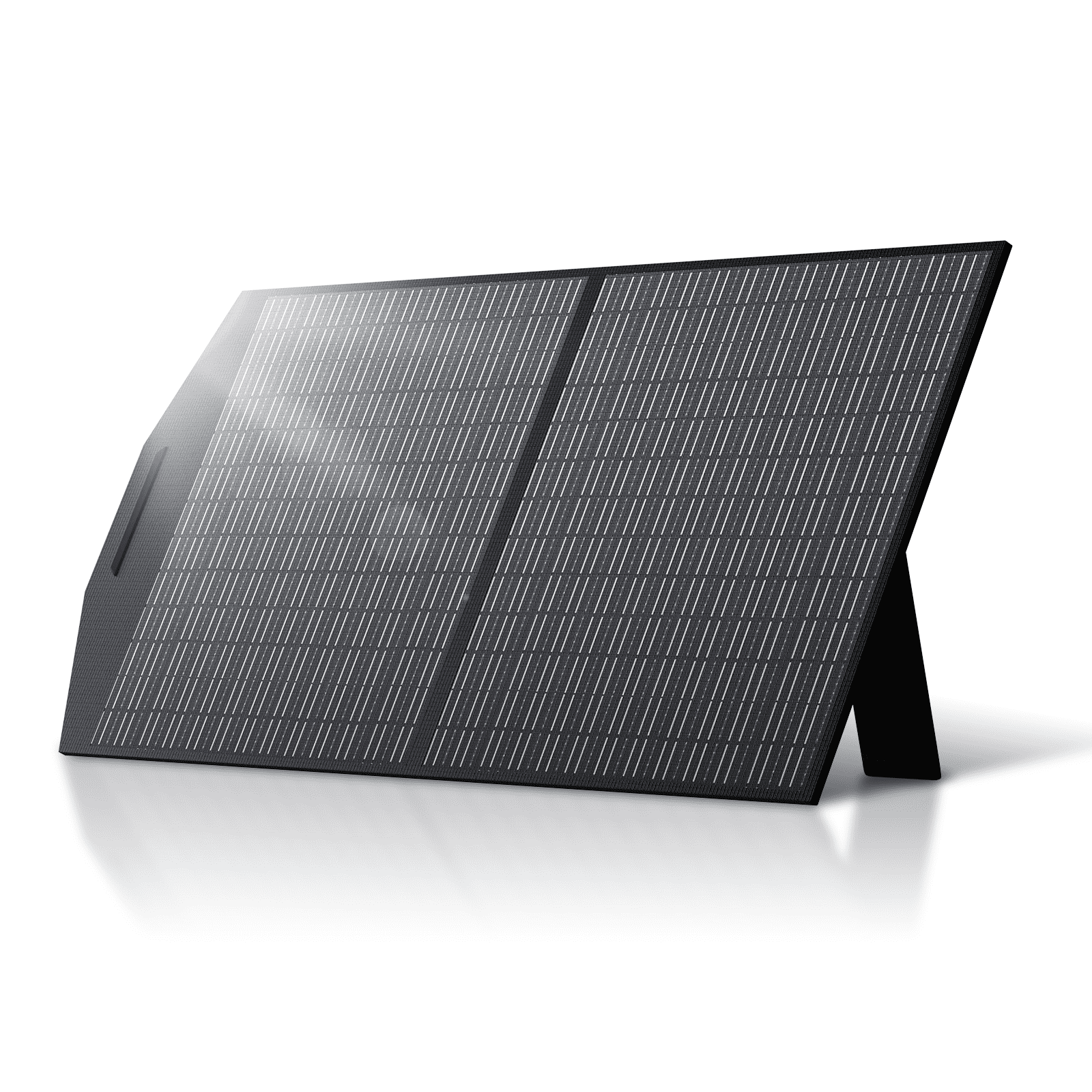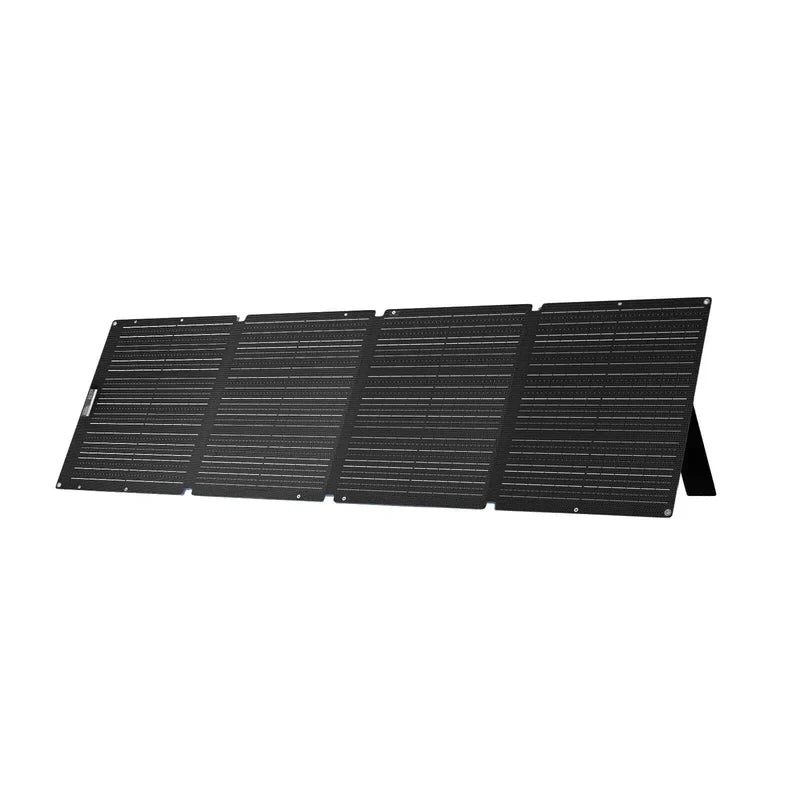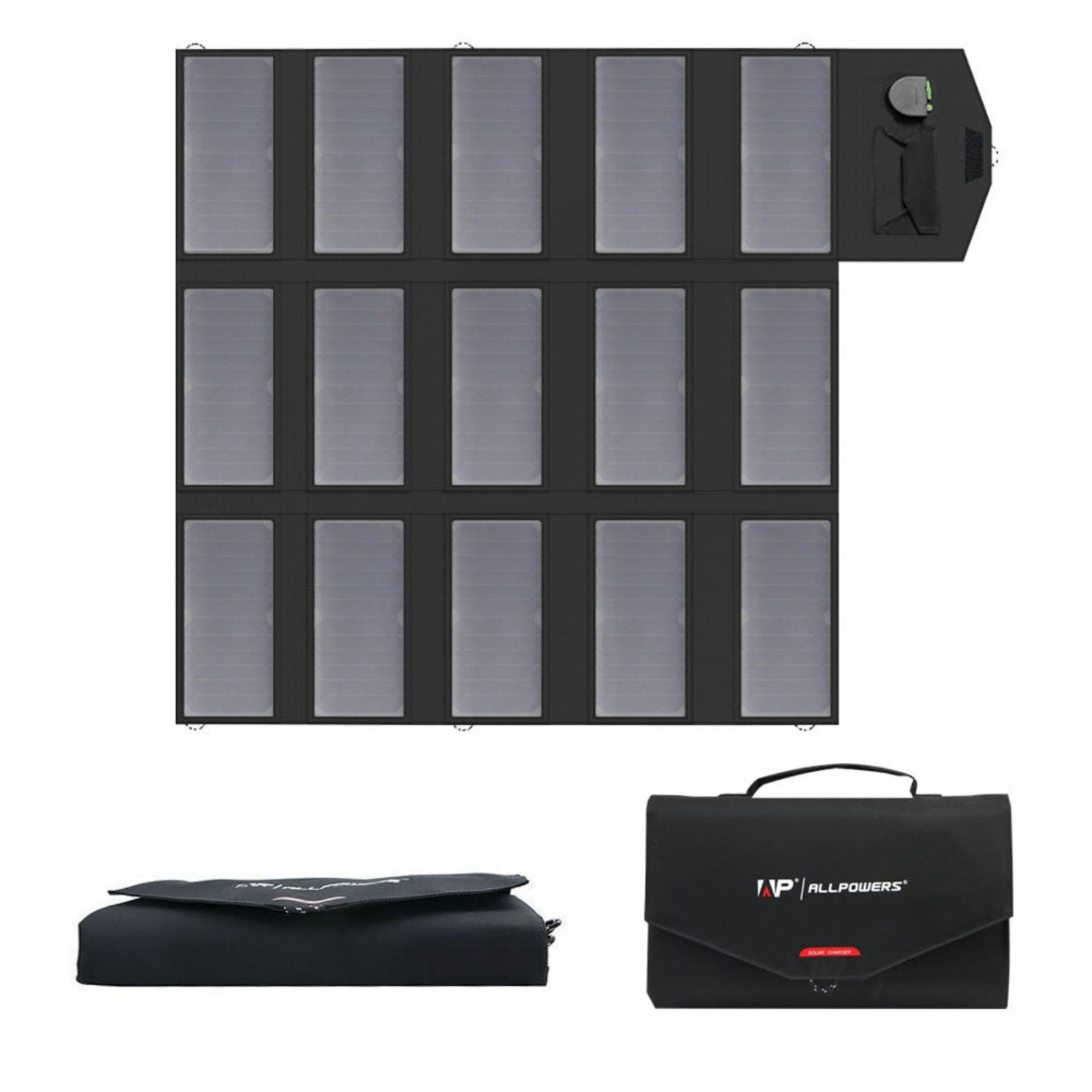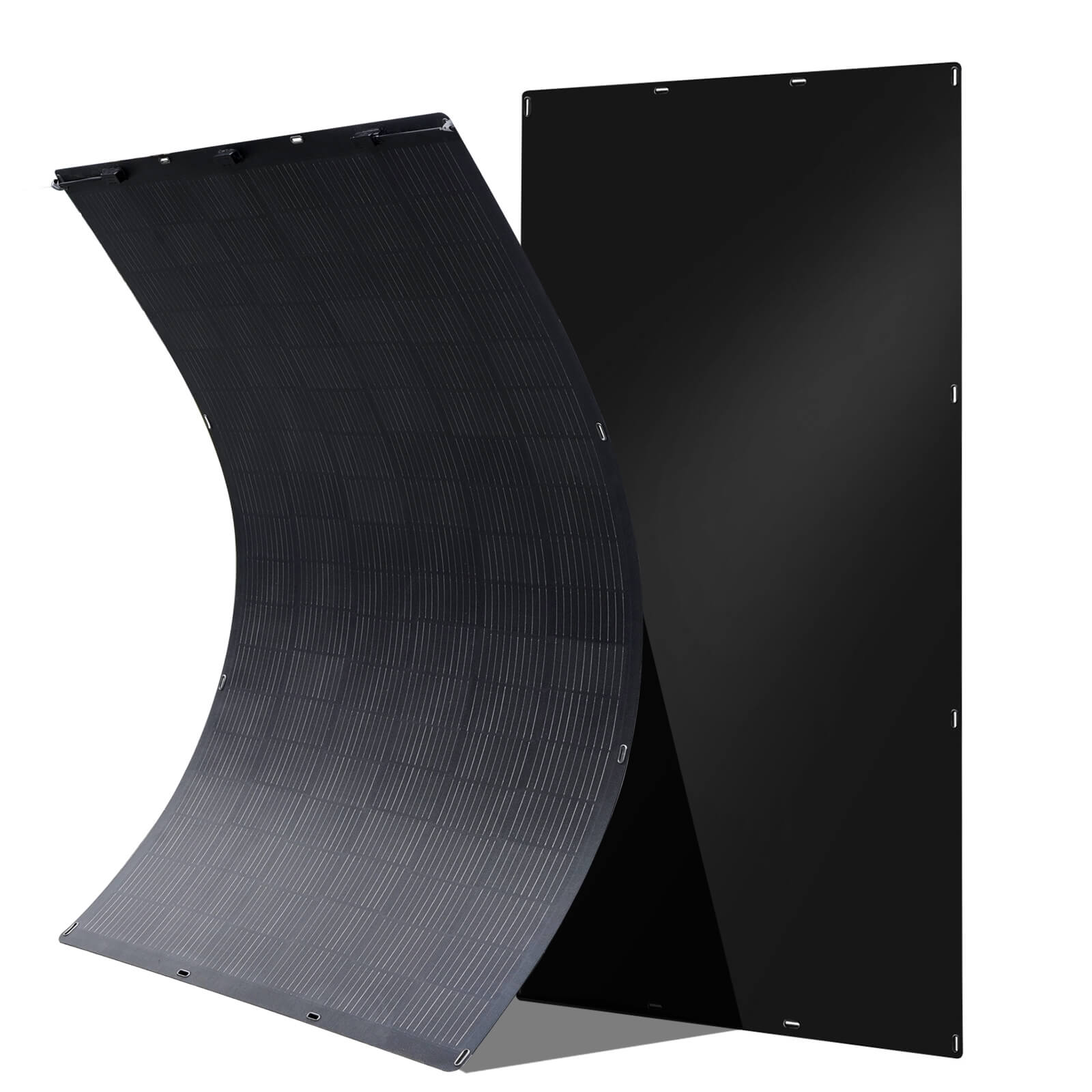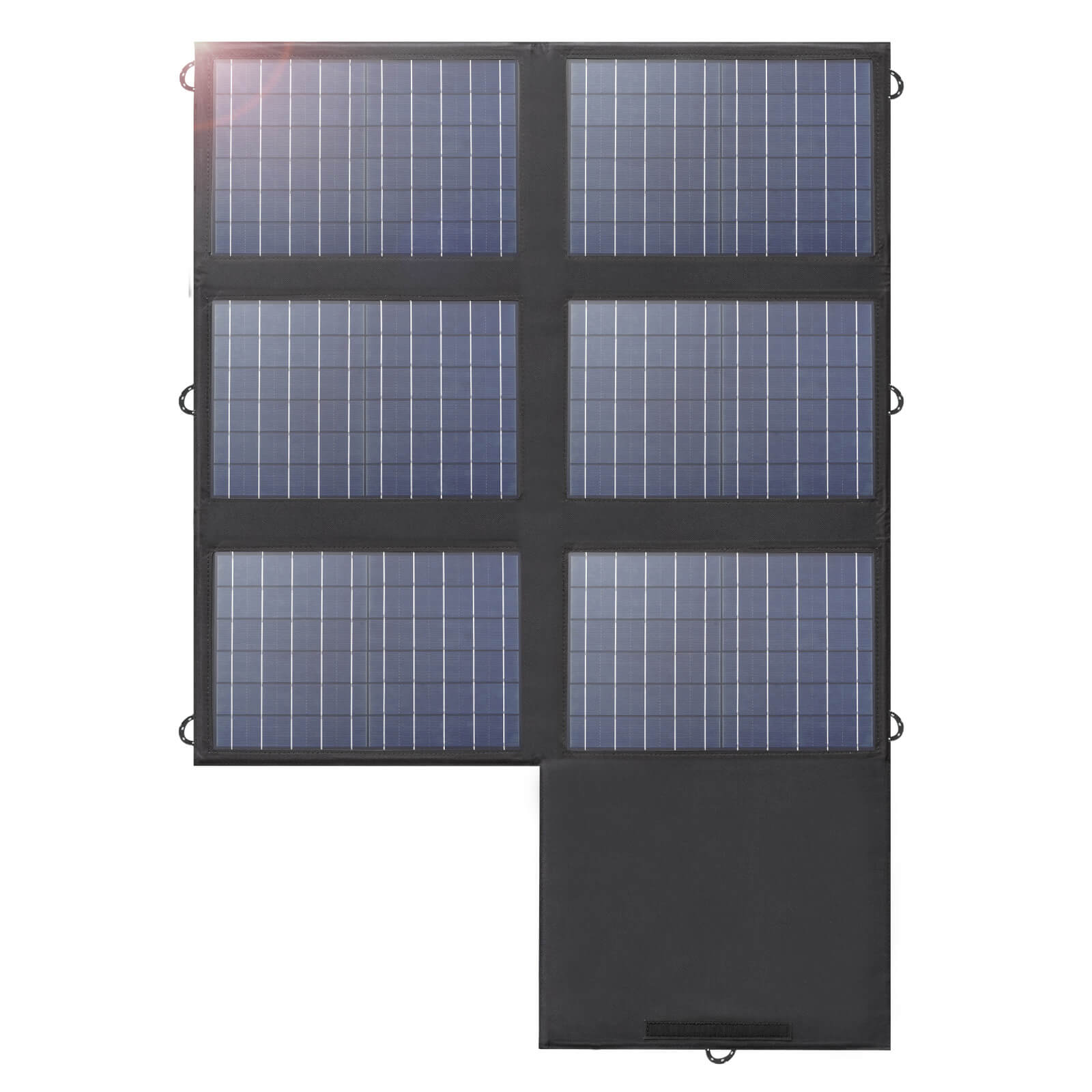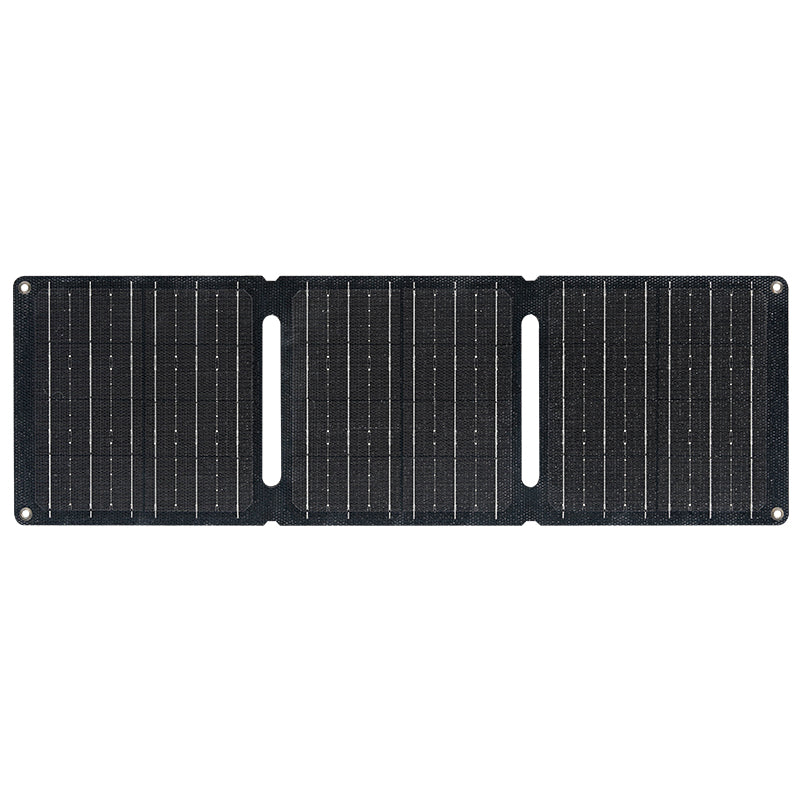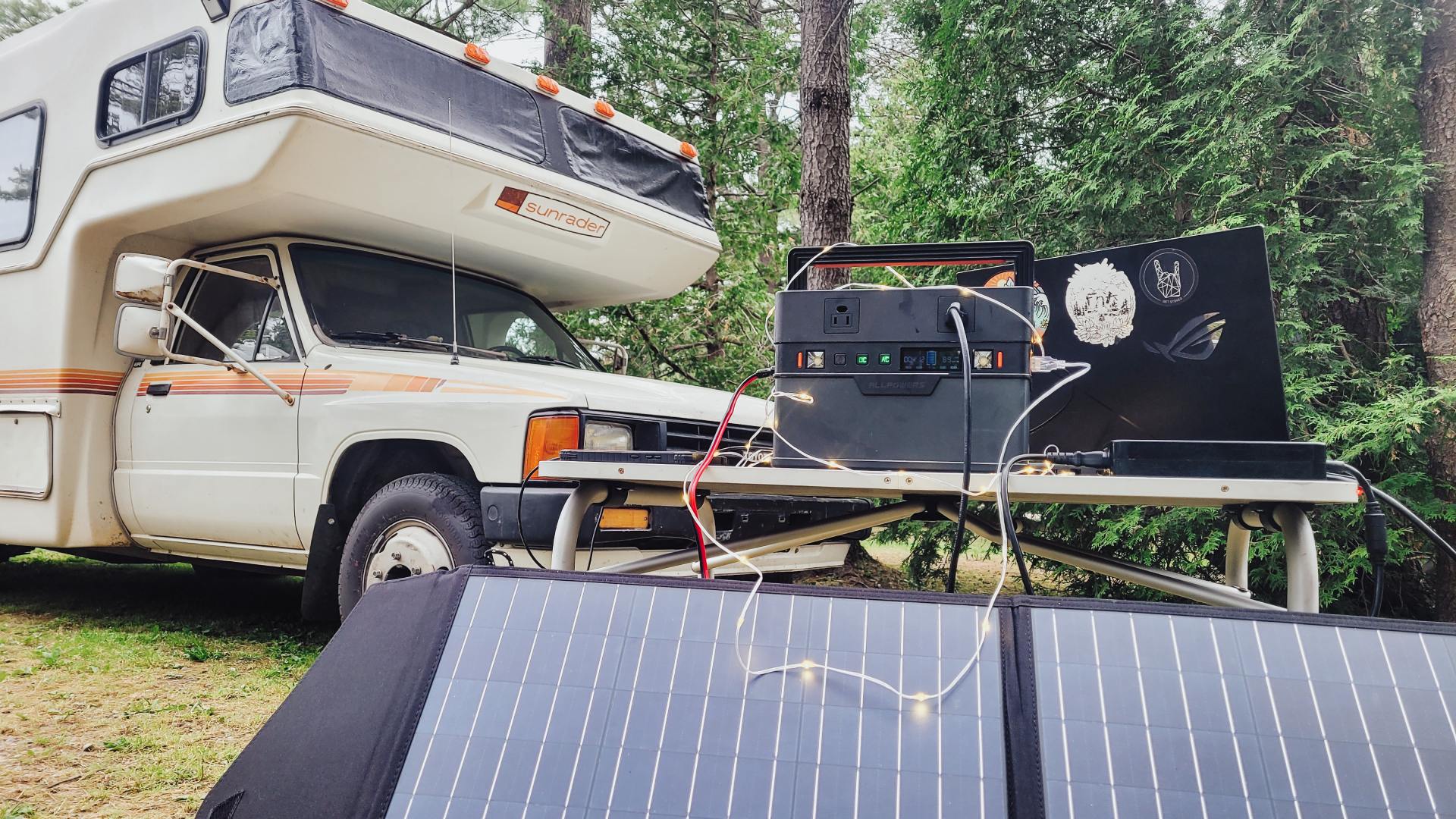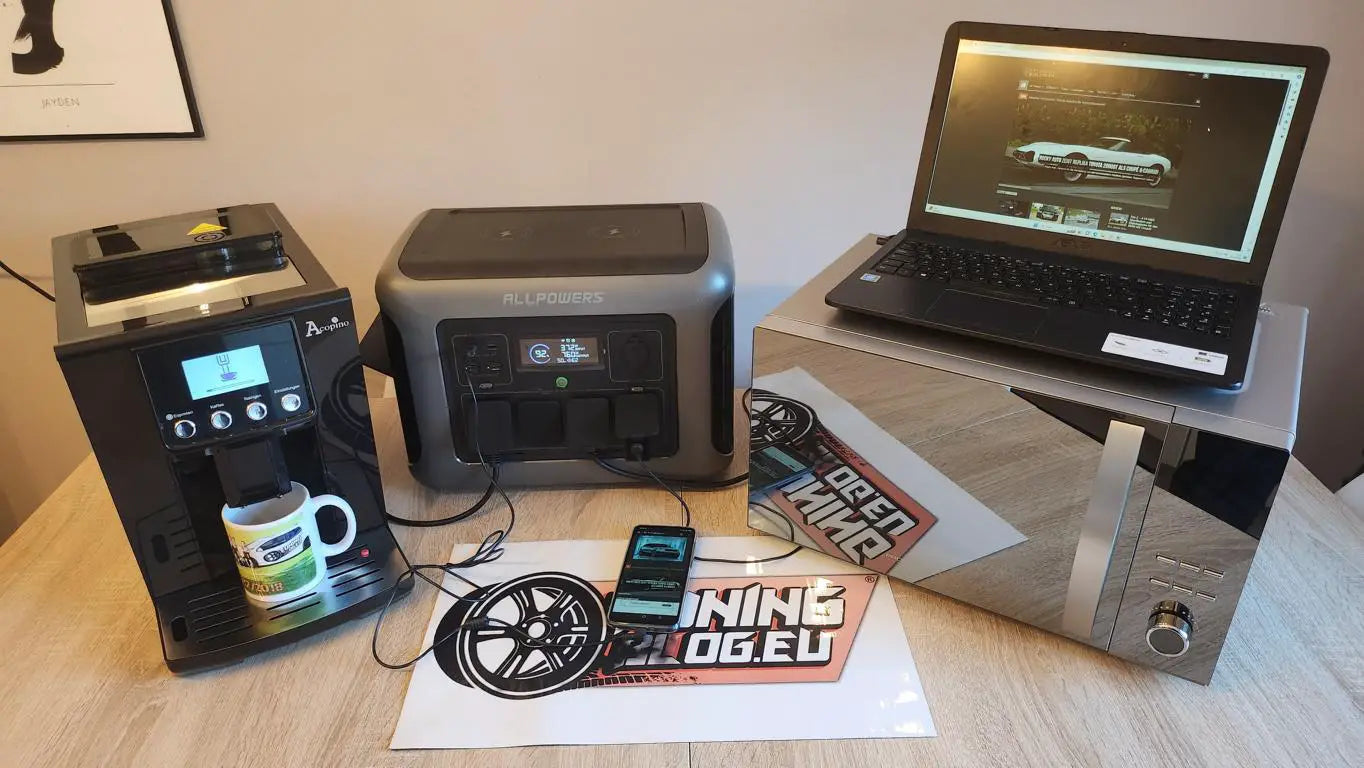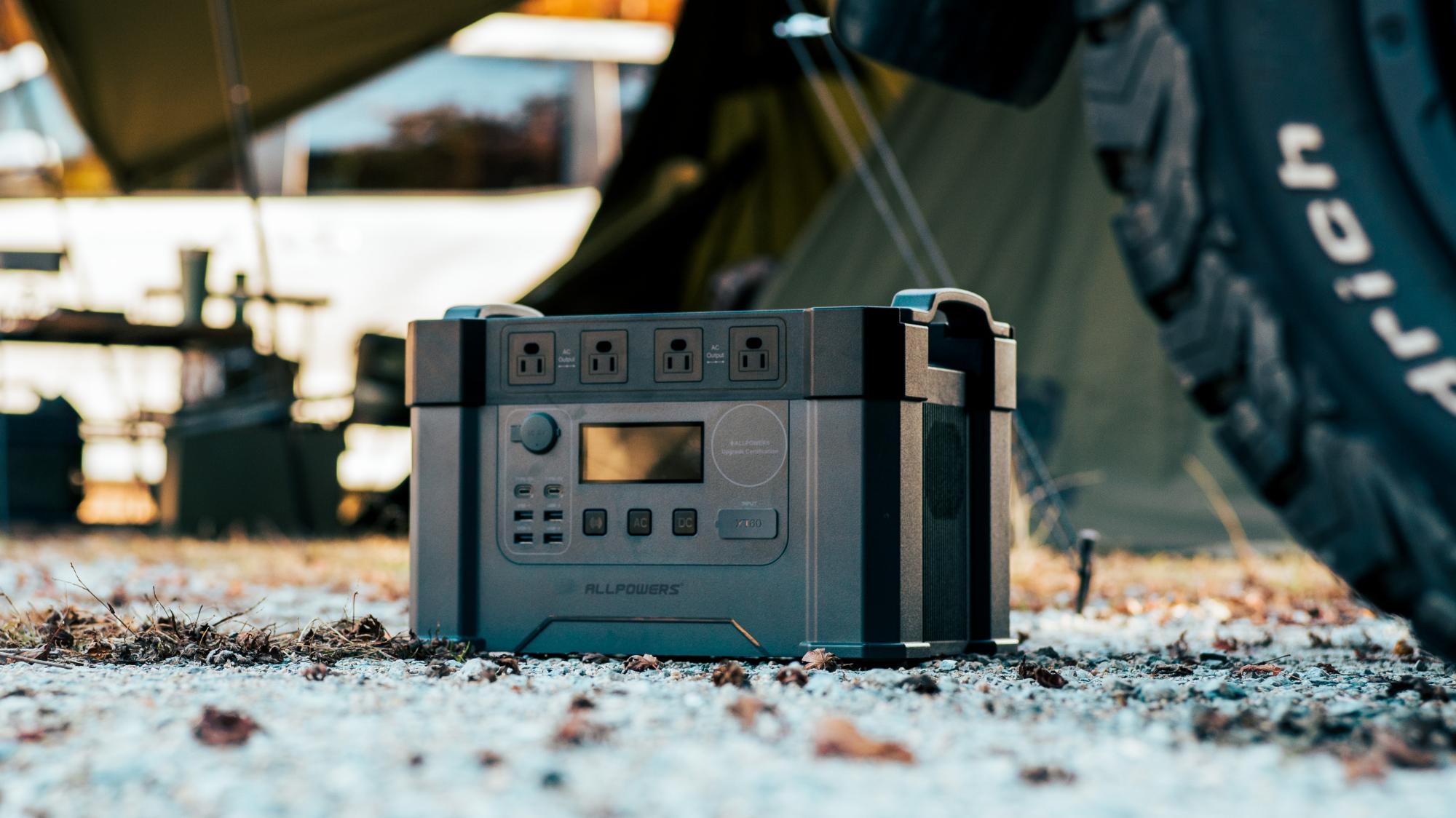In today's increasingly mobile world, reliable power on the go is more crucial than ever.
From camping trips and remote work to emergency preparedness, the need for independent energy solutions has surged.
Two popular contenders in this arena are portable power stations and solar generators.
While they share the common goal of delivering portable energy, they possess distinct characteristics.
So, what exactly sets a portable power station apart from a solar generator, and which one is the right fit for you?
What a Portable Power Station Actually Is
At its core, a portable power station is a large rechargeable battery—usually lithium-based—packaged neatly into a box you can take with you. Think of it as a supercharged power bank with outlets.
It’s built to handle everything from charging phones to running coffee makers, mini-fridges, CPAP machines, and even microwaves, depending on the model.
You don’t just plug these into the wall and walk away. You charge them—via AC, your car, or solar panels. And that’s where the line between devices starts to blur.
What Exactly Is a Solar Generator?
In reality, a solar generator is simply a portable power station bundled with a solar panel—or a few of them. The term “generator” is mostly marketing shorthand. Let’s face it: “solar power station combo kit” isn’t exactly catchy.
But unlike gas generators, there’s no engine, no fumes, and—thankfully—no noise. Just clean, renewable energy harvested from the sun and stored in a high-capacity battery.
So, in short: every solar generator is a portable power station, but not every portable power station is a solar generator.
Learn More: What Is a Solar Generator and How Does It Work?
The Main Differences That Matter
Charging Flexibility
Portable power stations offer superior versatility when it comes to recharging. You can plug them into a wall outlet, use a car’s 12V port while traveling, or connect them to solar panels. The biggest advantage? Speed and convenience with AC charging.
Solar generators, though usually also compatible with wall and car charging, are built with solar as the primary source in mind. This means freedom from external power—but also dependence on weather and daylight.
Portability & Size
Standalone portable power stations are generally more compact and lighter than a full solar generator kit. Without the added bulk of solar panels, they’re easier to carry and store—ideal for short trips or indoor emergencies.
A solar generator system, which includes the station and solar panels, is naturally bulkier. However, many panels are foldable or detachable, which makes them surprisingly travel-friendly despite the extra gear.
Cost
The upfront cost of a portable power station is usually lower, since you're only buying the battery. This makes them attractive for people on a budget or those who don’t immediately need solar charging.
A solar generator, while pricier due to the inclusion of panels, pays off over time—especially if you're looking to reduce electricity bills or want to be less dependent on the grid.


